|
California based Jeff Carney was playing in progressive rock bands in the 1980s when he met the late Doug ‘Dr Synth’ Walker (Alien Planetscapes) via the bootleg concert tape trading network. The two struck up a friendship, leading to regular communication. Doug’s knowledge of music was scholarly and his enthusiasm infectious. His influence was such that Jeff obtained an arsenal of keyboards and electronic gear, resulting in two cassette albums released on Carl Howard’s audiofile Tapes label.
The first, Imperfect Space Journeys, was released in 1988 (aT 64). In 2020, Lion Productions reissued the cassette as a 2-LP vinyl set and digital download, consisting of the original tape plus bonus material. It’s a fantastic set of space electronica, inspired by the early 1970s electronic pioneers. Taken as a whole, the album sounds like a cross between Klaus Schulze, Heldon, Ash Ra Tempel's more electronic early works, and even bits of Kraftwerk. I encourage readers to check out the Bandcamp link.
Later this year, Lion Productions will reissue the second Jeff Carney cassette album released on audiofile Tapes, which was Live Electronic Music from 1989 (aT 95). Jeff asked me to write the LP notes, which lead to discussion about the inclusion of an interview, which gave me the bright idea to do a full-blown interview for the Electronic Cottage web site. The interview reveals an interesting story from a talented electronic musician. It is exciting that Lion Productions is reissuing these gems that Electronic Cottage community member Carl Howard had the vision to release back in the day.
I conducted the following interview with Jeff Carney via email over several weeks…
Jerry Kranitz (JK): How/when did you first start playing music? What instrument(s)? Jeff Carney (JC): My mother started me on piano at a very young age. Probably about 7 years old. This may have been because of my absolute obsession with Dave Brubeck's Time Out album which my brother and I played again and again on a little turntable we shared at a very young age. We just could not get enough of that record. I recall quite vividly that when I began lessons, my teacher advised me that there was a scheduled recital in just three weeks. As it was my first lesson, it was explained that I could simply attend and enjoy it as there was no way to prepare a new student to perform on such short notice. But at the second lesson I guess I had made a fair amount of progress. She taught me MacLachlan's ‘Climbing’ and decided to assign this piece to me to perform in two weeks. I worked on the crossover technique which it required and had it down fairly well by the time of the performance. I suppose there were maybe 50 people there. All of her other students were more advanced. I was pretty damned nervous, but as I recall she had me perform first and it was explained that I was a new student with just two weeks to prepare the piece. I played it well enough, I guess. I remember that the audience were very receptive, but then I suspect if I had chopped it all up that they would have been nearly as polite. I played it well, however. I can remember a real sense of achievement. For some reason I lost interest in piano maybe six months later and stopped taking lessons. I played several sports and I suppose that sort of took over for a few years, but my interest in music never left. By the time I was about 12 I wanted to learn electric guitar. Perhaps somewhat ironically, given that this would have been about 1980, the players who inspired me were the guys who were by then the veterans. So it was Blackmore, Iommi, Schenker, Lifeson ... these types of players. For whatever reasons, the up and coming “shredsters” of the period didn't speak to me all that much. I think I was always drawn to discipline in music. I heard that more in the players from the ‘60s and ‘70s. Some of those guys were downright hypnotic and that reached into my soul and drew me in. My mother arranged guitar lessons with Danny Means, who was an absolutely brilliant guitarist in the East Bay and the resident guitar teacher at Orinda Music in Orinda, CA, where I later worked when I turned 16. My brother started at the same time. And though he was a year and a half younger, it soon became evident that guitar was going to be his instrument. He was simply unbelievable and is to this day. Anyway, I switched to bass guitar and that became my instrument. I later studied with Bill Tapia who was just a phenomenal jazz guitar player and teacher. My brother was learning guitar from him, but as was quite common in those days, many guitar teachers were also able to teach bass. I learned a lot from him and eventually how to understand harmony. I was a half decent reader for a while. I studied with Glenn Letsch (from Montrose and Gamma) for a time. And I played in the high school jazz band. But rock music and particularly heavy rock and progressive rock were always tugging at my soul. I loved jazz then and do to this day, but I knew I was not going to be a jazz musician. JK: By the summer of 1986 you said you had played in a couple of progressive rock bands, one of which was successful in your area. Tell me more about those bands. JC: By 1984 my brother and I were coming along a bit as musicians and had formed a power trio called Jupiter. That band played only one gig, but we attempted (I think attempted is the appropriate word) to play a 45-minute piece of music which we had rehearsed for weeks on end. It ran the gamut from ‘Tarkus’ inspired riffing to bossa nova to spacey jams and hard rock freakouts. It was an absolute mess. We performed this piece called ‘Velocity’ at the Rheem Theater as an opening act to a couple of other bands and I don't think many there knew what in the hell we were trying to do. But we got some really positive feedback from some who attended. By 1985 I was playing bass in Evolution. That band featured my brother Greg on guitar, David Morgan on keyboards, Kevin Christison on vocals and Guy Schultz on drums. We wrote our own music and ended up winning a spot on a talent show tour which featured musicians, artists, magicians and whatever else. The tour took us to probably 8-10 high schools and we performed in front of the entire grades 9-12 as part of the show. So audiences were usually 1500, maybe even 2000 in some cases. We played this song we wrote called ‘The Seventh Sun’ and it really went over very well. There was another musical act on the tour, but they were playing a U2 cover, so we were in our own territory. Both my brother Greg and Dave Morgan were simply incredible instrumentalists and could carry a show on their own, and we had both of them! So that was a lot of fun. We were playing heavy prog. I do have a recording of one of the performances. After the tour finished we were working on new music and rehearsing. Schultz was replaced by Shannon Taylor on drums and we soon played a gig at the Rheem Theater. This time we opened for the band Trak. Trak was a big deal as I think they had just won the MTV Basement Tapes show and their manager had somehow gotten in touch with us as they wanted a top local band to help sell tickets. I can't remember from where they originated. Anyway, the Rheem Theater is this beautiful old movie theater which also played home to concerts by everyone from the Grateful Dead and the early Rollie-era Journey in the 1970s to Dave Brubeck, The Drifters and Tower Of Power in the 1980s. It's in Moraga where I grew up, just outside Oakland. We played an opening slot and by then had a decent following in Moraga and some of the surrounding towns. By this point we had wisely edited ‘Velocity’ down to about 15 minutes and it was a far better, tighter piece of music as a result. We opened with a new song that I think Greg and Dave had written but I can't remember its name. Greg and Dave had solo spots that were absolutely astonishing and we closed with ‘The Seventh Sun’." Good times. Sadly, the recording of this concert came out as pure distortion. Something went wrong on the line into the board from our sound guy (Marcus Buick) and as far as I know it was just abandoned. JK: You said that meeting Doug Walker was a game changer for you in terms of your exposure to music. Being on opposite coasts, how did you come into contact with one another? JC: I guess it would have been late ‘85 or early ‘86 when I placed a classified ad in Keyboard Magazine looking to trade live, unreleased tapes of prog bands like Yes, Genesis, ELP and King Crimson. Evolution had kind of folded and soon people were planning to go off to college, start careers or whatever else. Out of the many responses, the most thoughtful and interesting was from Doug Walker. I think I still have that letter around somewhere. He was interested in trading tapes but was more so wondering about tapes from all of these bands and artists of which I had little to no knowledge. He was talking about Hawkwind, Van der Graaf Generator, Gong, Soft Machine, Henry Cow and on and on. We began trading letters and then started communicating by telephone. Eventually we would talk probably at least once a week. Amidst the trading he would also send me stuff by Alien Planetscapes and other independent artists like Barney Jones (ex-Mars Everywhere), probably David Prescott… just all kinds of people. But at some point I quickly became interested in electronic music. I loved what Doug was doing and of course I also had my own ideas starting to brew. Soon I heard all the usual stuff like Tangerine Dream, Heldon, Klaus Schulze, Ashra, etc. And this also tied back in some ways to my cousin Terry's music (Terry Riley). So I was pulling out records of his like Shri Camel and Rainbow In Curved Air and so on. I was just absorbing all of this electronic music and also building up a little bit of a keyboard arsenal myself. It had been a long time since I had played piano, but I retained some level of skill and decided I would see what I could find in terms of vintage electronics. I had zero interest in the digital technology of the time as the sound I was hearing in my head was unrelated. I think the first thing I bought was a Polymoog. I bought it at Leo's Music in Oakland. It might have been $250? You could find ‘70s keyboards for such great prices then. It had a stamp on the back that said, “Property Of The Greg Kihn Band.” It came with a road case but no manual that I recall. I set it up in my parent's garage and messed around with it for hours on end. JK: The Imperfect Space Journeys (ISJ) notes say you were becoming interested in more experimental forms of music, but always as a bassist. Talk about your transition from bass to keyboards/synths. JC: After Evolution's gig at the Rheem Theater, it was felt to be a sort of “triumph”, but subsequently the band members began to pursue different musical directions. Shannon and myself were practicing as a bass/drums duo and really developing a sense of playing together that was a bit outside of “progressive rock”. Dave Morgan was a sensational songwriter as well as a keyboard player and he was moving in a direction that was probably a bit easier on the ears. My brother Greg was somewhere in between and Kevin perhaps leaning a bit more in the direction of the material Dave was bringing to the table. At some point our rehearsals became less productive. There was also a desire by Shannon and myself to develop a very uncommercial sound. In retrospect, we were probably uncompromising but also had a somewhat egotistical notion that we best understood where the band should be headed. In addition, the other band members were a grade lower than myself and would soon have considerations insofar as college, career pursuits and so forth. Shannon was from Ypsilanti, Michigan and it turned out that he had to move back. My brother worked with me on electronic and experimental music as time permitted over the next year or two, but eventually ended up pursuing jazz. He was the guitarist in the Hayward State Jazz Band which was an absolutely incredible band directed by Dave Eshelman. Heavy hitters like Joe Henderson were sitting in with them. Then he taught at USC and eventually went to teach at Leeds in England. Upon his return he was in Chemystry Set, which is a fantastic Bay Area rock band. He's usually kept busy with music in some capacity but did not end up pursuing it professionally. Dave also pursued jazz. He ended up in New Orleans playing with Wynton Marsalis and eventually had his own jazz trio. He is still very active and writes music for television, amongst other pursuits. A simply incredible pianist and musician. Kevin moved to Thailand and became a renowned artist specializing in sculpture, I believe. So as all of these things were transpiring, I was becoming a solo artist specializing in analog electronic music. JK: Was this before or after your interactions with Doug? That is, were those experimental influences the bands Doug introduced you to? JC: This was all around the same period. Doug turned me on to so many artists which were previously unknown to me. I was getting a box of tapes every week or two from him and also making other contacts and exploring lots of music on my own. I was heavily into trading bootleg cassettes. I probably heard early '70s live PFM shows from Italy before I ever heard one of their actual albums. I eventually bought all of their records, but the tape trading networks in those days were just something else. And in some ways it might have been easier to hear a live Battiato bootleg tape from say ... 1973, than to find one of his early records. I originally saw electronic music as experimental but very melodic at its core. At least that is how I wanted mine to sound. And that influence was not just from electronic music but all the music I appreciated. If you take a band like Yes, who I absolutely loved, and while it could be argued that their approach is somewhat diatonic or “upbeat”, if you will, there are darker sections juxtaposed with that which make it so compelling. I'm talking about their ‘70s stuff. I have no idea what they are doing now, but think of a track like ‘Ritual’. It has so many moods. From the brightest lights to the darkest of darks. I wanted my music to be able to develop in that manner. Not necessarily within the same piece of music, but over the course of an album I saw no reason why one track couldn't be inspired by the likes of King Crimson even if the previous track had more in common with Ashra. JK: The notes say Terry Riley is your cousin. Were you in contact with him? Had he heard your music? JC: Oh sure. Gosh, I remember seeing Terry's 50th Birthday concert at the Great American Music Hall in San Francisco when I was 17. That must have been 1985 and I had been listening to his music for some time before that. Terry has always been a workaholic and on the road a lot, but you would see him at family gatherings and such. I think I must have been maybe 15 or 16 when his mom gave me a few of his records due to my interest. My family would visit her in Colfax and I remember she gave me Shri Camel, In C, probably Rainbow In Curved Air as well. So I was listening to his music even before I started working in electronic music, which wasn't until I was 18. I sent Terry a few tapes and he was always encouraging about whatever I did. Terry is just a lovely man. One of the world's great musical treasures in my book. JK: Describe the synths you had at the time and talk about the trial-and-error process of figuring how to master them in the absence of helpful user manuals. JC: I had quite a number of keyboards at various points. My basic arsenal for the first two albums on audiofile Tapes was a Polymoog, Crumar Orchestrator, Farfisa “Fast 3” Organ, two Micromoogs, ARP 2600 and a Korg SQ10 Sequencer, plus various little effects and tricks which I might not reveal even if I could remember them, but that was the foundation. The SQ10 was the hardest to figure out. I had this fake Gibson guitar I traded to Spitzer Music in Concord for it. I remember that we used to usually go to the one in Oakland as there was a Guitar Center right across the street as well. But one time I was out at their location in Concord and on the very top shelf of a room with mostly guitars, basses and amps was this Korg SQ10. I made the trade of my old guitar for it. Straight trade. I don't think anybody working that day really knew what the hell it was or why I wanted it. All I knew was that with the music I wanted to do, I needed a sequencer. And it was a sequencer. I got the thing home and it had no handbook. No clue how to use it whatsoever. That was almost always the way it was in those days for me. I'd buy used keyboards because I was only interested in what was already “vintage” stuff by then. A lot of cables, experiments and patience helped me learn how to incorporate them into my sound. Looking back on it, I am not even sure how I figured out some of those majestic machines because nobody I knew was even using them in my local area. Keyboardists were using digital by then. This was the mid-‘80s and everybody wanted to be “modern”, including some of my heroes. I just went in the opposite direction. I do remember with the SQ10 that I was at first only able to trigger the filter component and it had been driving me batty. I could do some neat little things with it, but I needed to trigger its ability to read oscillators. It really came down to looking at everything involved. I was running a Micromoog with it and one day it just hit me that this S-Trig output on the Micromoog needed to be explored. I went and bought a couple of S-Trig to 1/4” cables, came back and hooked one up and suddenly I was there. I would soon run two Micromoogs into the SQ10, which gave me two 12-step capabilities for oscillators and a third 12-step filter capability. It was off to the races after that. The biggest problem with the SQ10 I had was that the oscillator steps would slip out of tune unless you had them dialed in just flat-out perfectly. And even then I would often have to adjust them on the fly during performance. I think these little “problems” can help define who you are as a musician. I decided that to strive for perfection was important to me within the live performance context. I was of course aware that such would be impossible to achieve, but I felt that would be the goal. That's why if you listen to my work, you will hear me make adjustments almost immediately. If something comes in a little “off” I would always try to correct it within seconds. JK: What led to your first album, the A Trip Through The Universe tape, being released on Doug Walker’s Galactus label? JC: What led to it was simply that I sent Doug what I believed would have been my very first electronic recordings and he made an executive decision that he was releasing that tape on Galactus. No consultation that I recall. I think I got a Galactus catalog from him a short time later and he had it available. I was one part flattered and one part a little pissed off. No, it was great. It was just a wonderful gesture. In fact, it gave me confidence that someone of Doug's considerable talent thought enough of it to release it on his label. I really went to work after that and in some ways it was because I felt I had so much better in me. JK: You met Doug Walker in December 1986. Tell me about traveling from the West to East Coast to meet him and about your visit. JC: Doug and I had been trading tapes and talking regularly since maybe about the summer of 1986. I went to Brooklyn and stayed at Space Station Studio in December for about a week. We did play and I have a tape of it. I had brought a Micromoog and a wah pedal in a suitcase. I suspect that was all that was within reason to bring. I met all sorts of folks and have fond memories of that time. Hard to remember everybody I met but Doug's late wife Fran was such a gem. Doug and I were staying up all hours, talking music, listening to music… I seem to remember that one night he had a little performance planned but he didn't end up performing. It ran late or something. But there was poetry, maybe a dancer, somebody might have played some music. It was just a very artist-friendly environment and creativity was enthusiastically embraced. JK: Did you network with other homemade musicians other than Doug? Communicate, trade tapes of your original work? (as opposed to the bootleg live show network). JC: Yeah, but not with that many folks. Limited hours in the day, waiting on tables for a living by then and working on my own music. I don't think I ever found the time to network like Doug did. He was good at that and could somehow find enough hours in the day to do everything. I did regularly exchange tapes with Barney Jones. He would send me these amazing cassettes that reminded me of Anthony Braxton, only it was for electronic compositions instead of jazz music. The titles read like geometry equations and the music was very innovative and uncompromising. He was a master of “drone” music in my view. ‘Questions (Unanswered)’, from Live Electronic Music (LEM) has a foundation which was influenced by some of the work I was hearing from Barney. JK: You said that ISJ was released on audiofile Tapes ‘via Doug’s Galactus Tapes’. What does that mean? JC: So when I sent ISJ to Doug, he sent it to Carl to be released on audiofile Tapes. I think Carl had aT up and running pretty well by then and Doug must have decided it would get better distribution that way. I assume he had Carl add the “Galactus Project” credit to tie it back to my music being his discovery. Or maybe by then he had decided to use Galactus strictly for releasing AP stuff? I really don't remember even discussing stuff like this. Doug and Carl were just kind of handling this end of things. Carl would have a cover designed for my stuff and start getting it out there. Or certainly with ISJ that it is how it happened. With LEM I may have had the cover layout thought out and he tightened it up a bit. JK: You described ISJ as your first ‘official’ release? Why is that? How did it differ from A Trip Through The Universe? JC: Well, ISJ was the first album where I sent it to Doug with the intention of it being releasable work. I guess that's why I described it that way. JK: Between ISJ and LEM there was another tape released on audiofile Tapes: Code Zero – Process Of Improvisation in 1989 (aT 86). The credits list the duo of you and Greg Carney. JC: Code Zero was a project with my brother Greg and it was absolutely wild. We were approaching both electronic music and acoustic music. And both with humor. aT released it. I stole the cover drawing from a Spanish book I had leftover from high school. Carl loved it and thought it fit the concept and music perfectly. I could see reissuing it one day, but it has more in common with some of Henry Cow's improvisations, Art Ensemble or Music Improvisation Company than anything Berlin-school. It was a total departure. Just a period where I was wanting to explore different avenues.
JK: Tell me about the Eepie Allum Schlugdha tape, which was released in 1990.
JC: Eepie was originally a guitar/bass/drums trio with my brother on guitar and Shannon Taylor on drums. Shannon, who is the most remarkable drummer with whom I have ever worked had moved back to the Bay Area in late '89. I have some recordings from this trio that are white hot but haven't gone through them extensively yet. Anyway, Greg became too busy with his work at school and playing in the Hayward State Jazz Band to be active at the time, so Shannon and I switched things up and started improvising with myself on keyboards. We developed a pretty darned unique sound and then decided to bring in Bill Dean on bass. What was weird is that I had been doing a lot of left-hand bass work when Shannon and I played as a duo. But I remember the first time Bill played with us it became apparent that he could fit in without me having to completely abandon that aspect of our sound. So if you listen to a track like ‘2000 FM’, that was actually recorded the very first time Bill played with us, and Shannon and I kind of just take off and start doing our thing. Bill gets kind of drowned out by the left-hand bass work I was doing on the Crumar. But I guess Shannon and I sort of decided to “blast off” and see if Bill thought it was even possible to find room in this wall of sound. Over time, we really developed together. I became more comfortable in having him and Shannon hold down the rhythmic foundation of our improvisations and it opened up some more possibilities. Bill was a superb bassist and played very different to me. He followed Shannon almost always, was more rhythmic and perhaps a bit less melodic. He also played the Chapman Stick, had played in numerous projects and attended an extensive guitar course taught by Robert Fripp.
As a unit we only ever improvised. We had a few things we could go to that had been created in previous improvs, but that was about it. We would just start playing. I think perhaps a better term for it was that we were creating instant compositions. Not unlike my own music at the time of ISJ and LEM, I was interested in really blurring the line between what could be perceived as a composed or improvised.
The Eepie Allum Schulgdha album was going to be released by Carl on aT. I had sent Carl the tape and he wrote back about how exciting it was but the sound quality wasn't quite up to my usual standard and he wondered if I could improve it. At the time I had a million things going on. But the recordings were so damned good in terms of musical quality I felt it deserved some type of release. And I wasn't sure how much I was going to be able to do with them sonically because they were just recorded with one microphone in the middle of a room. When they were recorded we were improvising and developing as a trio. I certainly wasn't thinking of it being a release, but when I played some of the stuff back I felt it was remarkably good. And so I decided to put it out with a solo piece of mine as Side B. I designed the cover and sent out a bunch to people I knew. Probably 50-100? Certainly no more than that.
JK: I asked you about playing live with your earlier progressive rock bands. Did you ever play out live in any other capacity, or as Jeff Carney playing solo electronic music?
JC: I only ever did a couple of live shows as an electronic musician. Of course, I was recording live anyway, but in terms of audience? Only once or twice. I should have done more but I was so consumed with having all of my stuff set up in my home studio and recording that breaking it all down and setting it up again probably had a somewhat limited appeal. JK: It was a full decade from Eepie Allum Schlugdha until Jeff Carney Table For One, which discogs.com says was released on CD by Renascent Music in 2000. JC: I worked on electronic music through about the middle of 1990. I have some unreleased stuff I recorded at my home studio in Oakland during that period, which was done between work with Eepie at the same location. There are some things in the works and some of that material may well see a release. After that period, life sort of took over. I had a son and a full-time job and the usual things that can cause one to move into a less “artistic” direction in life. I would get the itch and was writing songs on piano and guitar. Peter Hammill had changed my musical visions. And I was always able to sing what I hope was half-decent and started pursuing a singer/songwriter thing kind of as a side project to my daily life. I recorded Table For One and played live quite a bit around that time. But the album went nowhere. I did record a single around 2007. What was to be Side B was later made into a little video. It's on YouTube. The song was called ‘Train Of Time’. JK: And that was it! No more releases... What happened? JC: That was it. Who knows what the future holds but I love running my record store, The Inside World. That keeps me knee deep in music and ... well ... I live life through music in so many ways, so owning an online record store is great for me. JK: Do you still have your gear? Ever play at all? Do the reissues give you the ‘itch’? JC: No gear at all. Haven't played in years. These reissues do trigger a little bit of desire. I would be open to something one day, I suppose. But right now I'm just more than content reissuing what I did when I was active and it's a real joy to be able to do that.
5 Comments
Artitude was an 'Audiofile magazine' published by Carl Howard, with 12 issues released from October 1984 to August/September 1986. As stated in the first issue: "the purpose of Artitude - The Audiofile magazine shall be to discuss the cultural phenomenon of intelligent recorded and live music, and for it to be said that it shall be the aim of this magazine to discuss it intelligently, above and beyond the adolescent teen-trendy writing styles of Rolling Stone and other popular rock n roll magazines".
Click the covers below to read each issue and see for yourself the extent to which Carl succeeded in his mission The zine is presented one page at a time in the size it was scanned. It is followed (for older eyes) with a repeat of each page in the largest size that the columns would allow. Artitude Issue #12 repeated in larger image size...
The zine is presented one page at a time in the size it was scanned. It is followed (for older eyes) with a repeat of each page in the largest size that the columns would allow. Artitude Issue #11 repeated in larger image size...
The zine is presented one page at a time in the size it was scanned. It is followed (for older eyes) with a repeat of each page in the largest size that the columns would allow. Artitude Issue #10 repeated in larger image size...
The zine is presented one page at a time in the size it was scanned. It is followed (for older eyes) with a repeat of each page in the largest size that the columns would allow Artitude Issue #9 repeated in larger image size...
The zine is presented one page at a time in the size it was scanned. It is followed (for older eyes) with a repeat of each page in the largest size that the columns would allow Artitude Issue #8 repeated in larger image size...
The zine is presented one page at a time in the size it was scanned. It is followed (for older eyes) with a repeat of each page in the largest size that the columns would allow. Artitude Issue #7 repeated in larger image size...
The zine is presented one page at a time in the size it was scanned. It is followed (for older eyes) with a repeat of each page in the largest size that the columns would allow Artitude Issue #6 repeated in larger image size...
The zine is presented one page at a time in the size it was scanned. It is followed (for older eyes) with a repeat of each page in the largest size that the columns would allow. Artitude Issue #5 repeated in larger image size...
|
Jerry KranitzJerry Kranitz published Aural Innovations: The Global Source For Space Rock Exploration from 1998-2016. AI started as a printed zine (nine issues from 1998-2000) and then went online for the duration. The web site also included regularly broadcast editions of Aural Innovations Space Rock Radio. Archives
January 2021
|
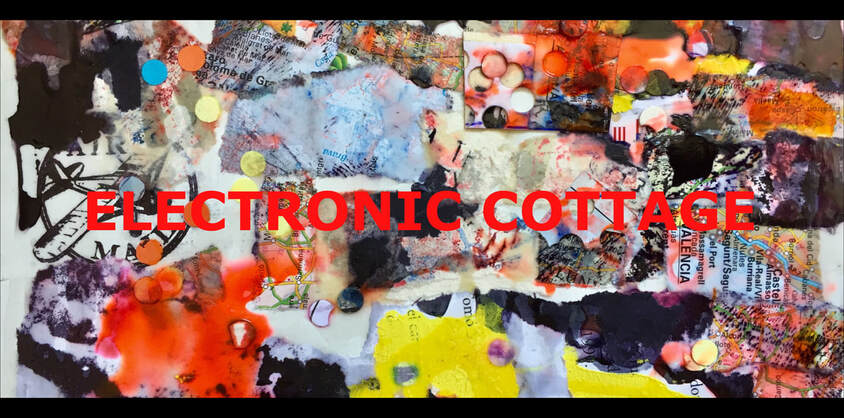
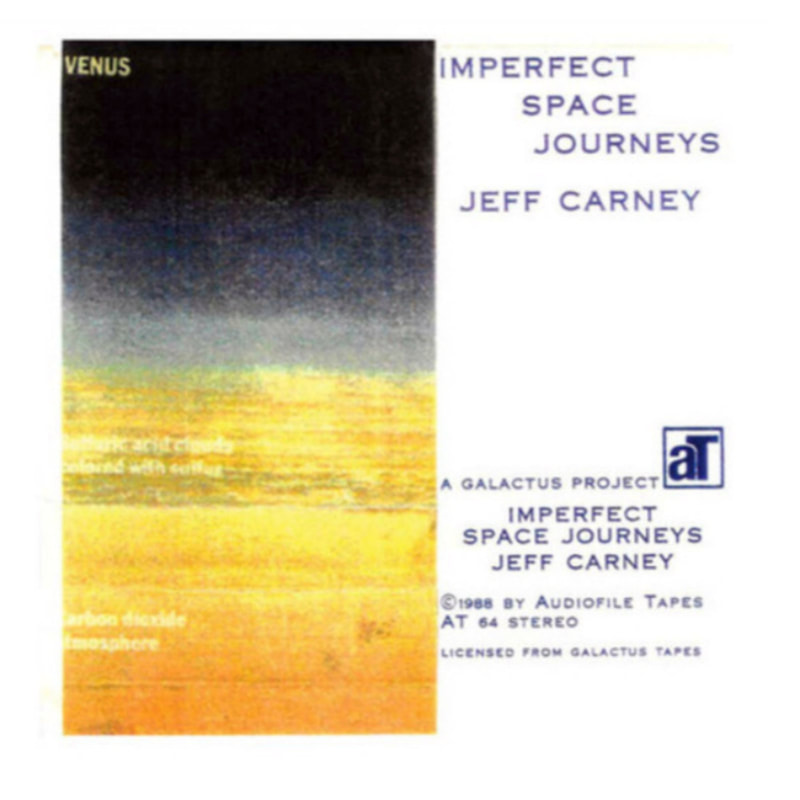
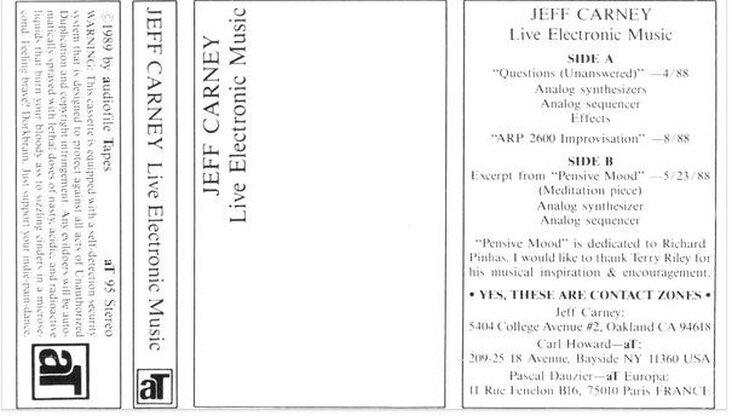
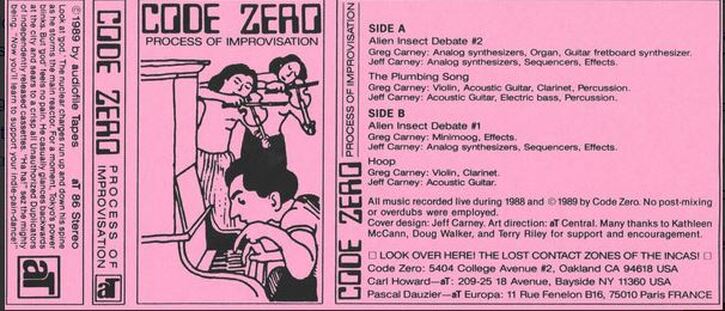
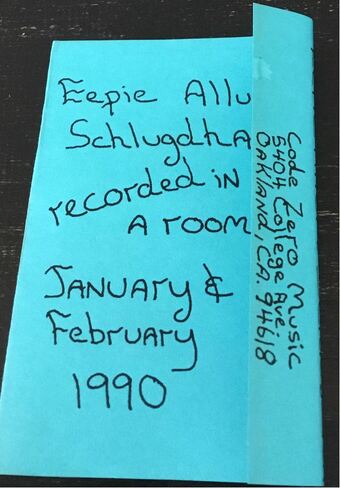
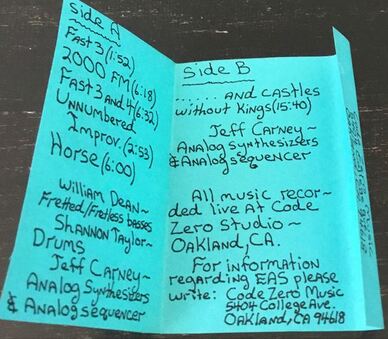
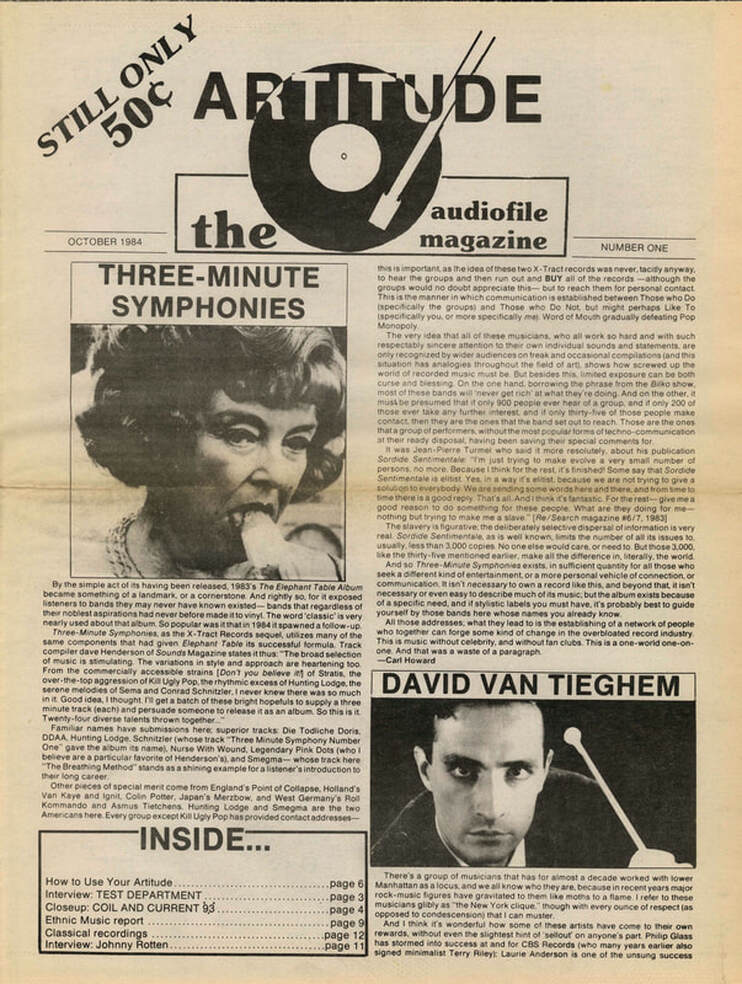
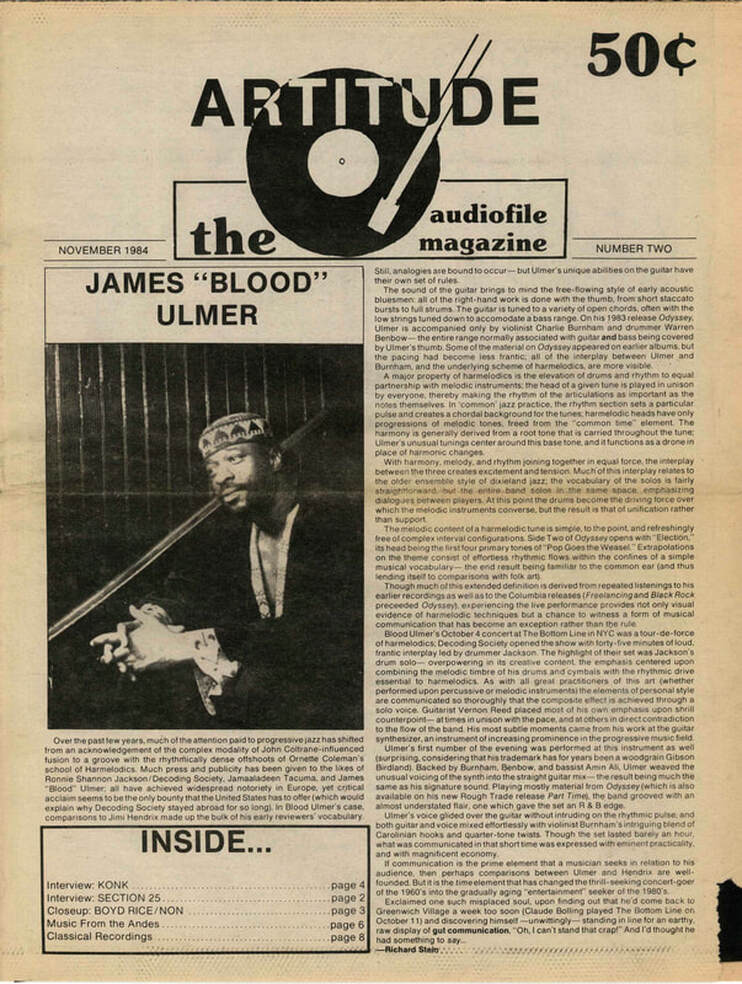
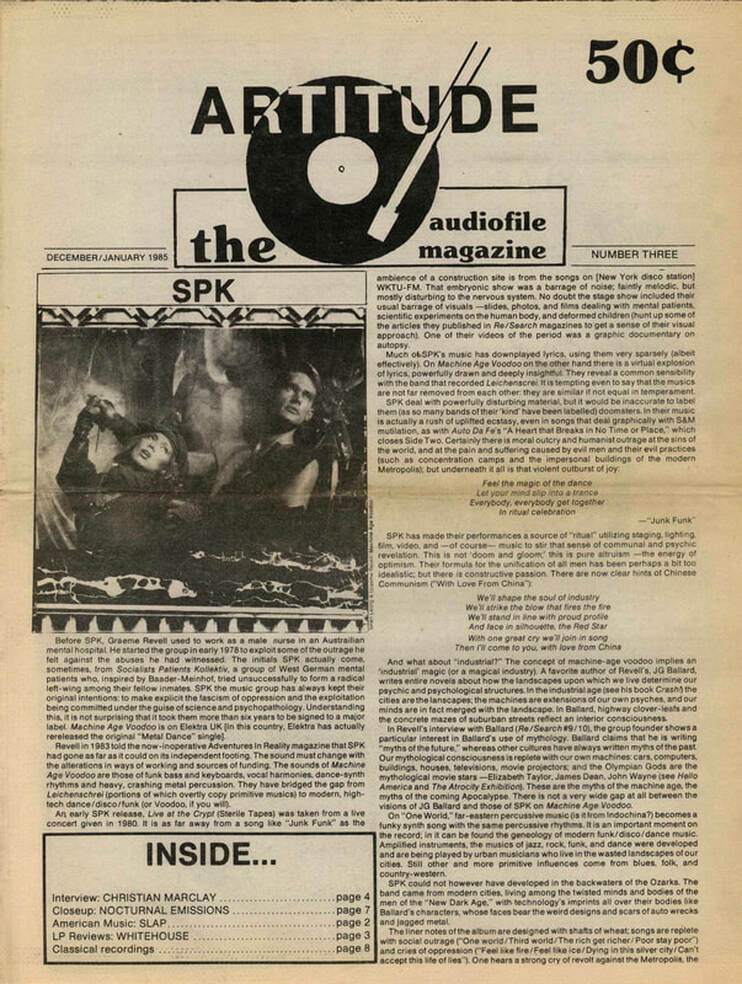
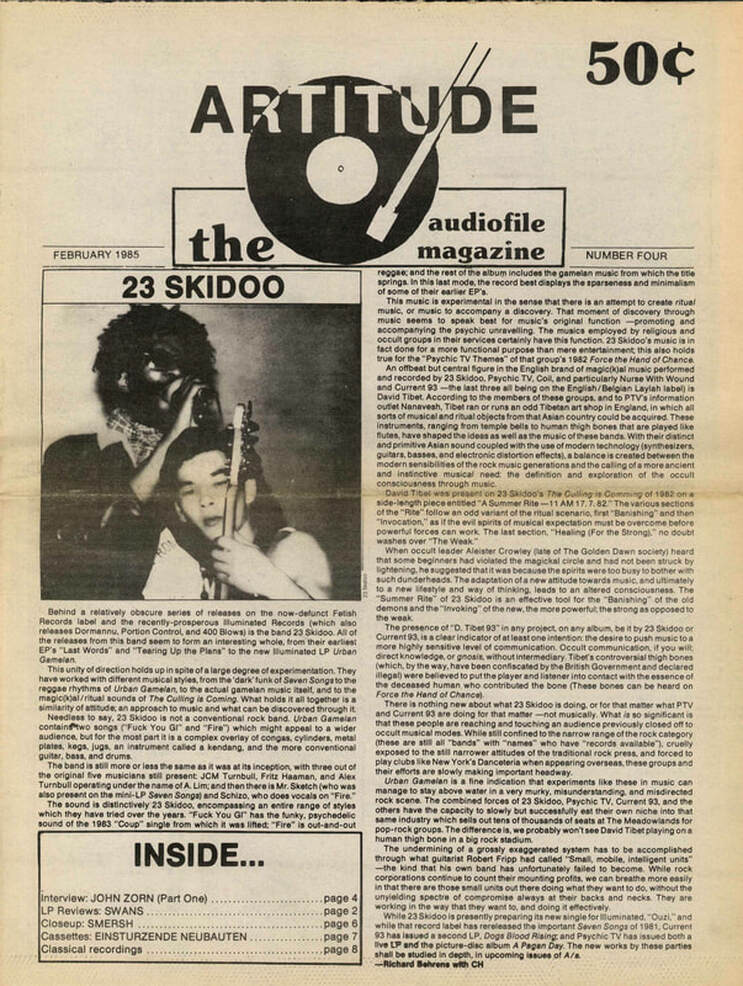
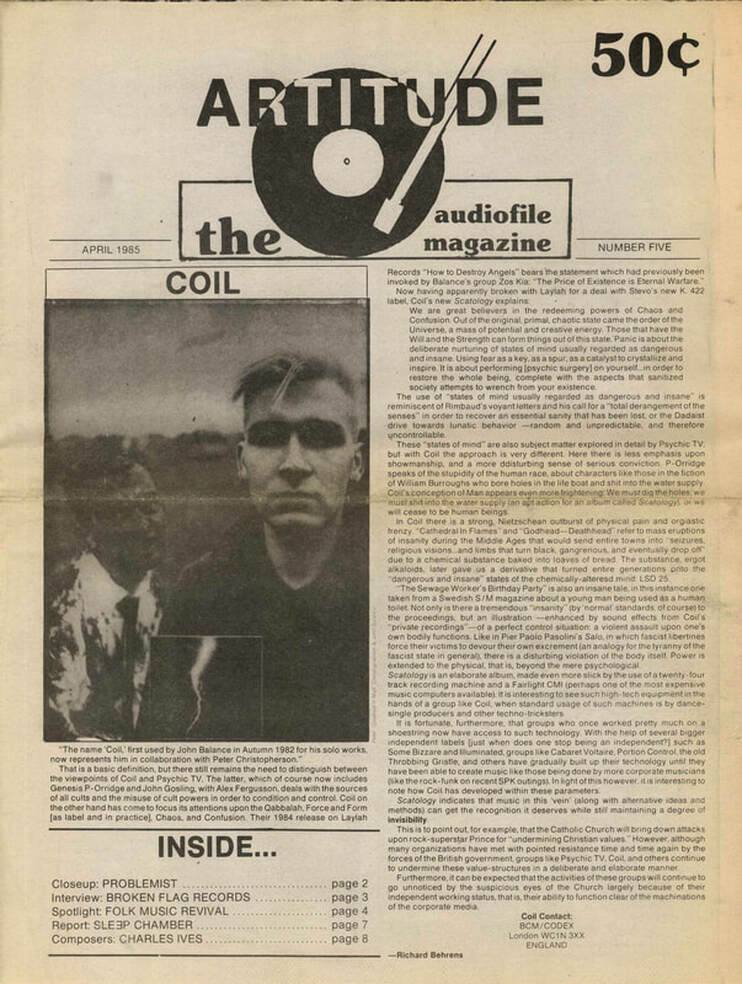
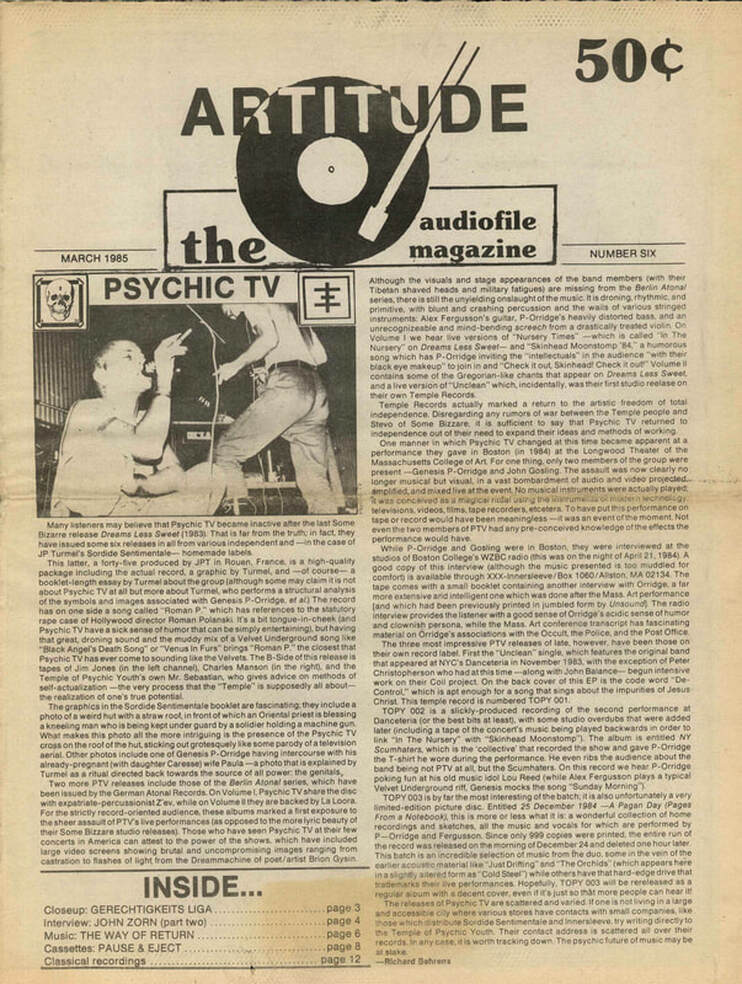

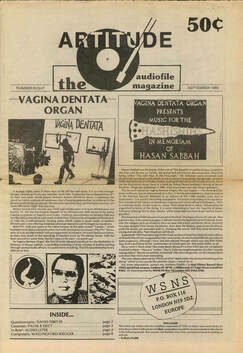
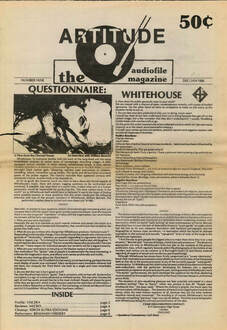
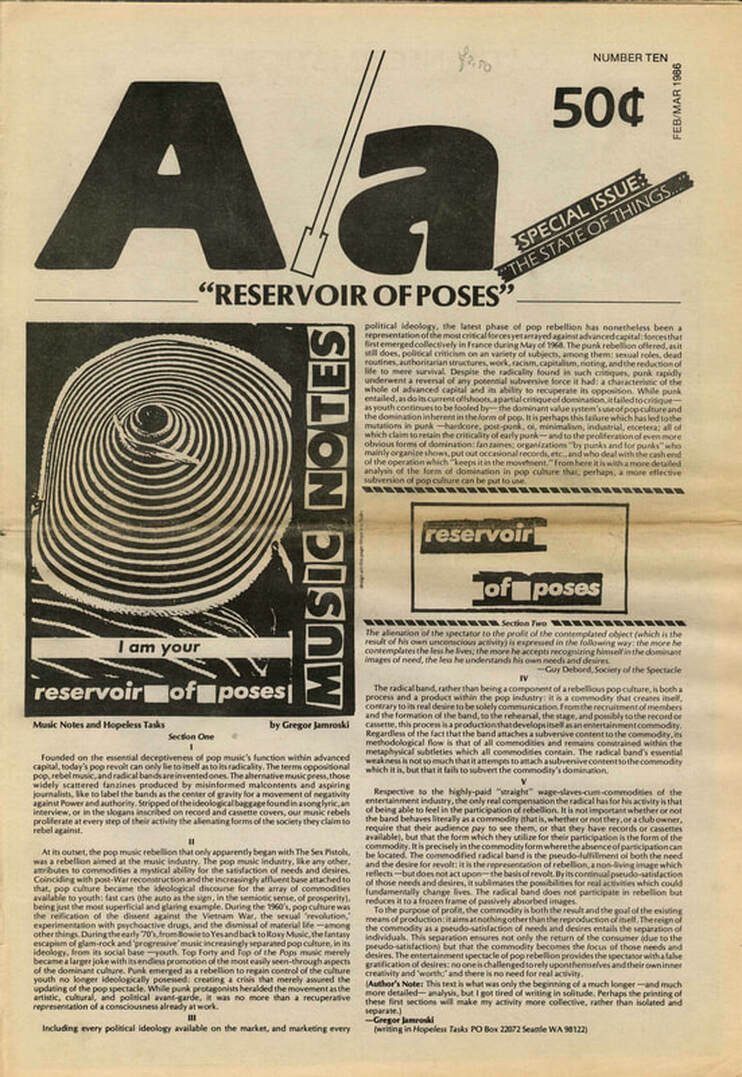
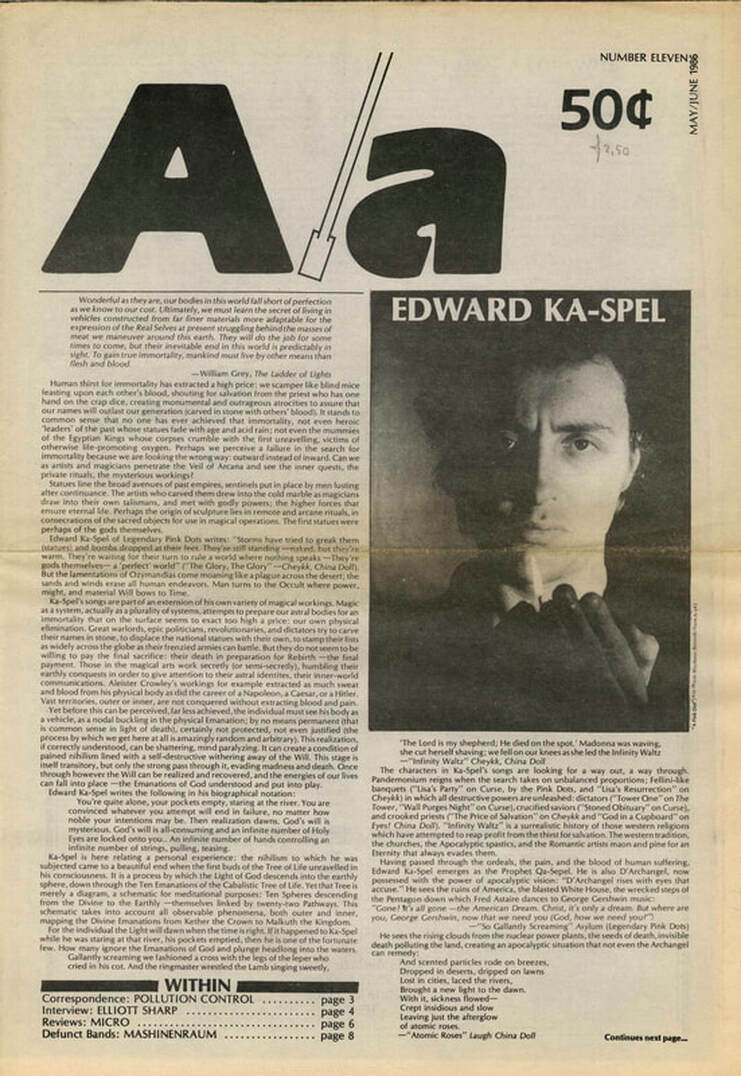
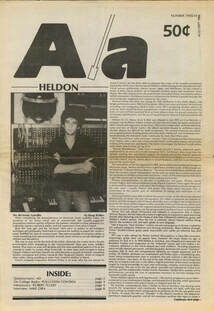
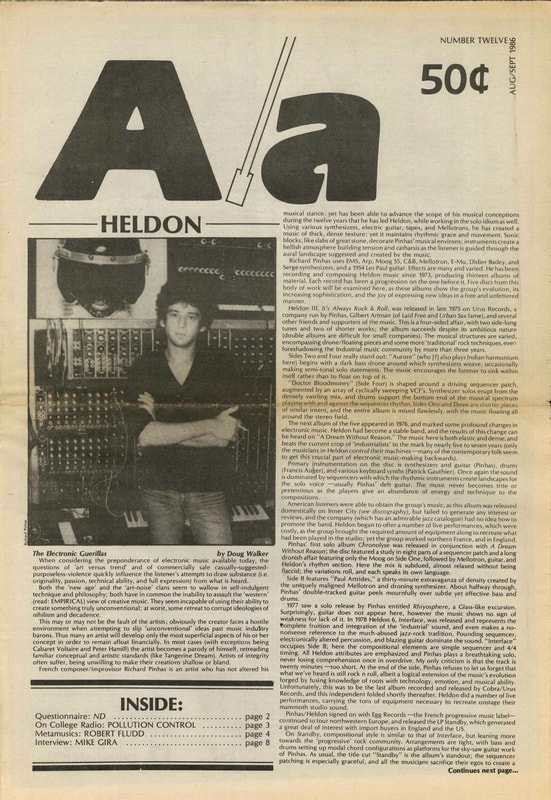
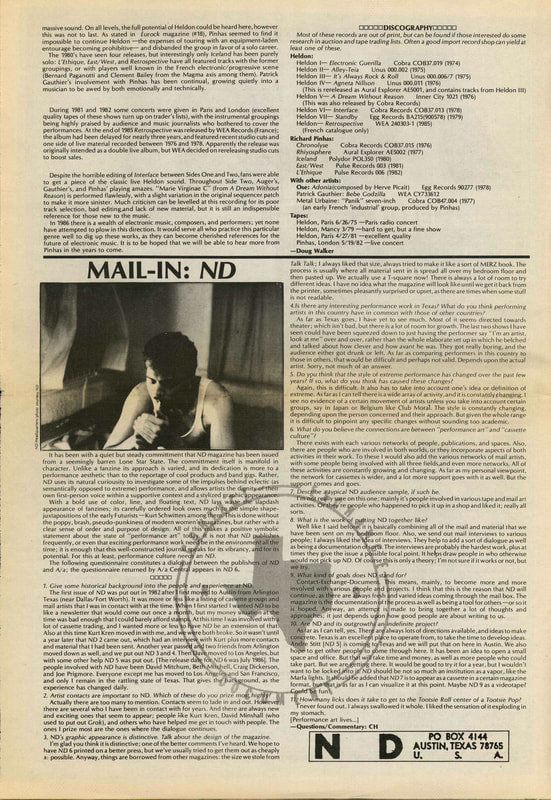
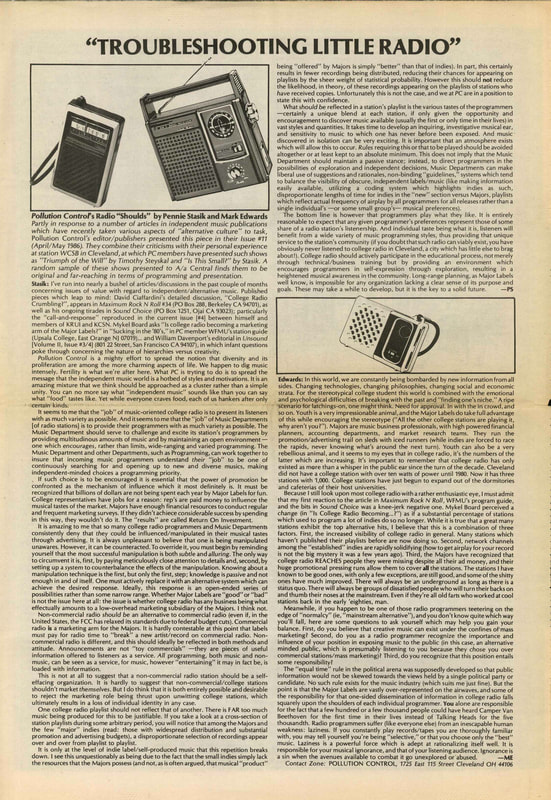
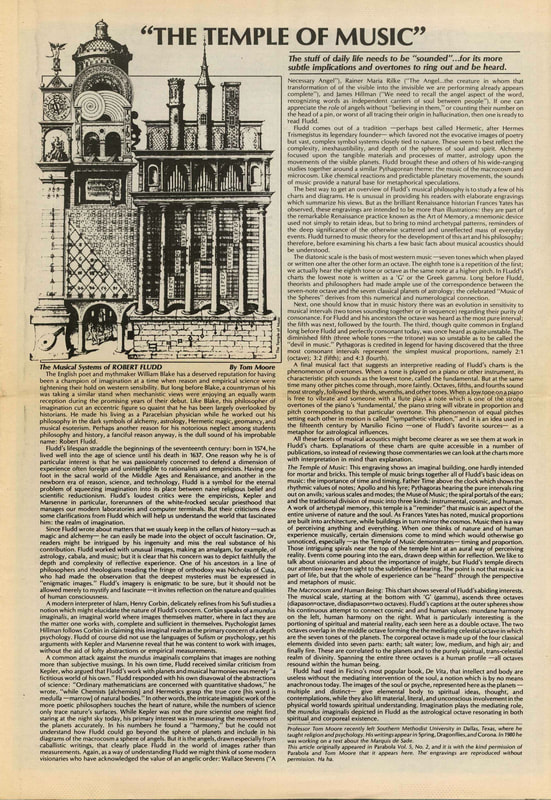
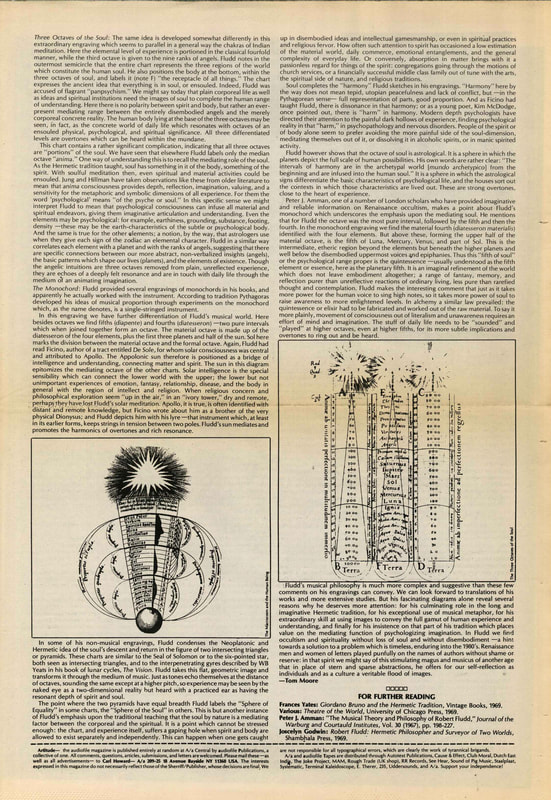
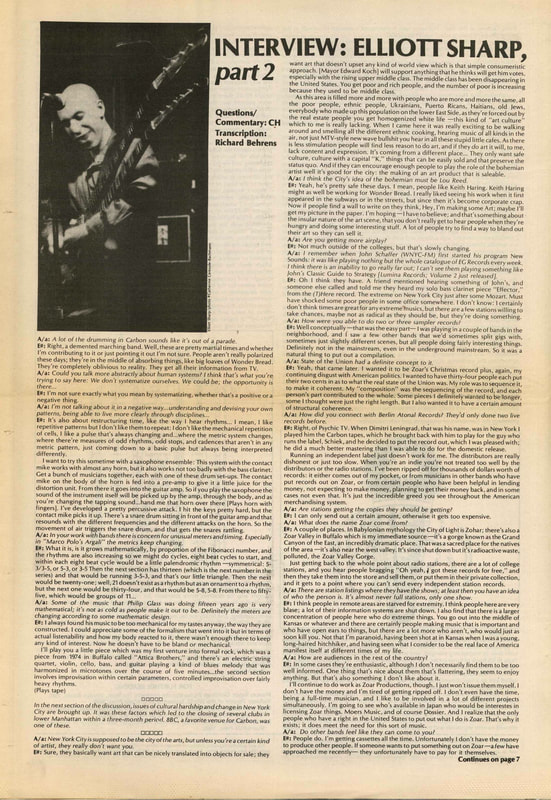
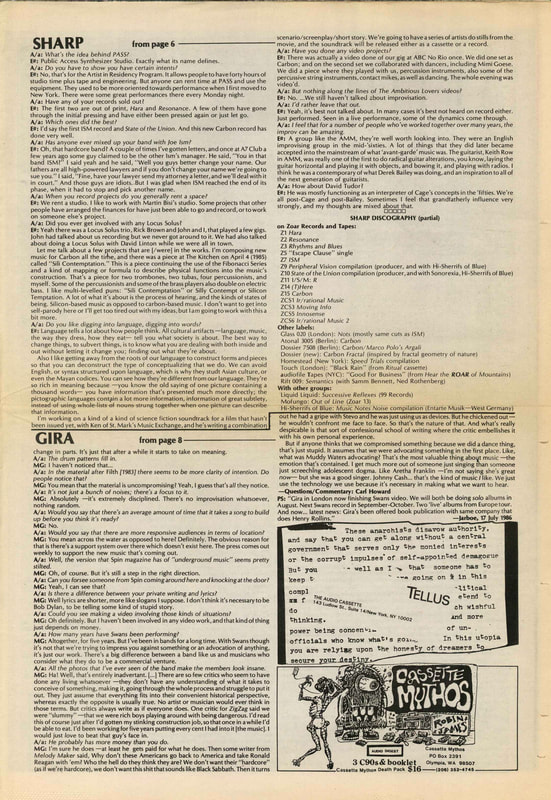
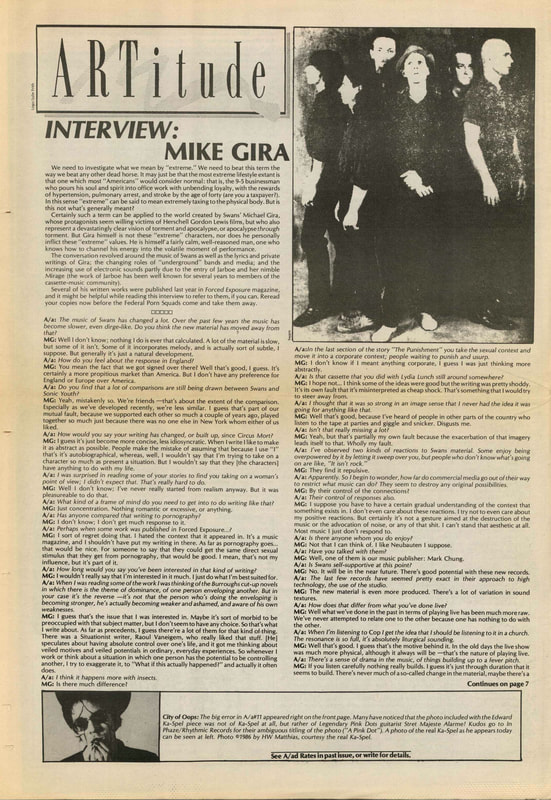
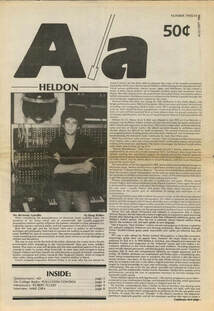
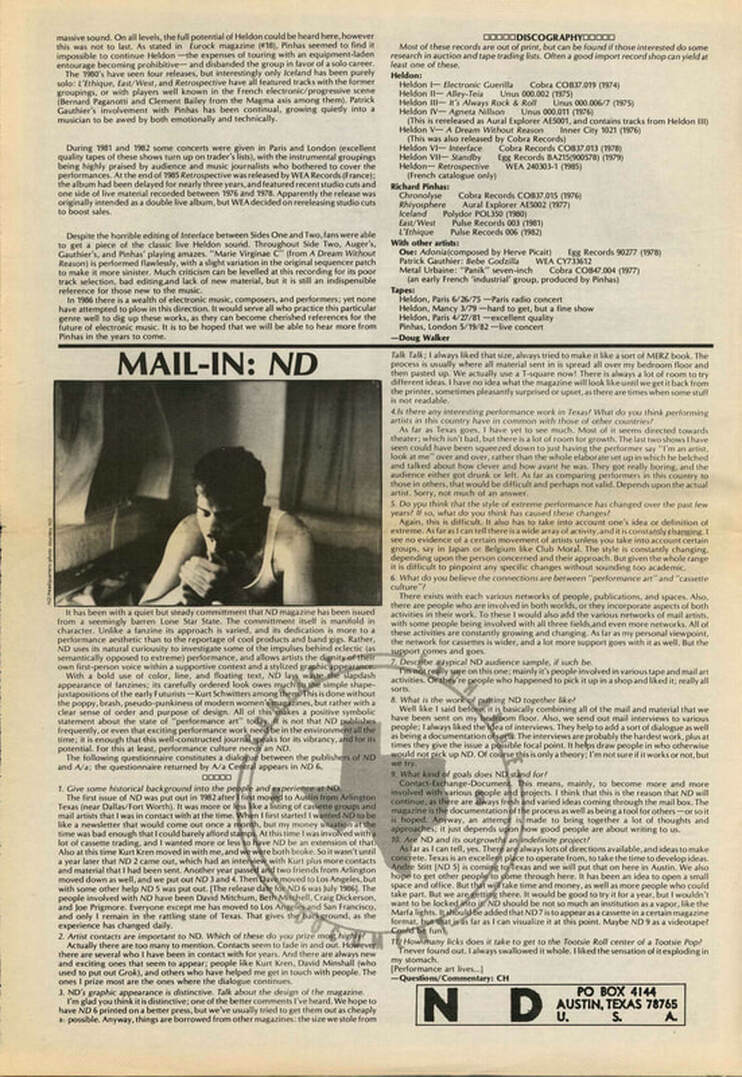
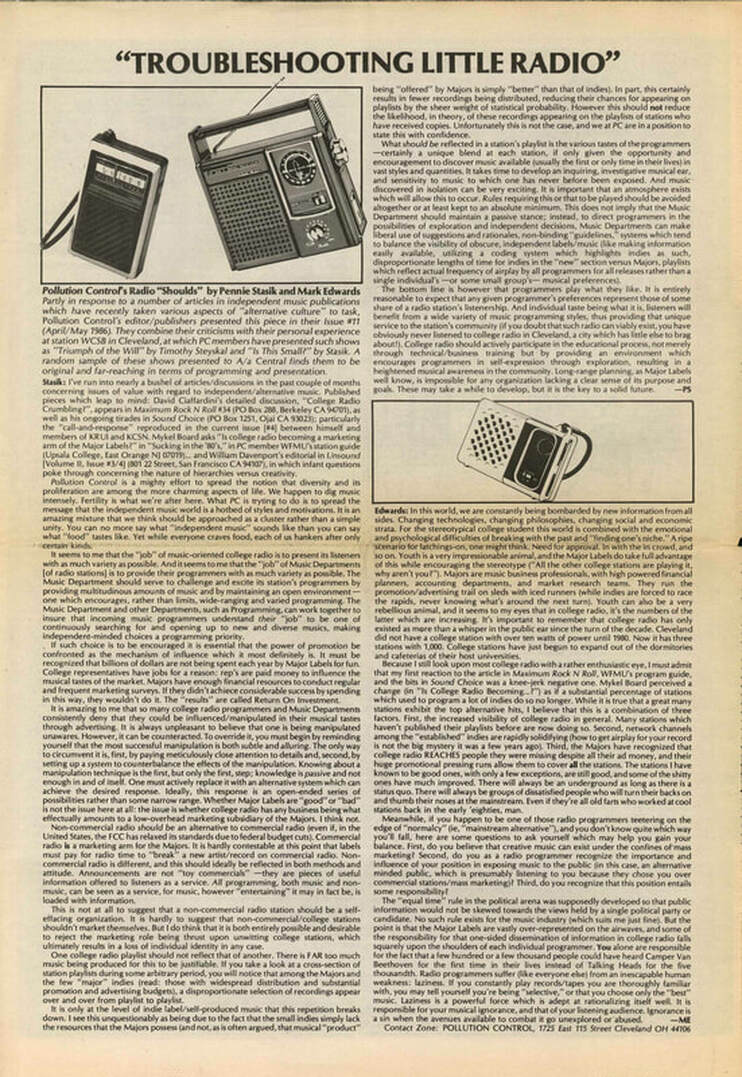
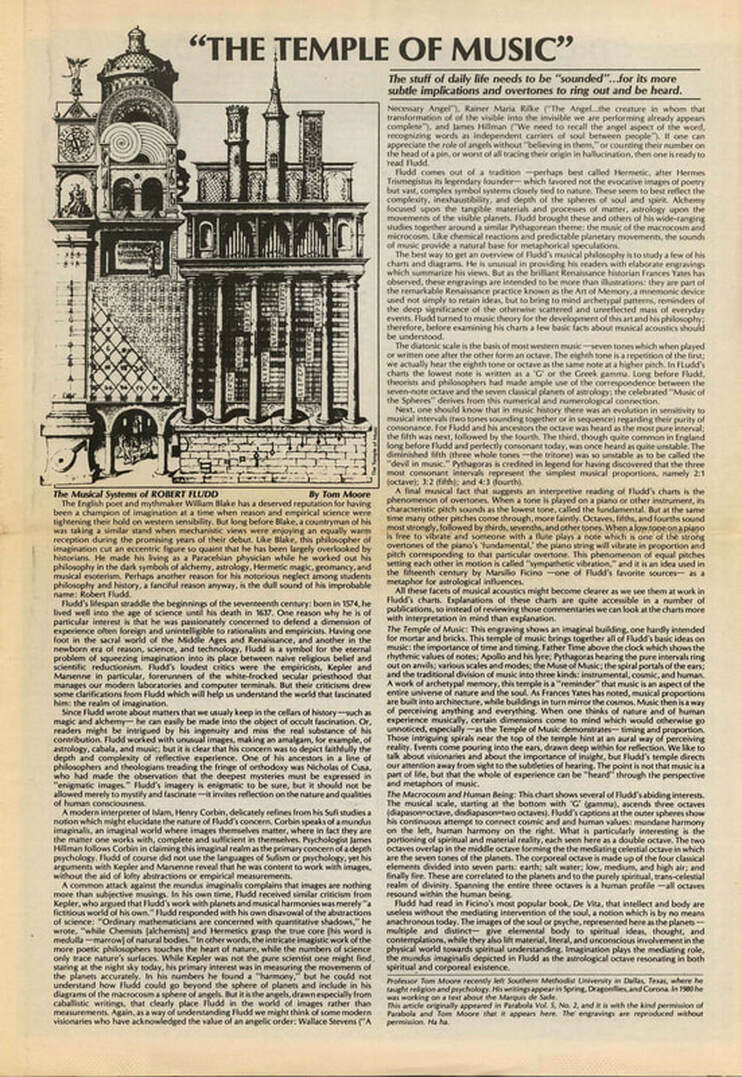

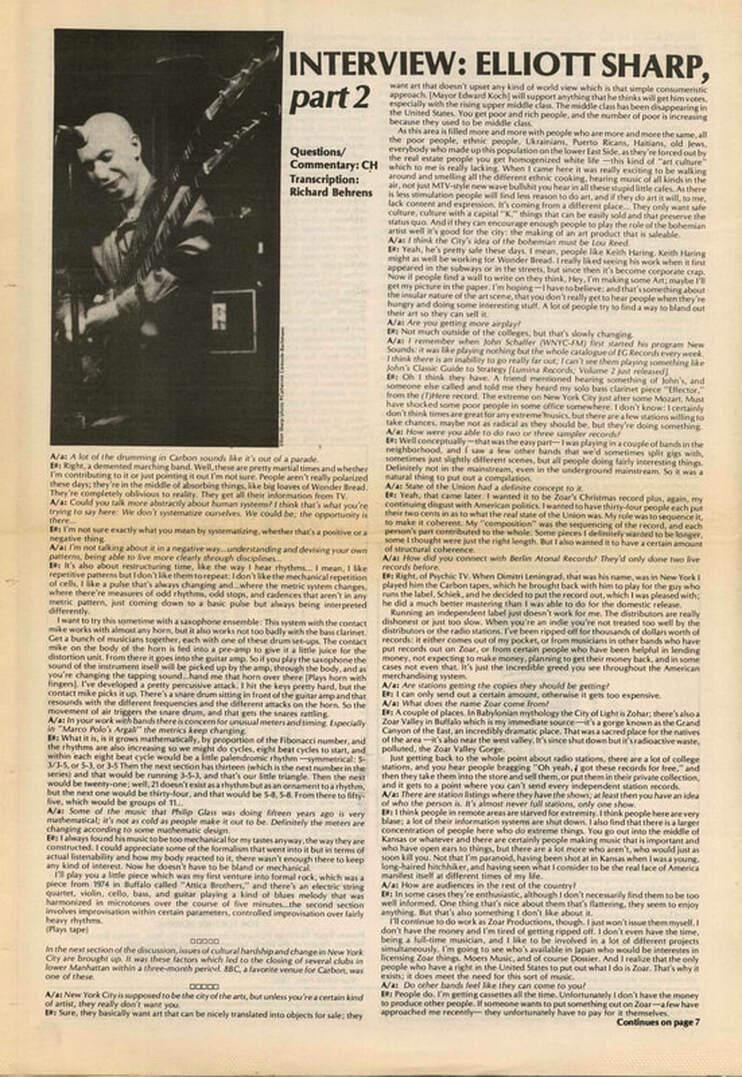
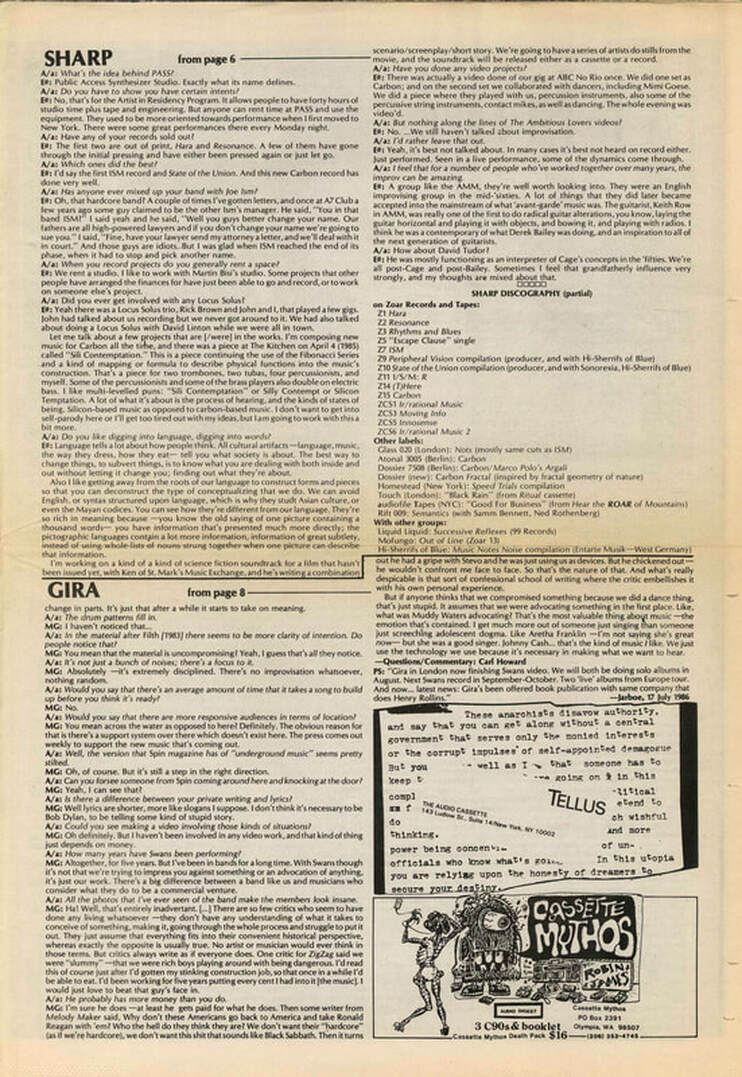
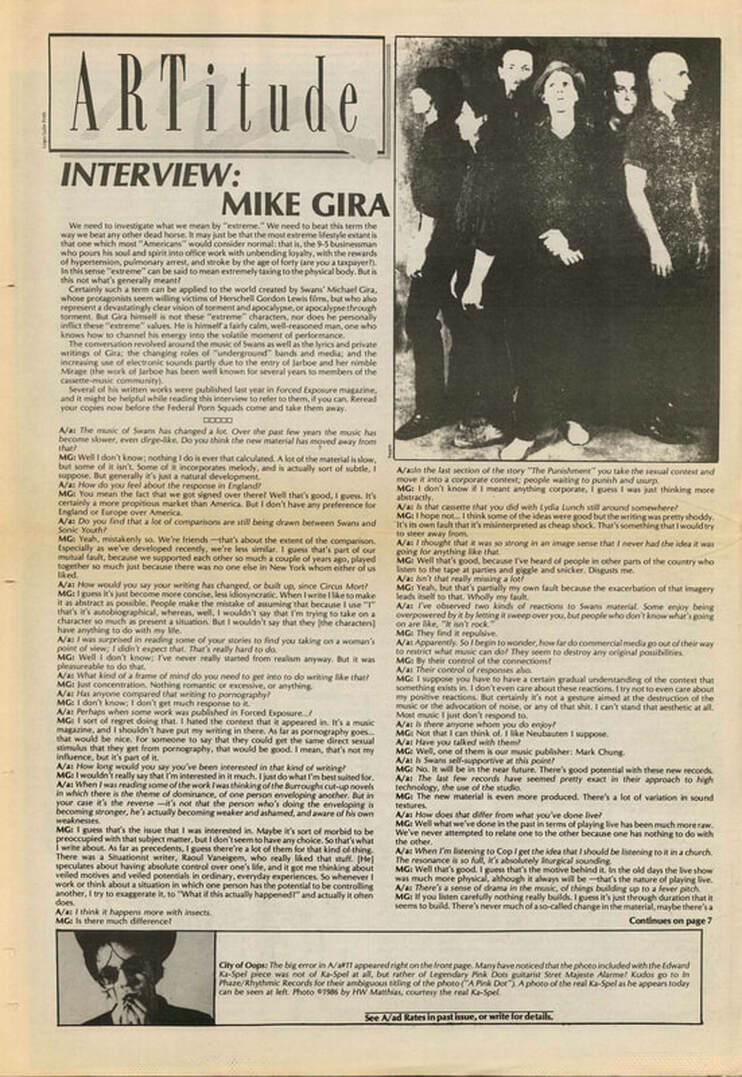
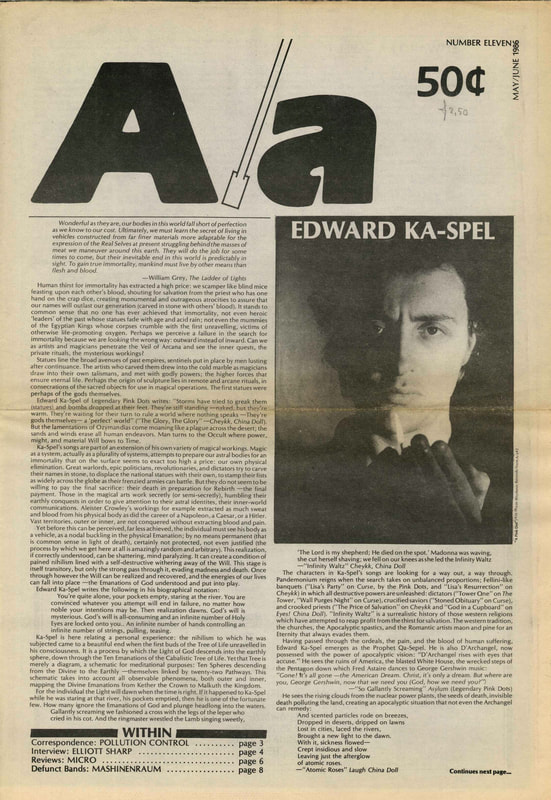
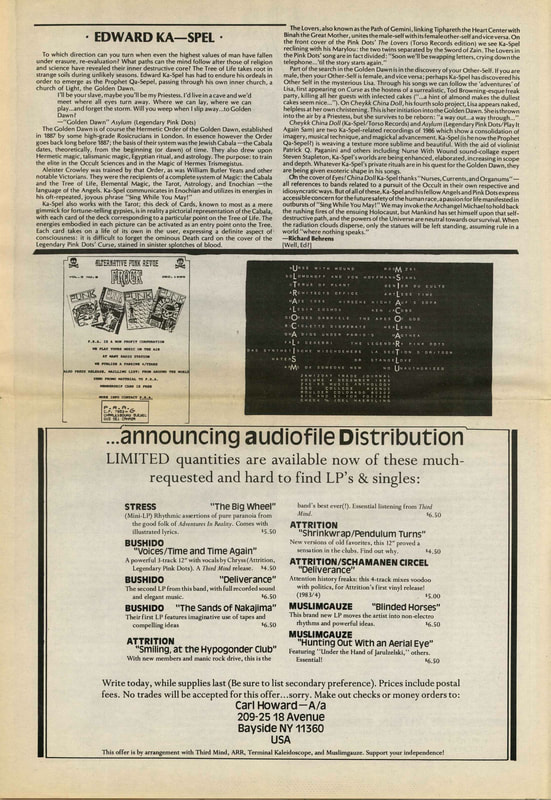
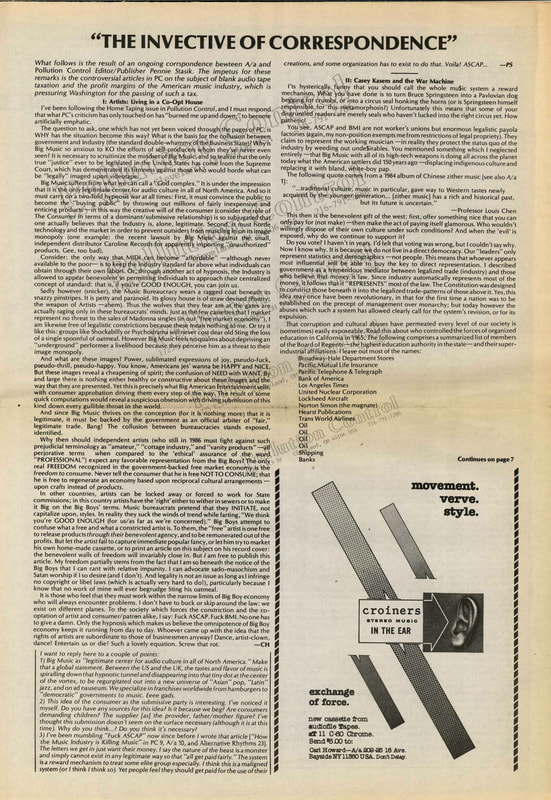
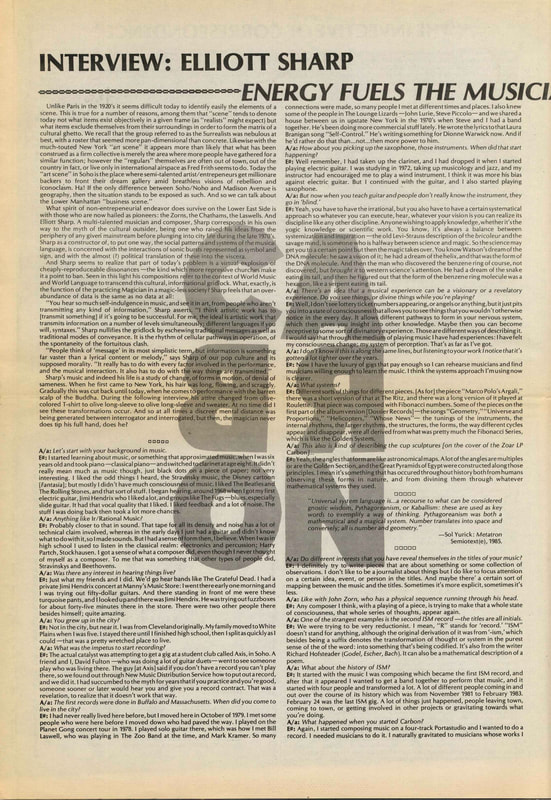
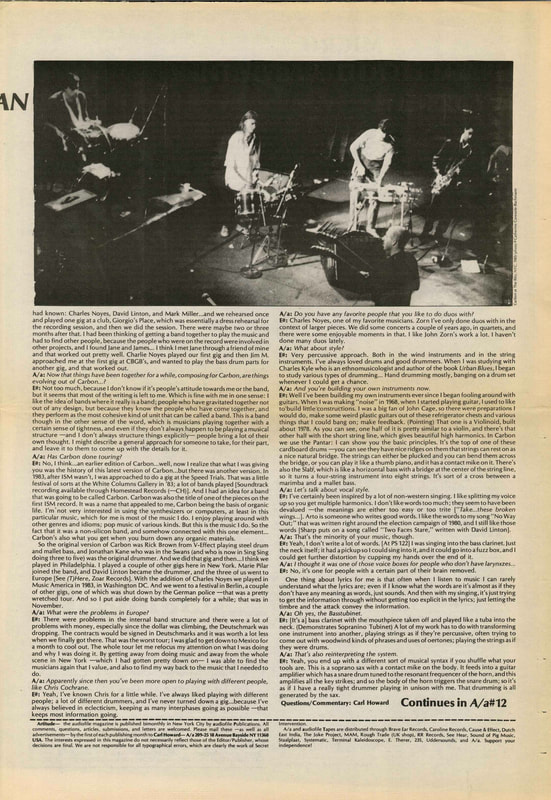
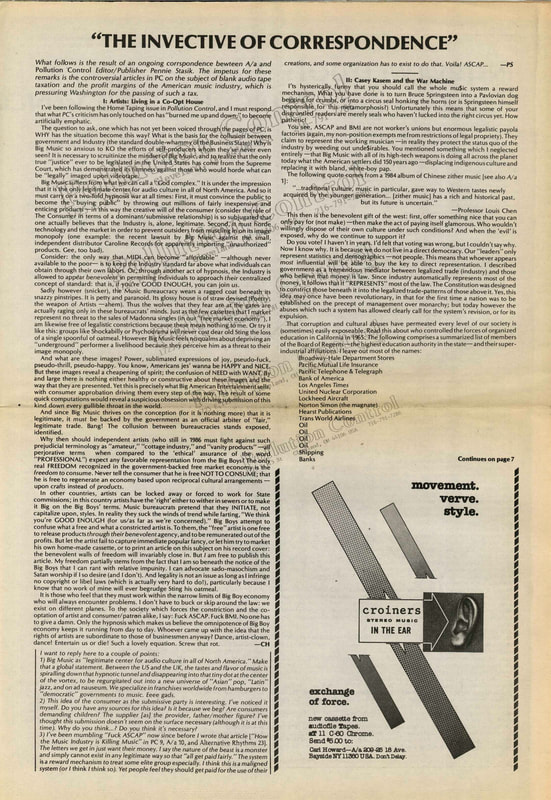
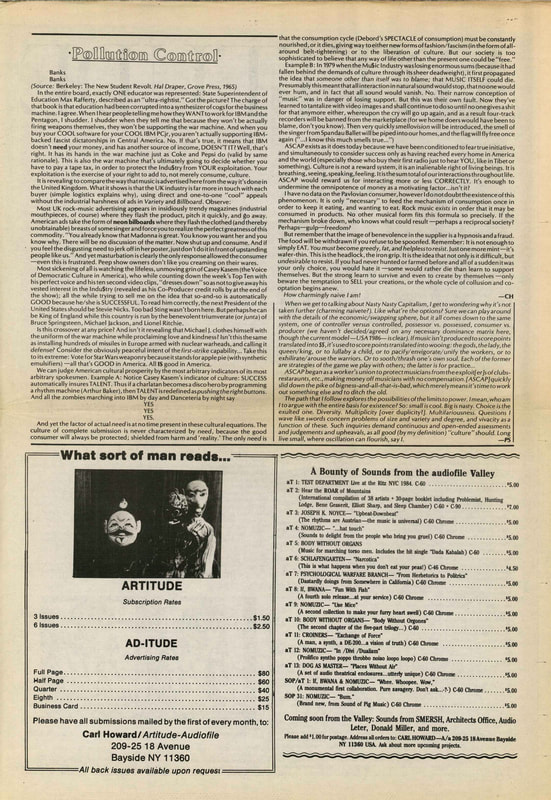
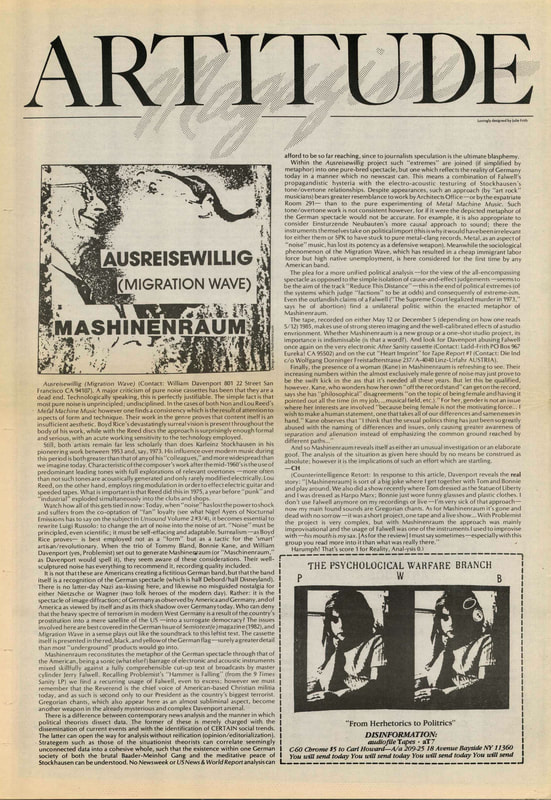
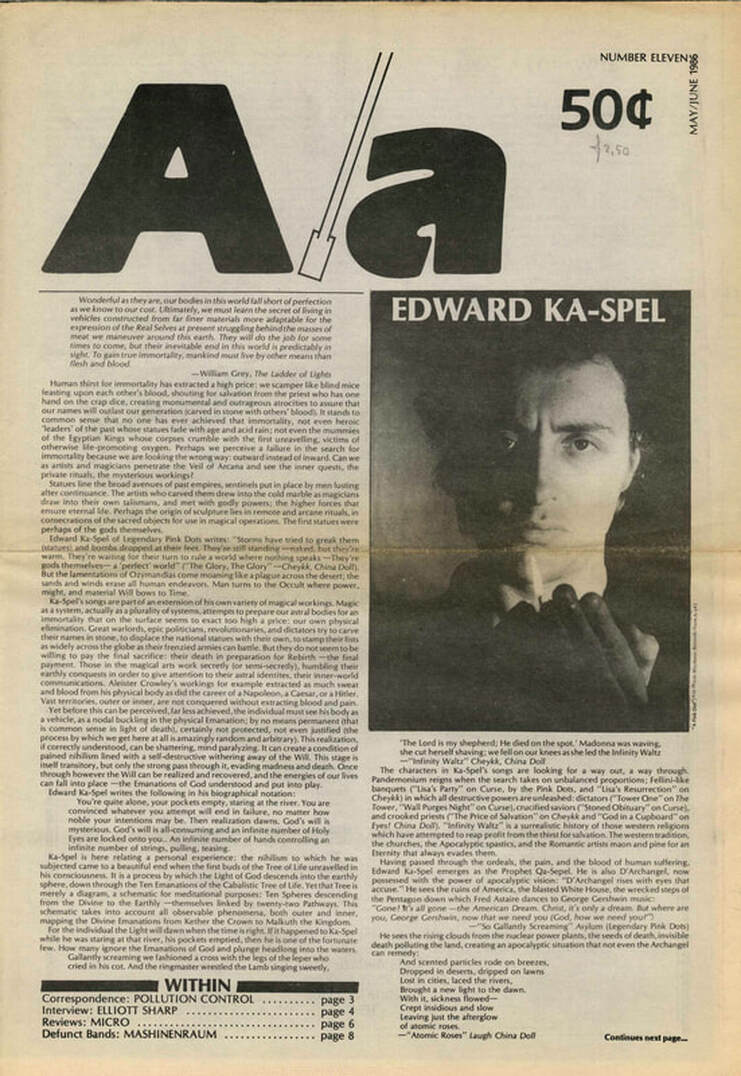
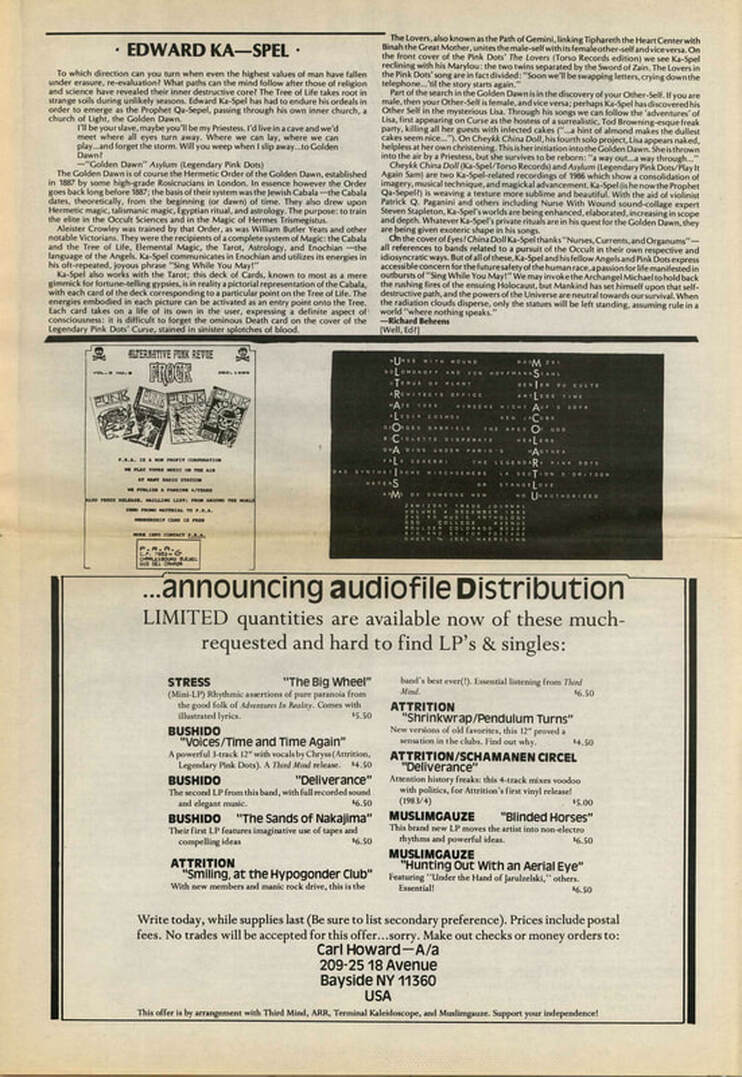
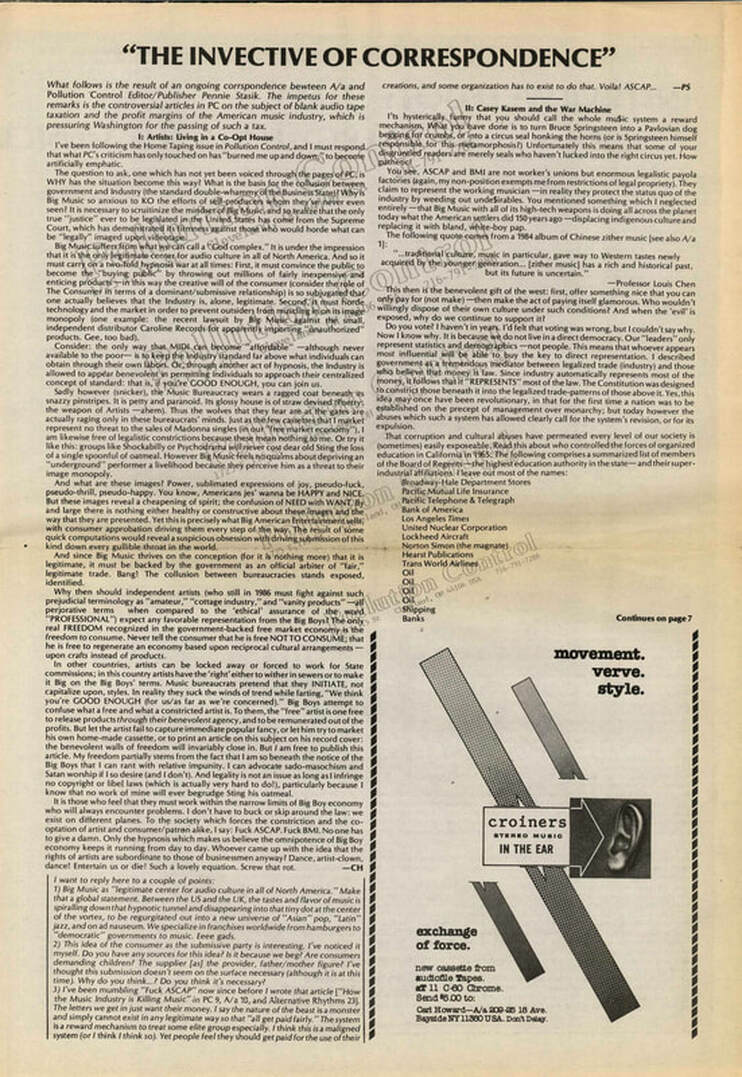
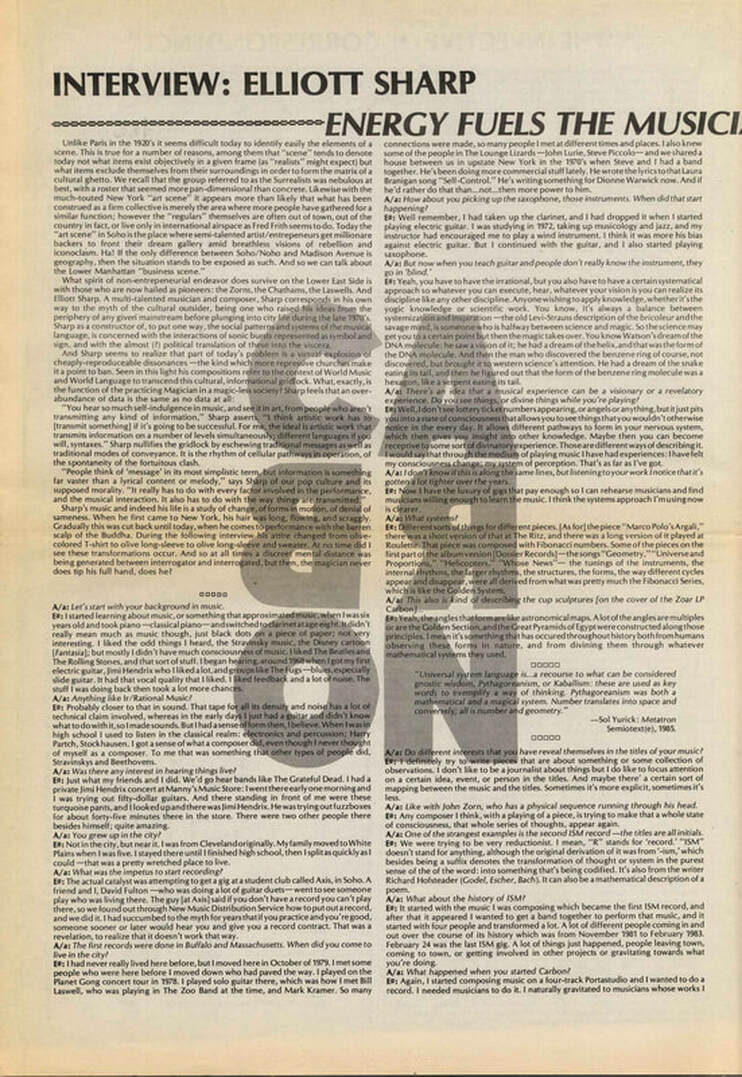
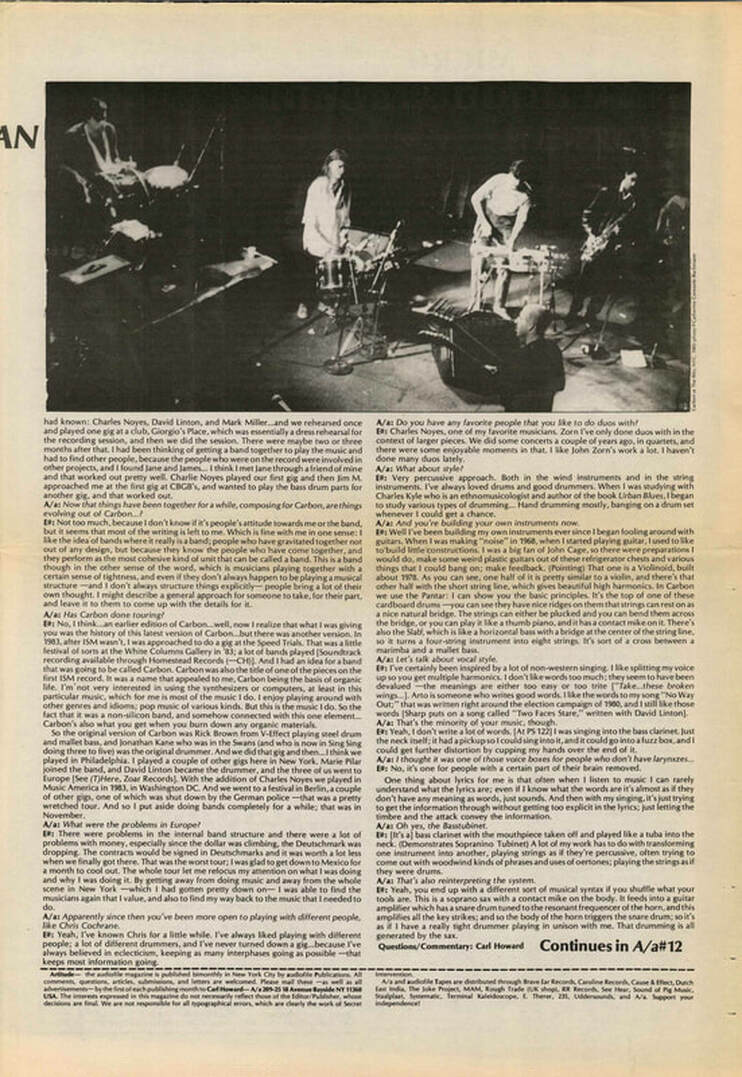
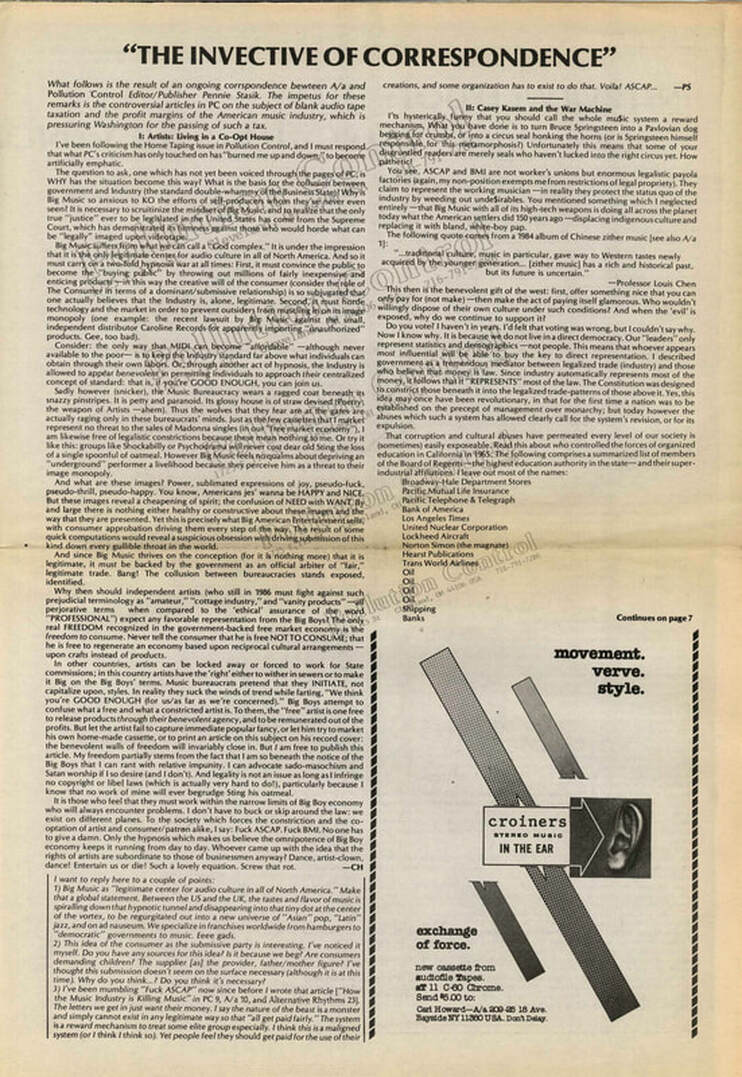
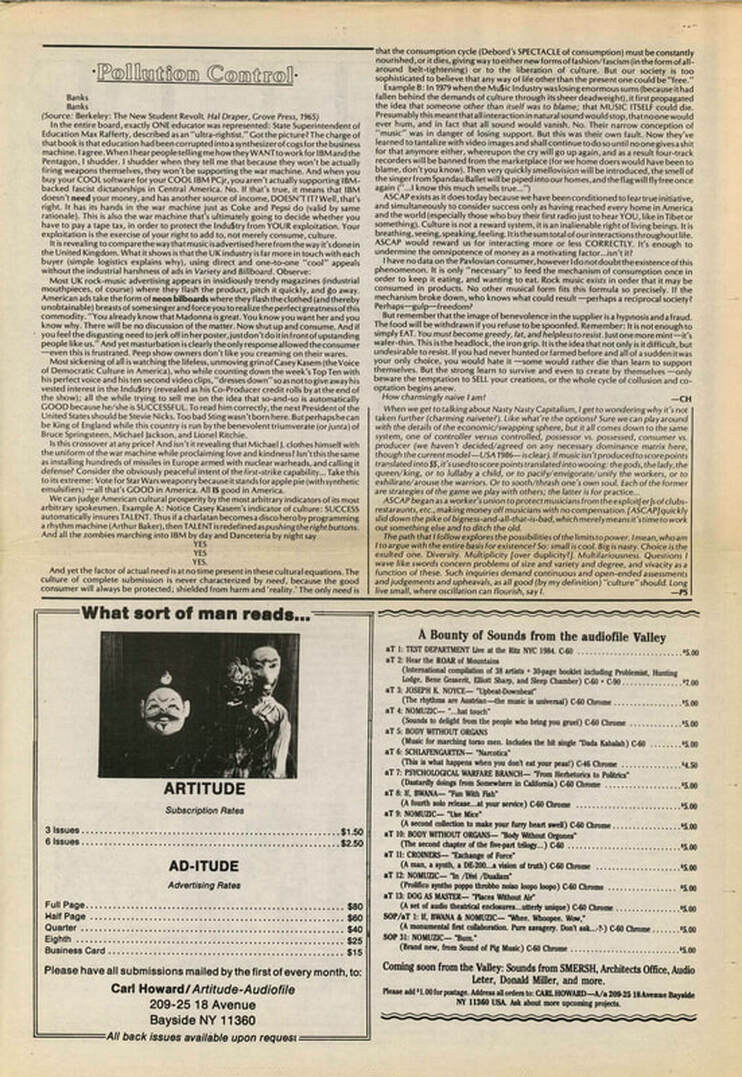
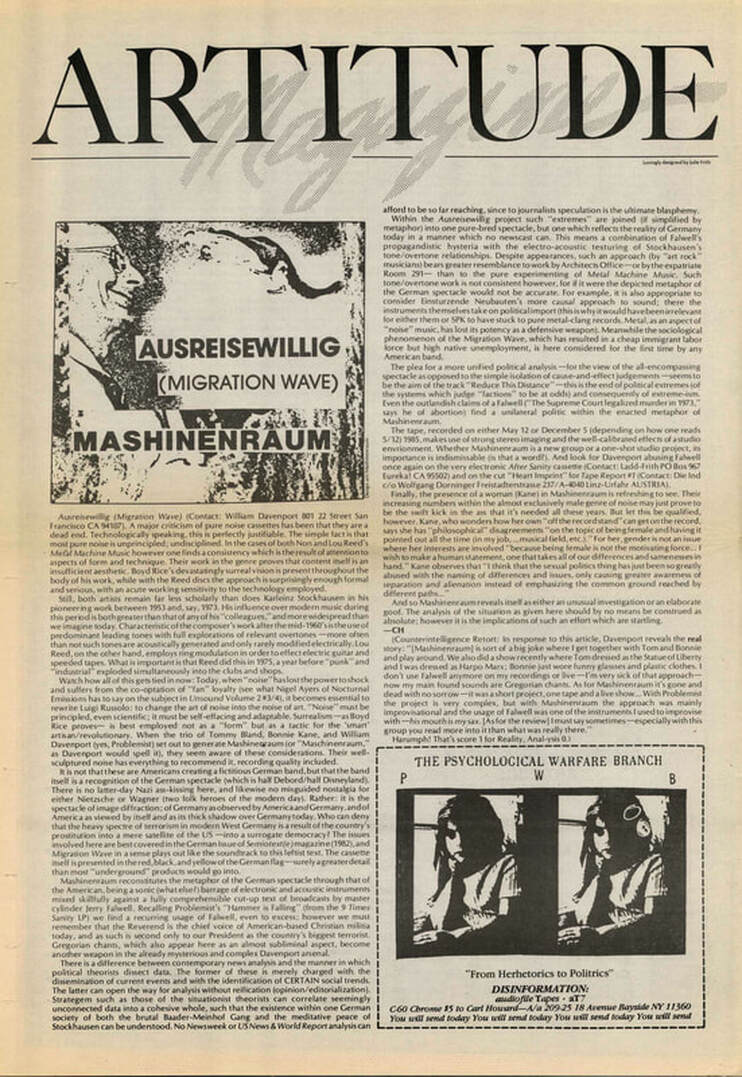
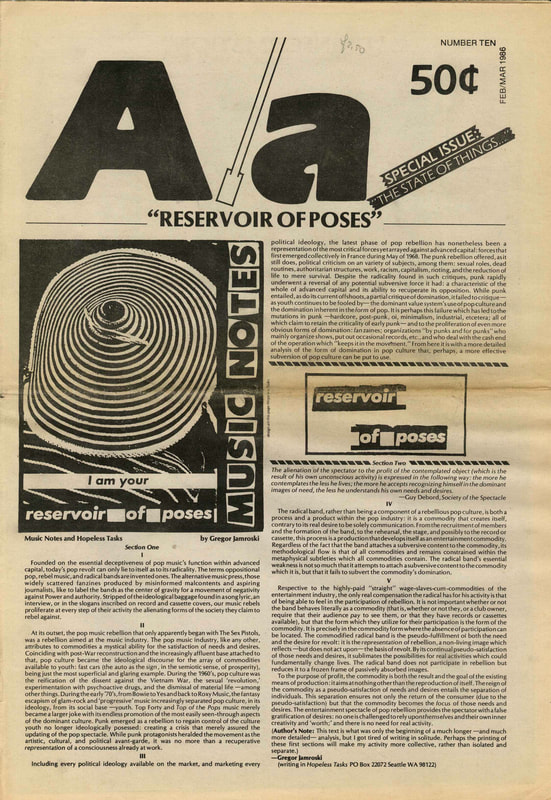

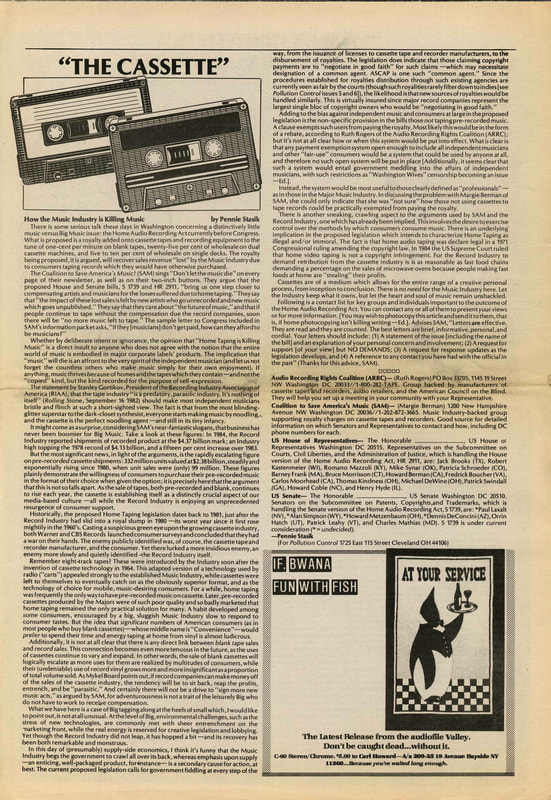
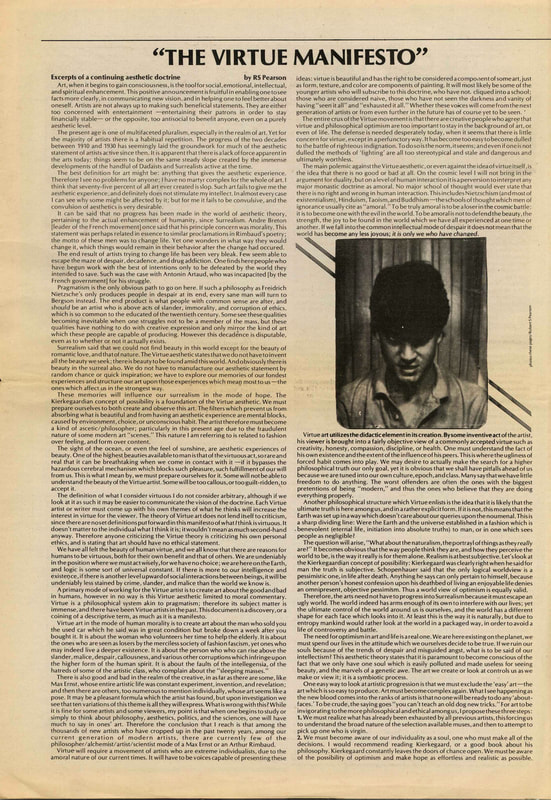
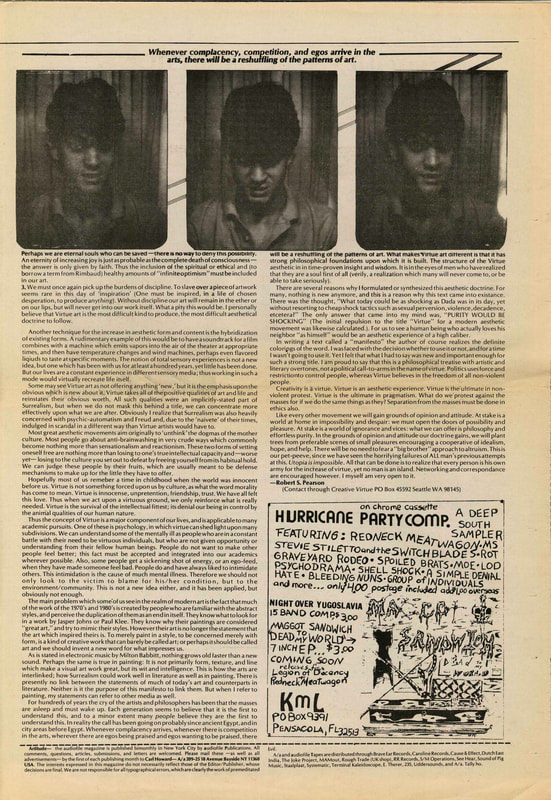
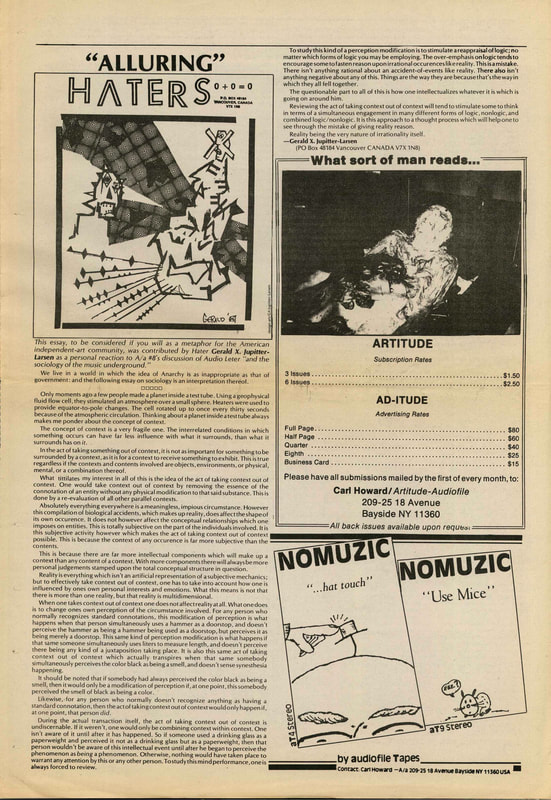
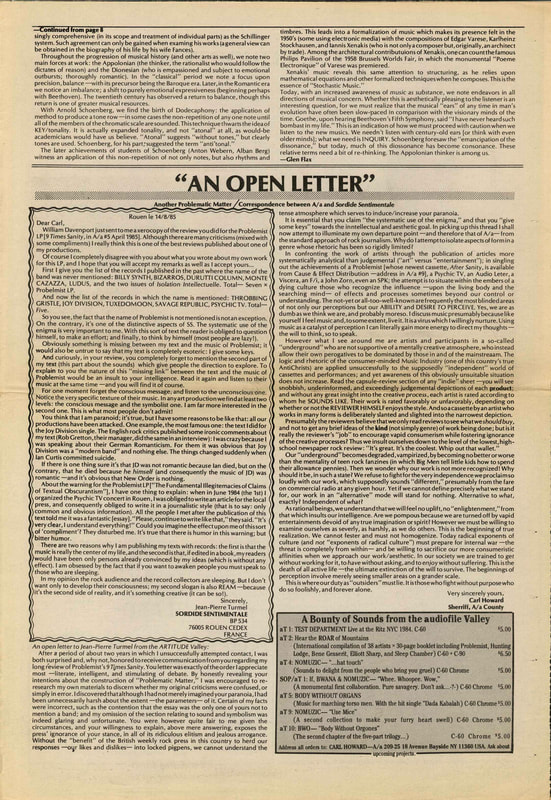
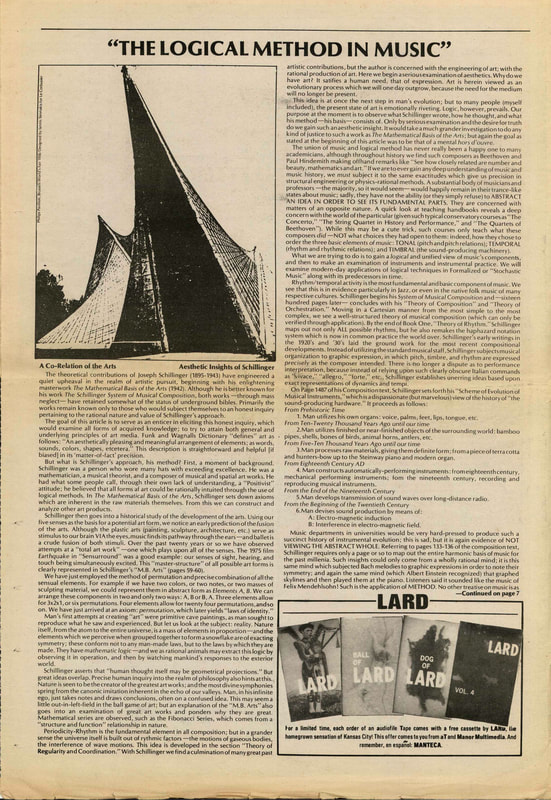

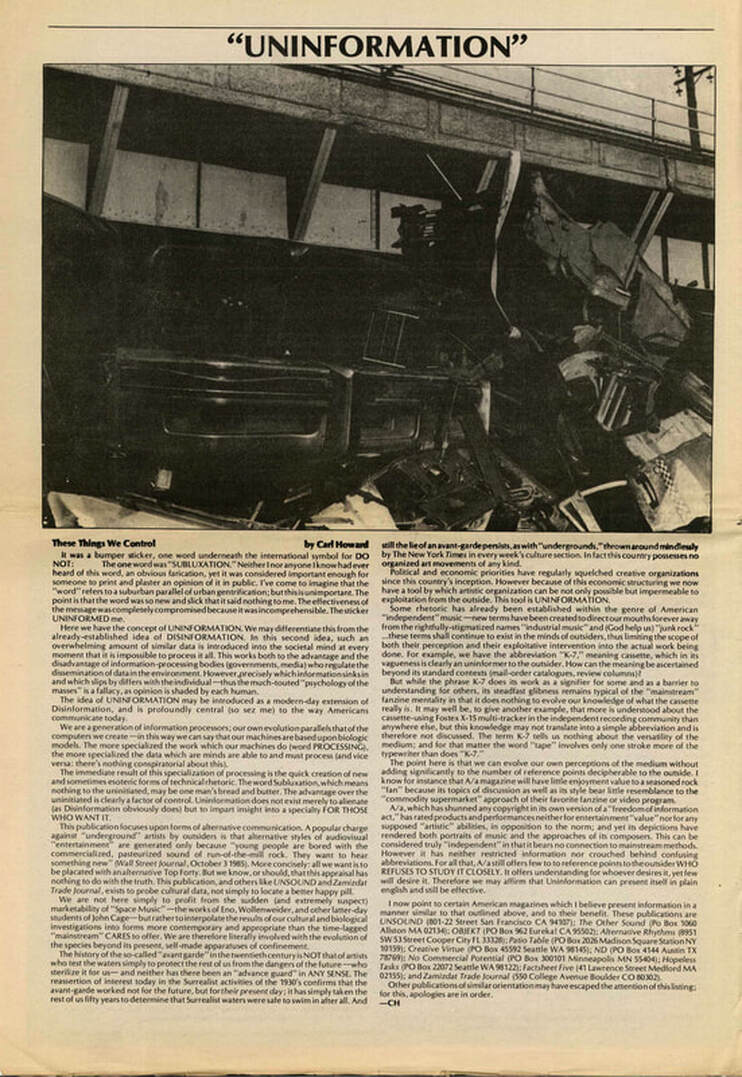
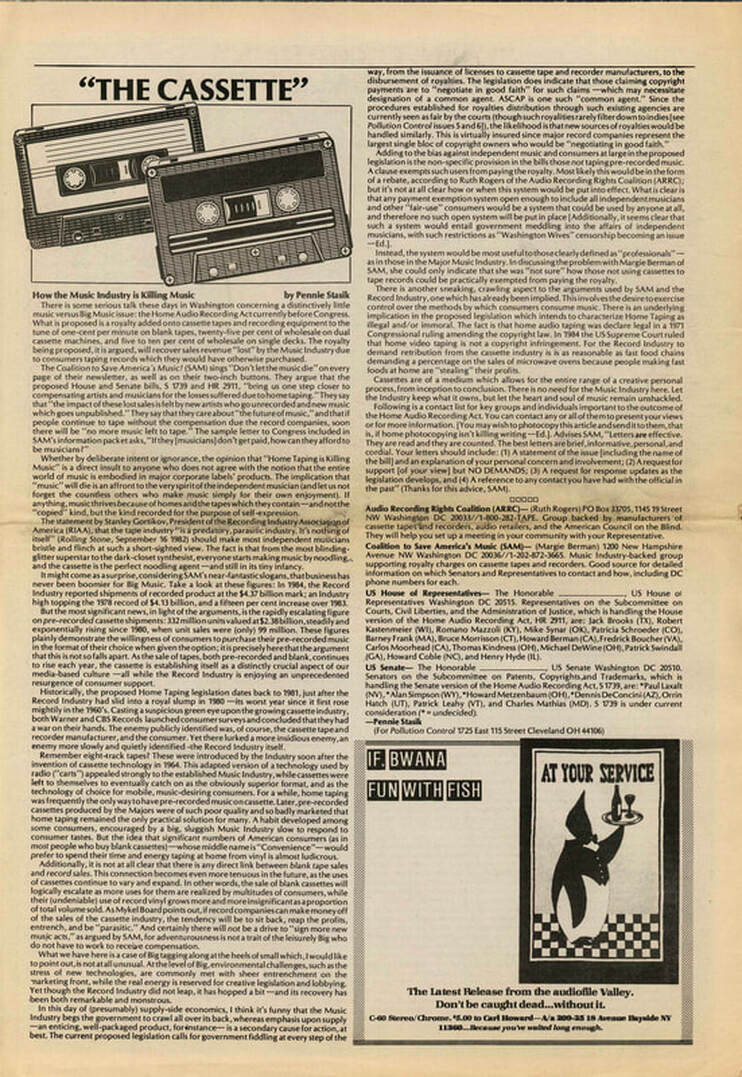
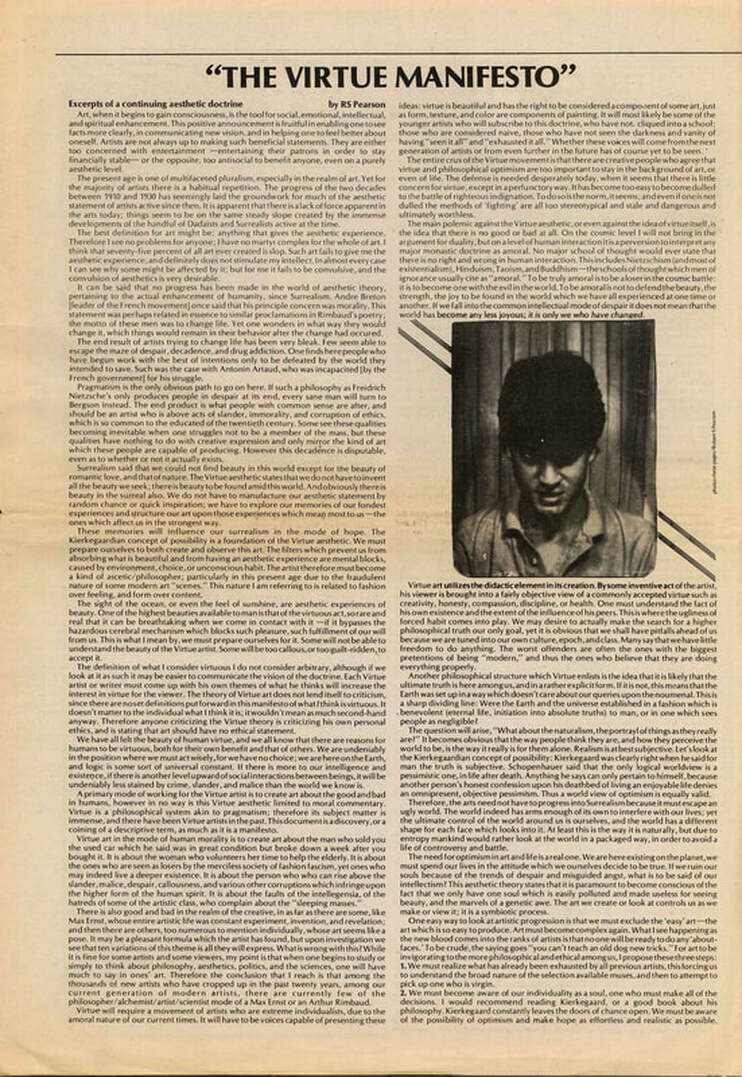
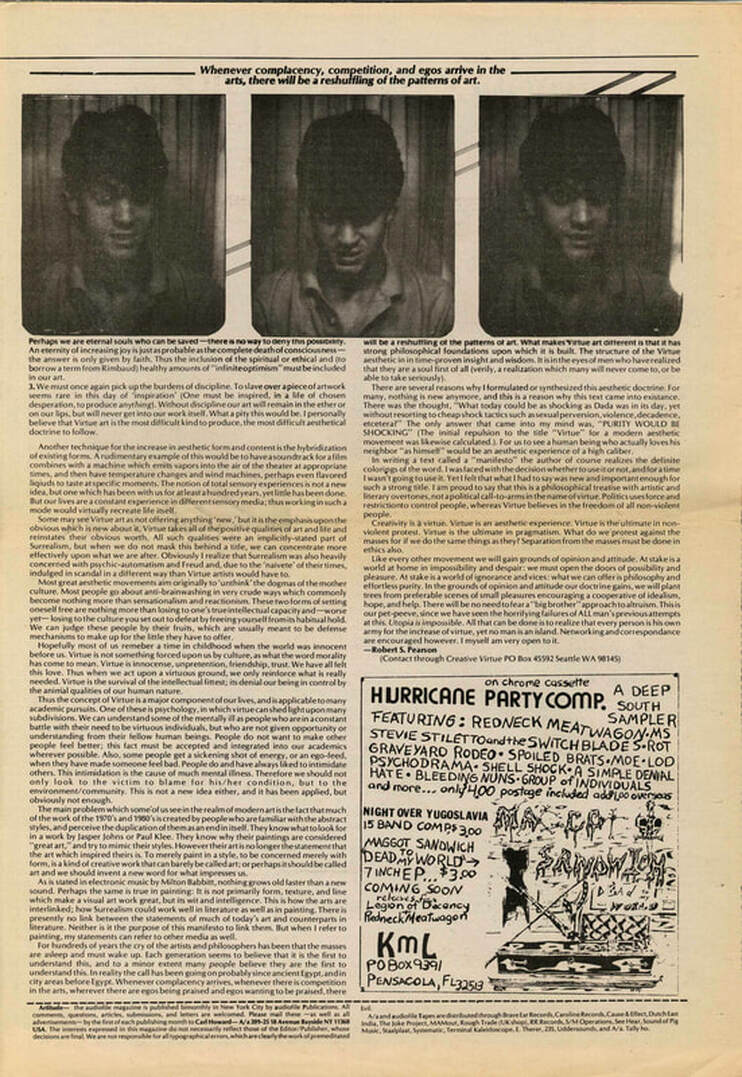
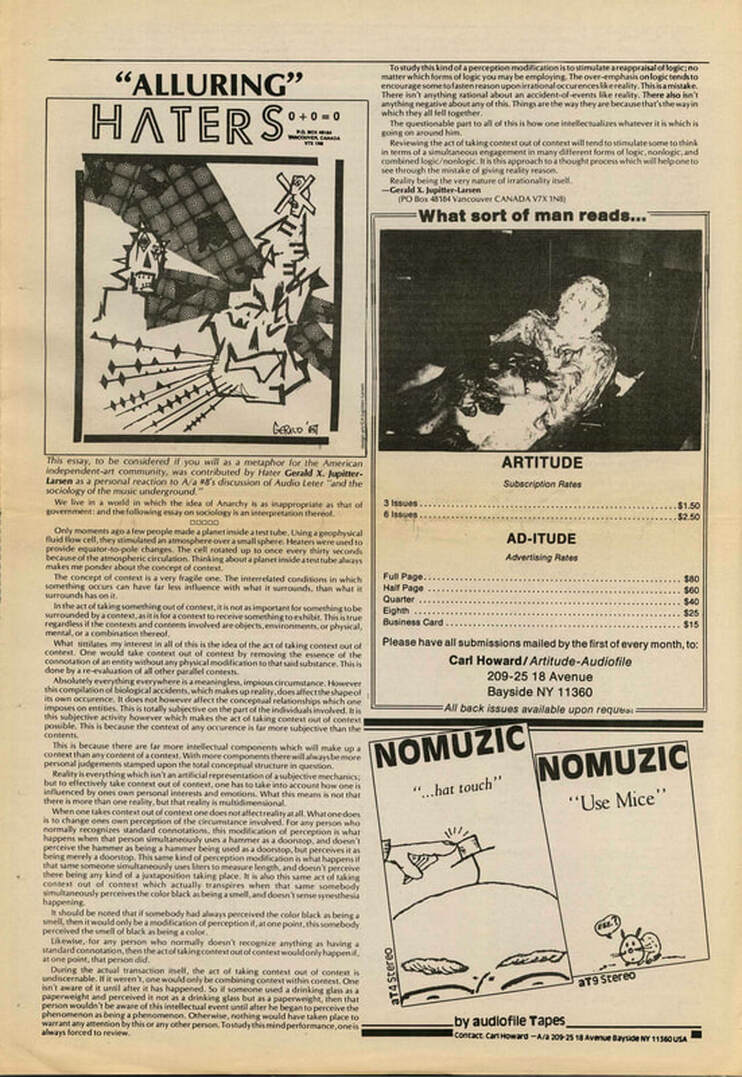
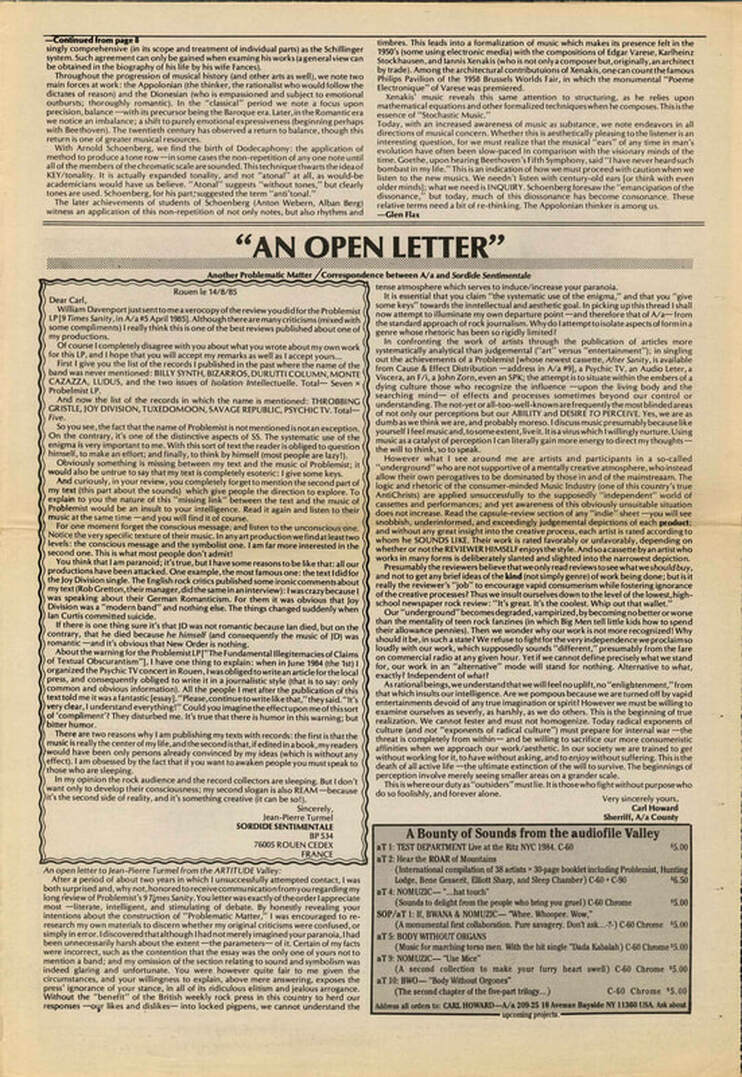
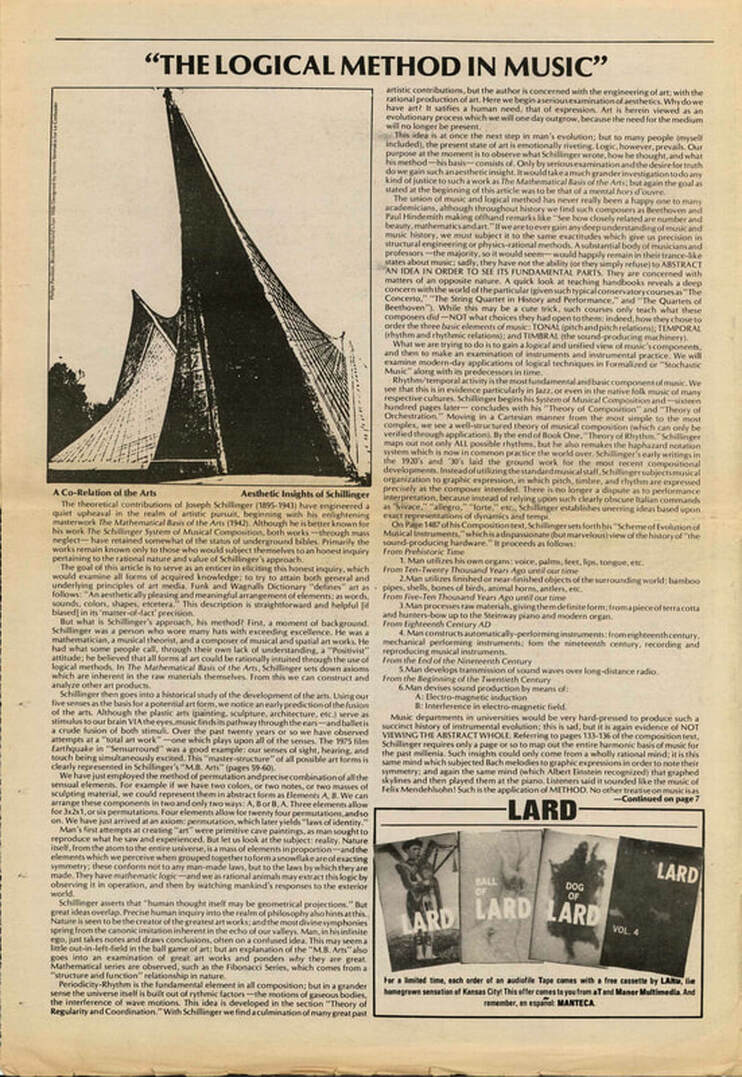
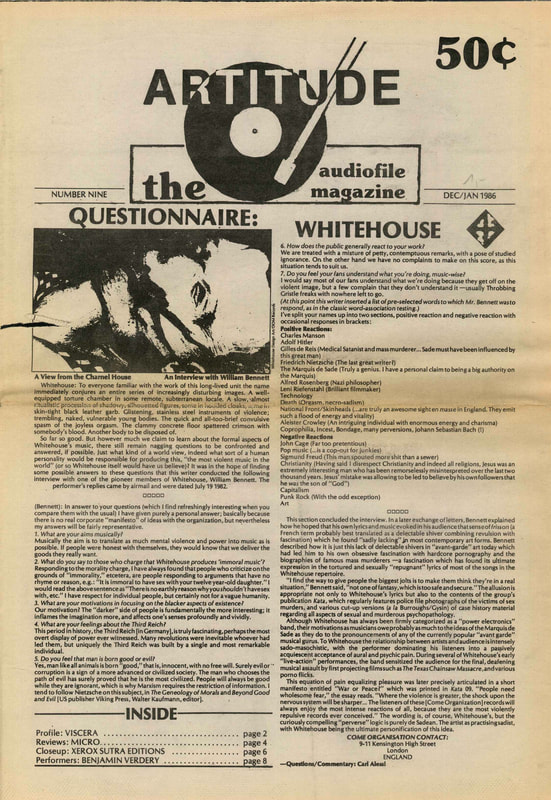
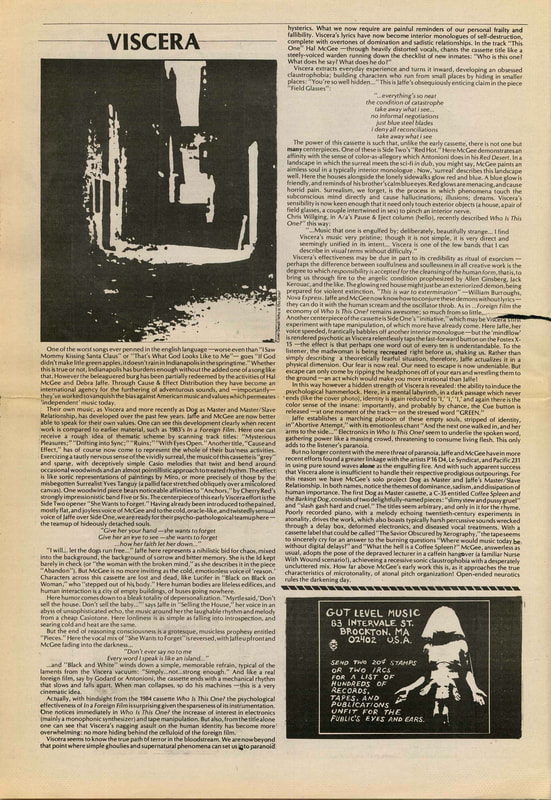
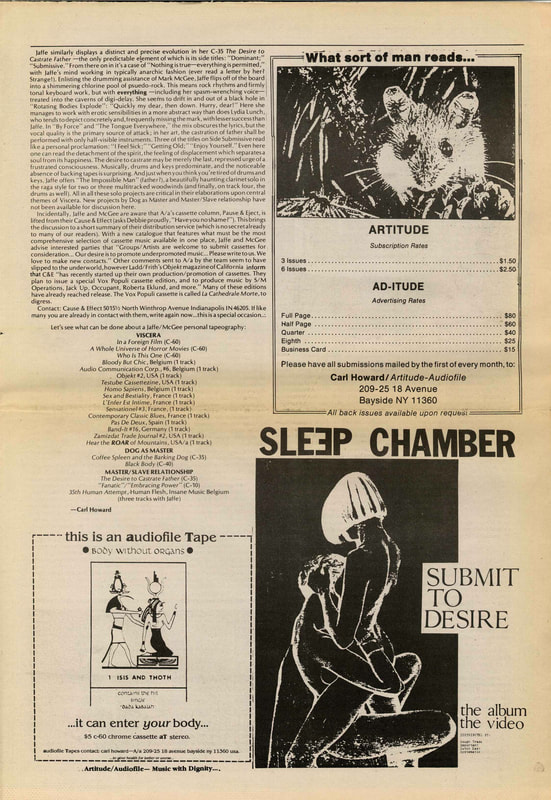
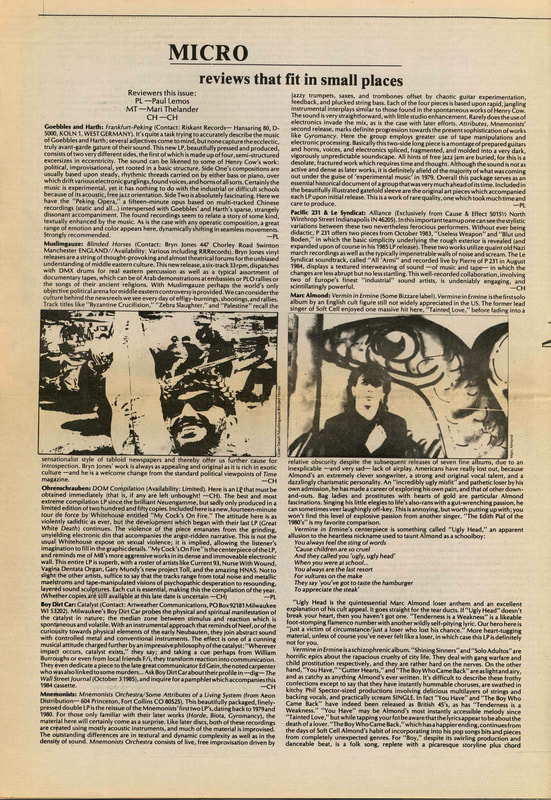

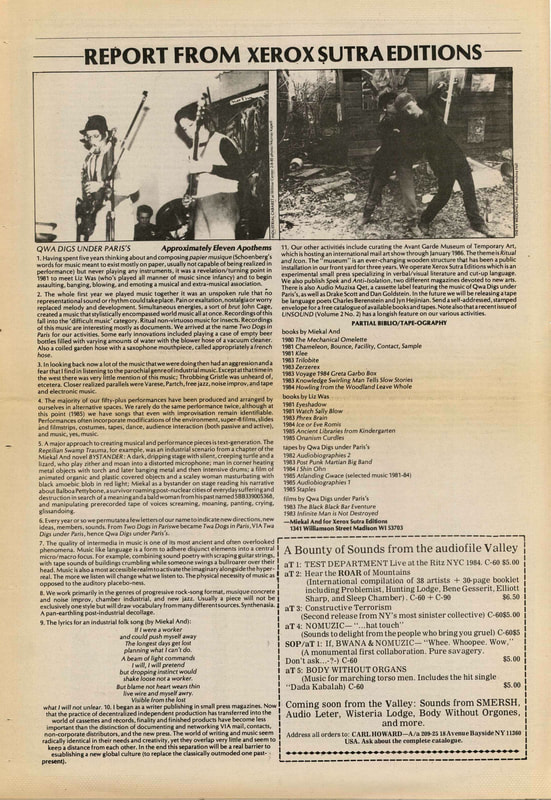
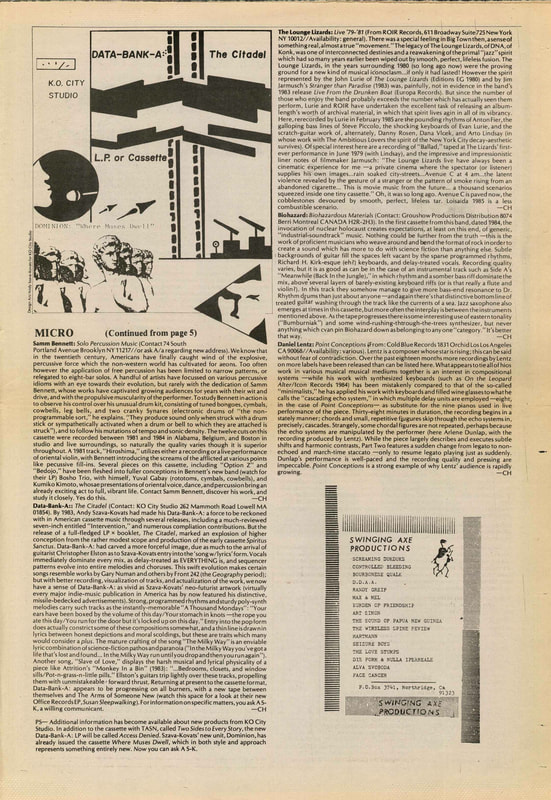
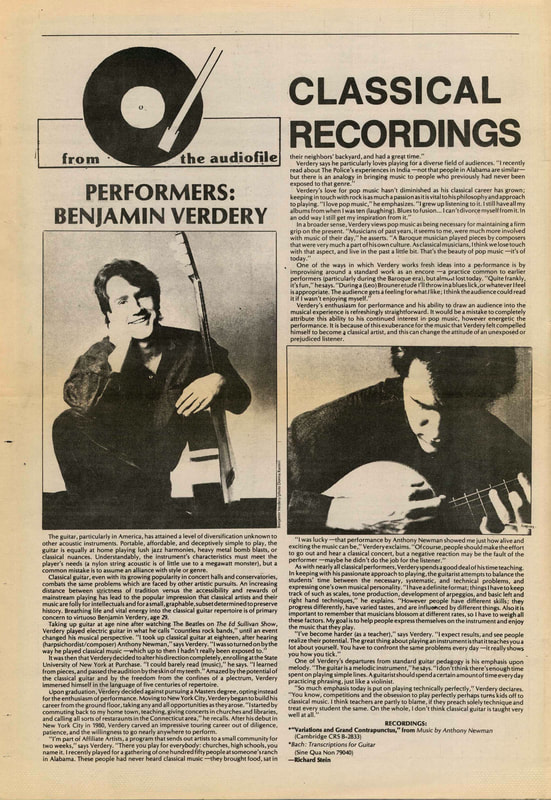
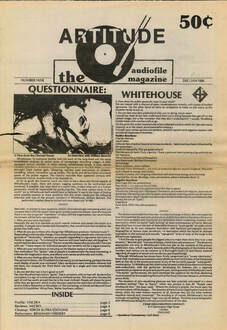
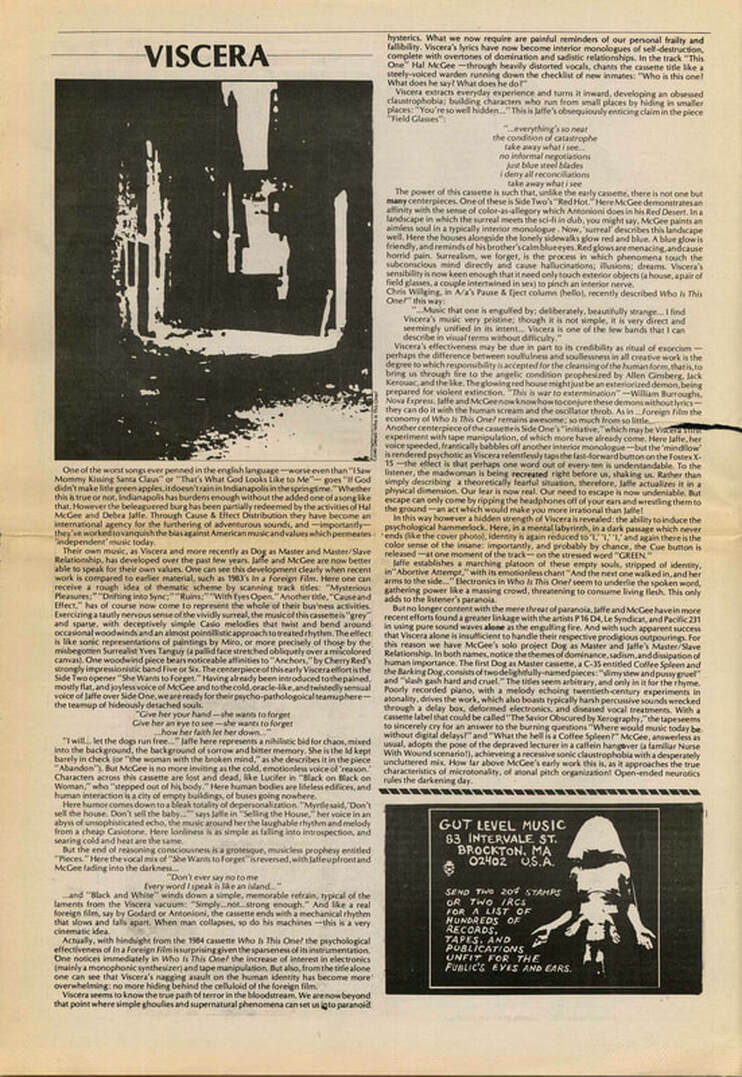
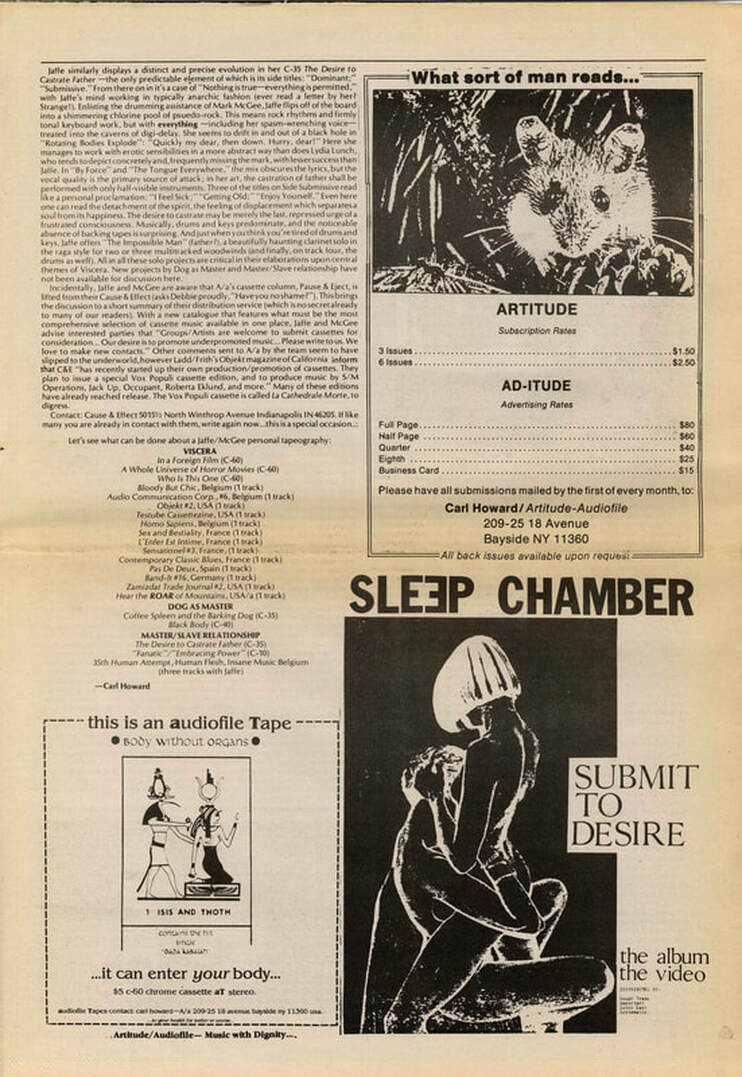
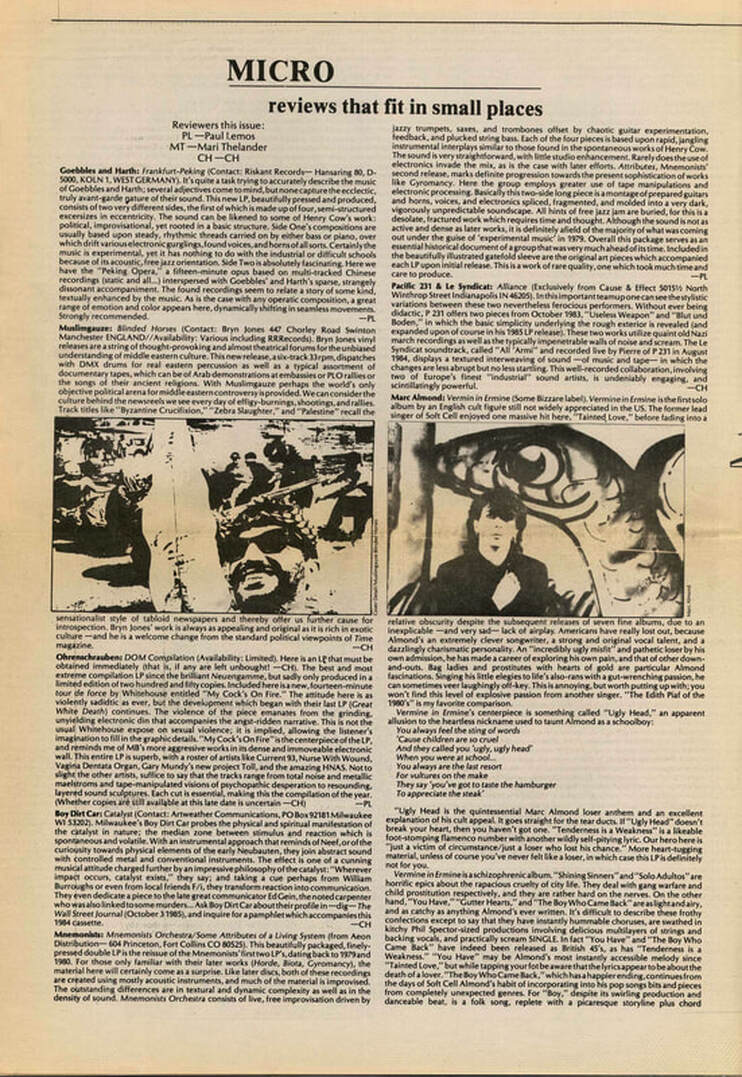
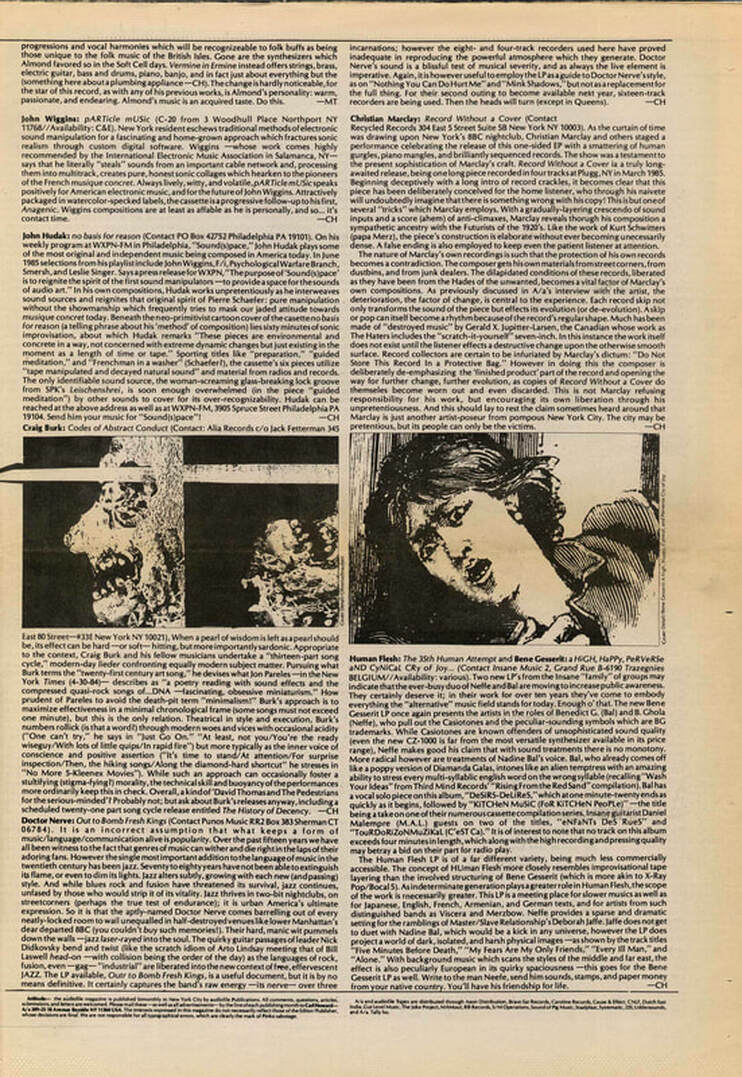
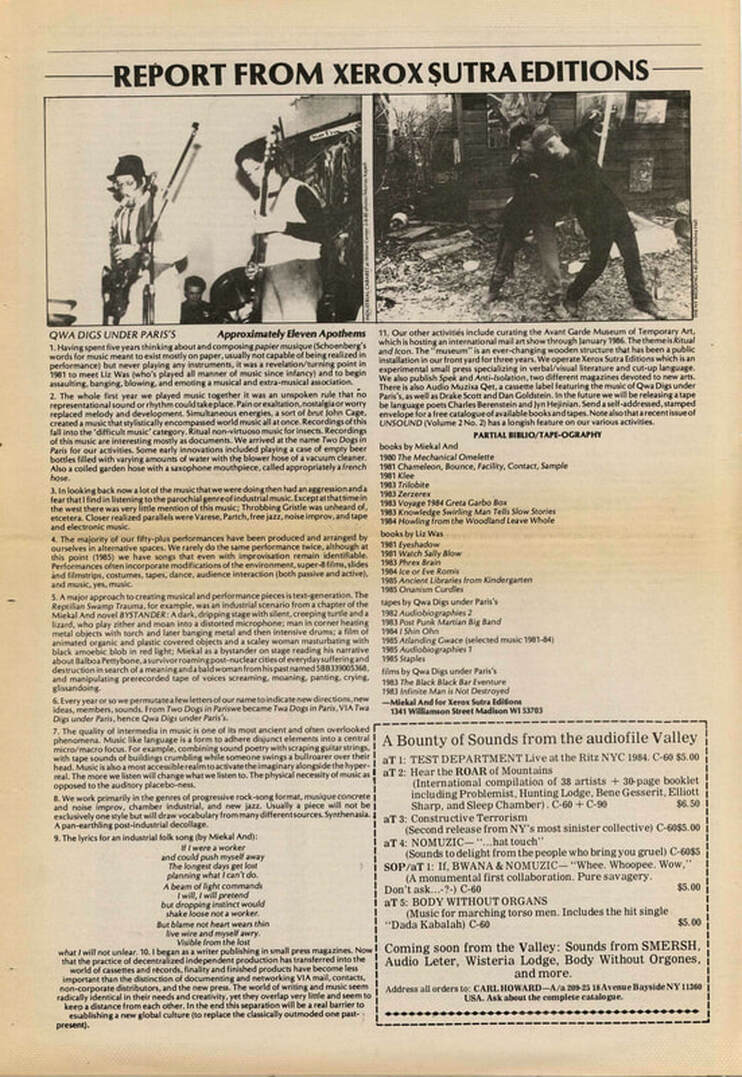
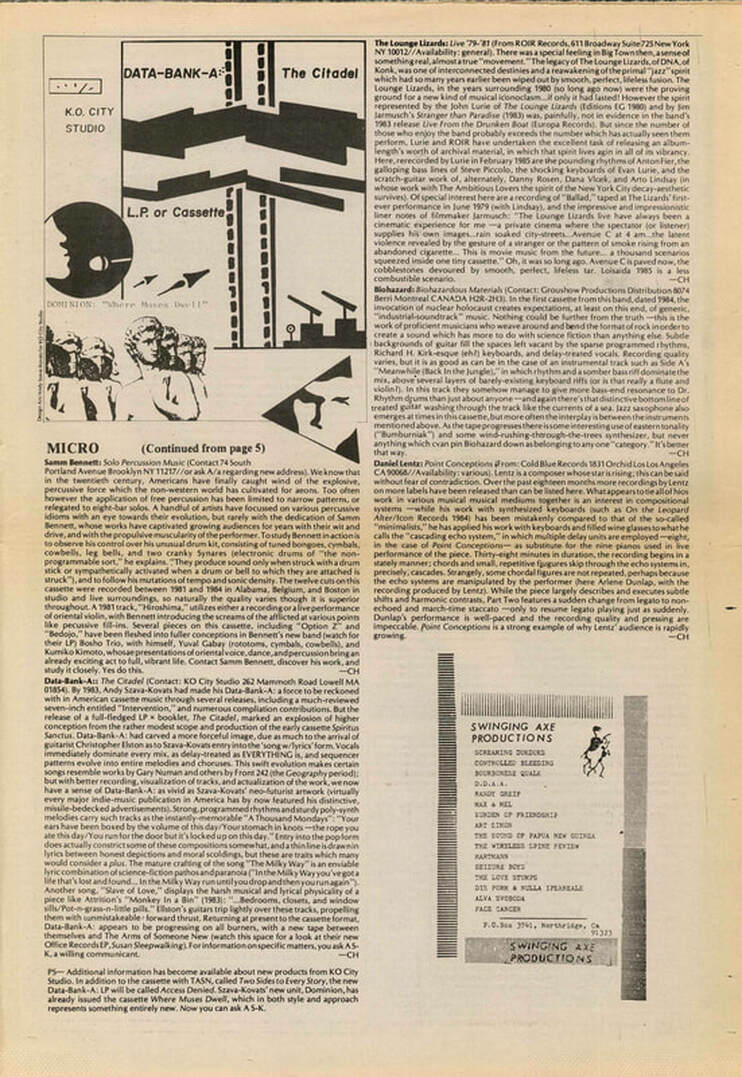
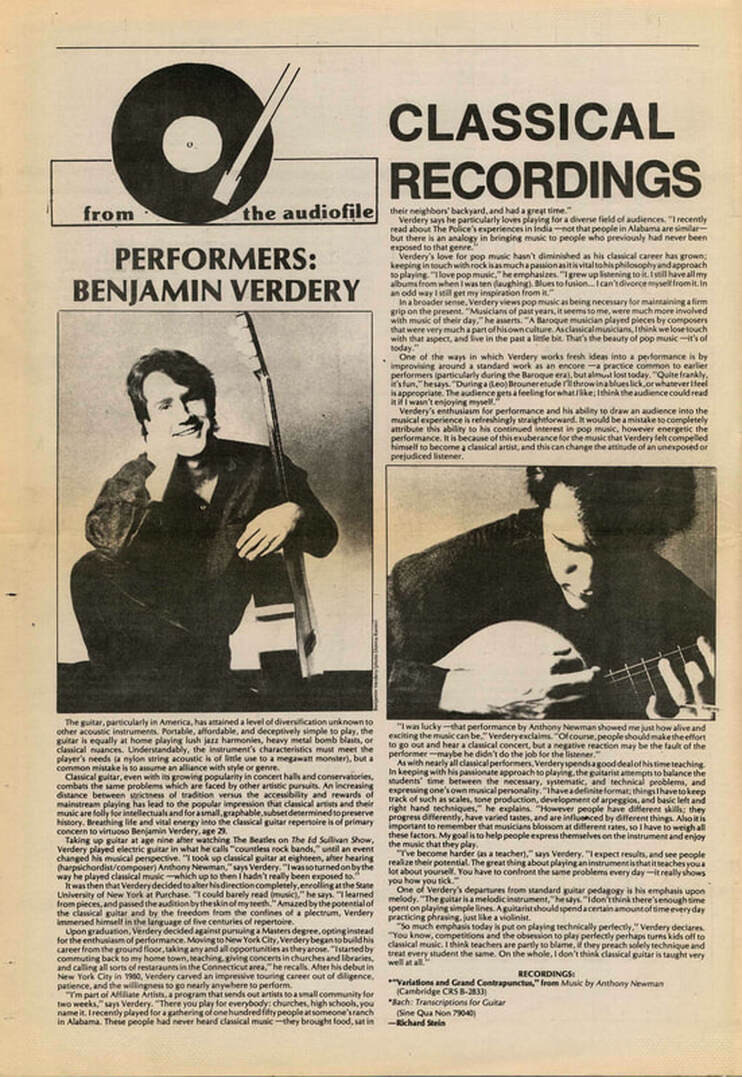
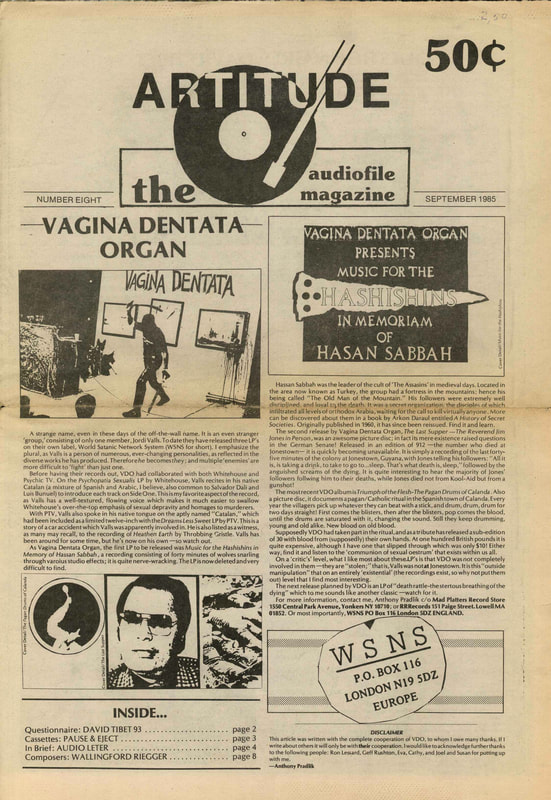
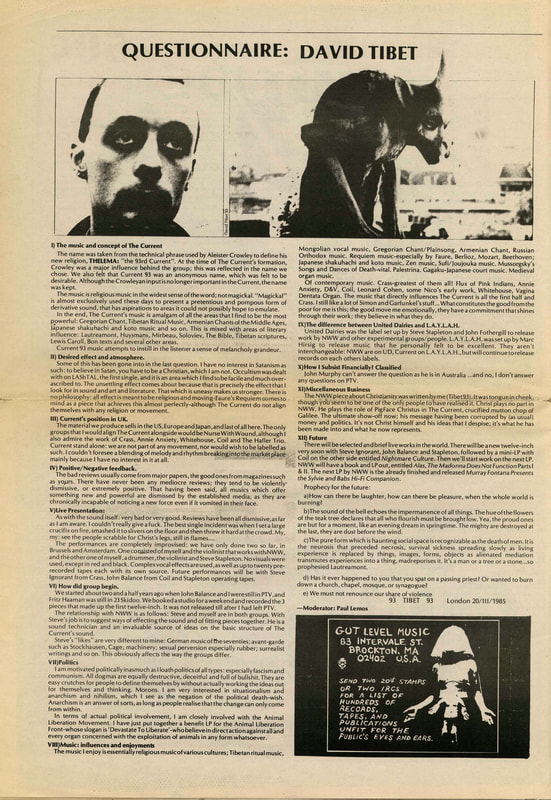
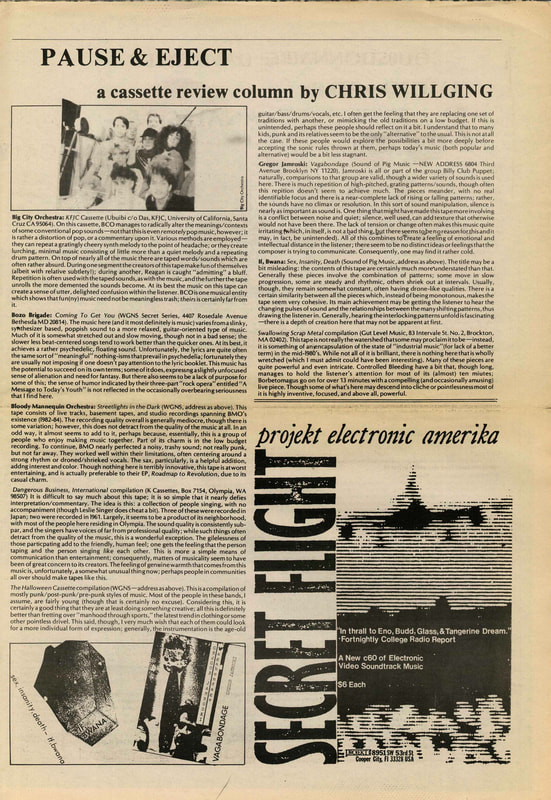
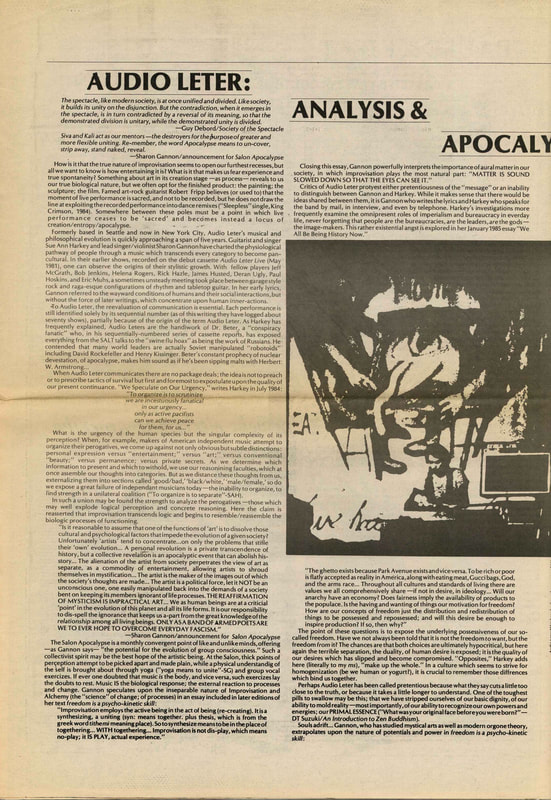
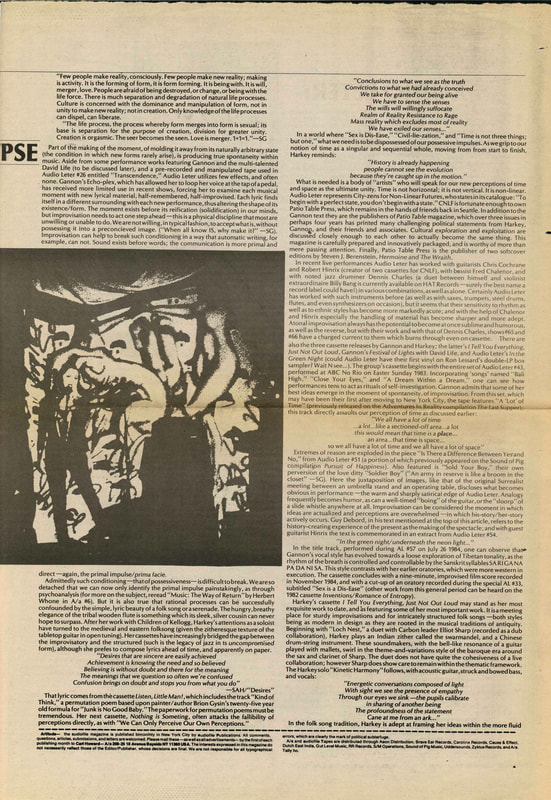
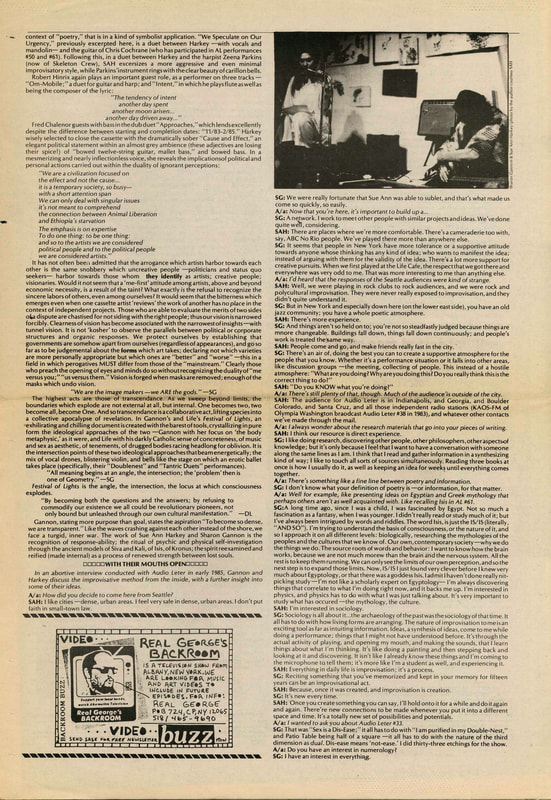
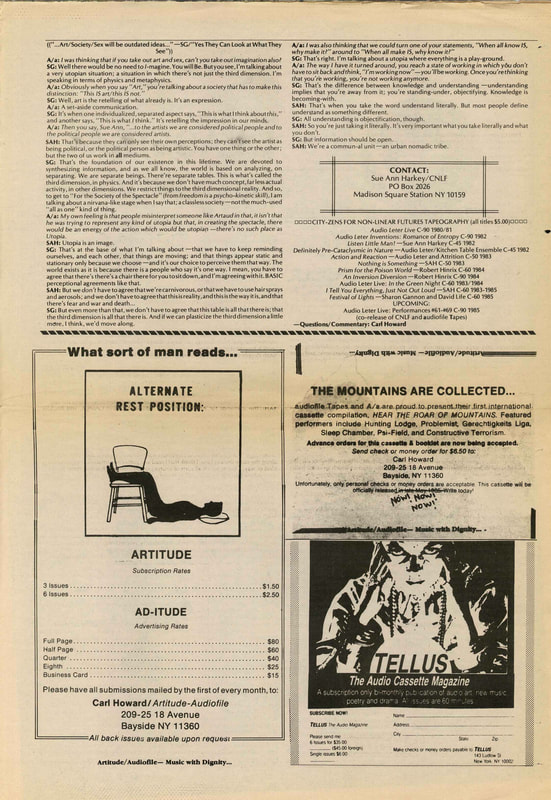
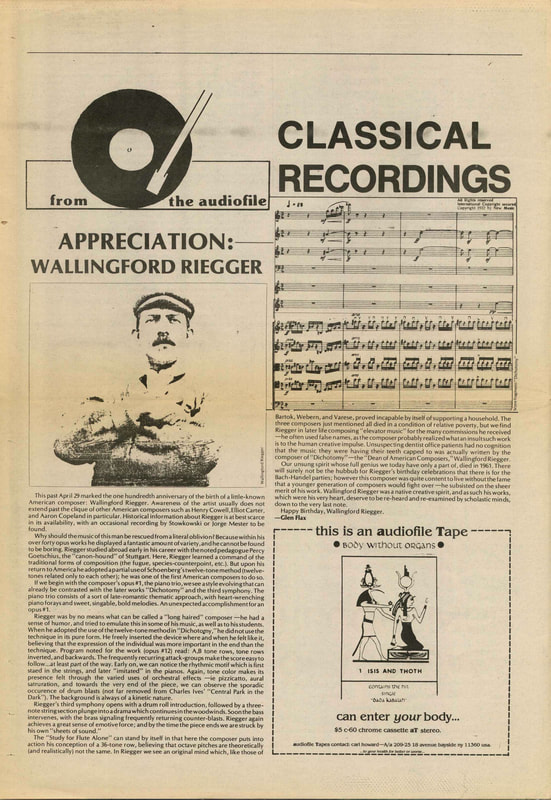
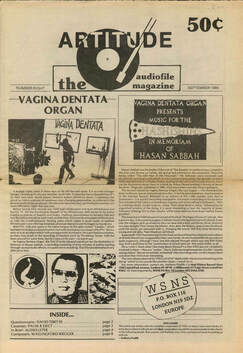
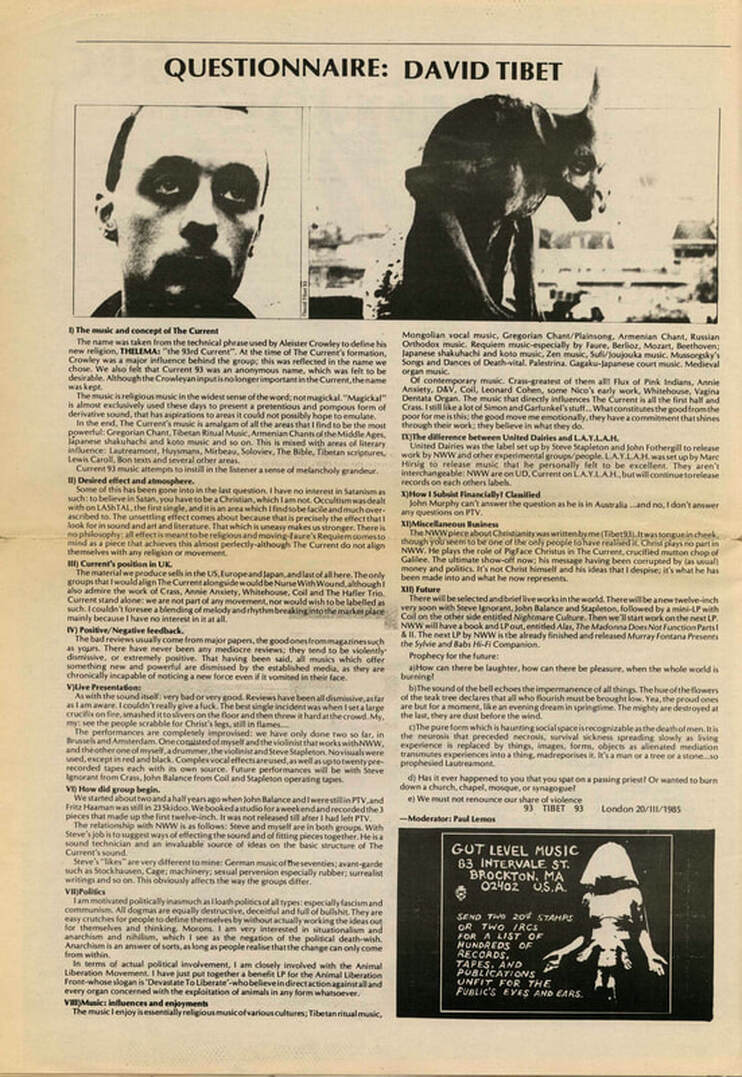
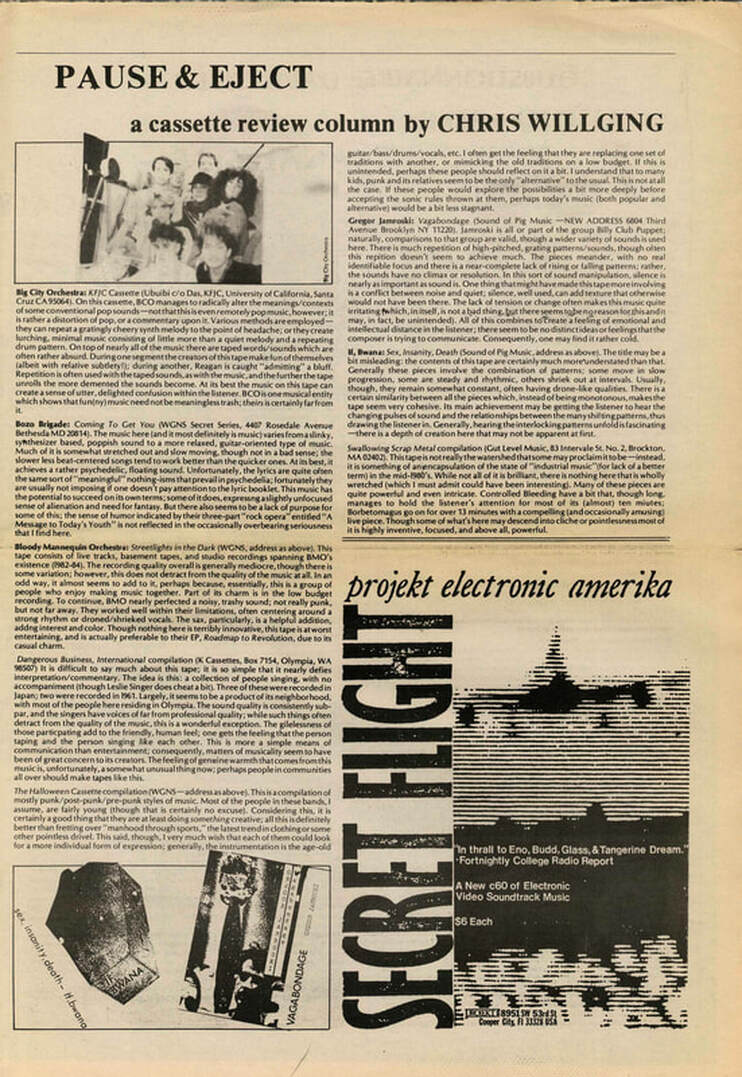
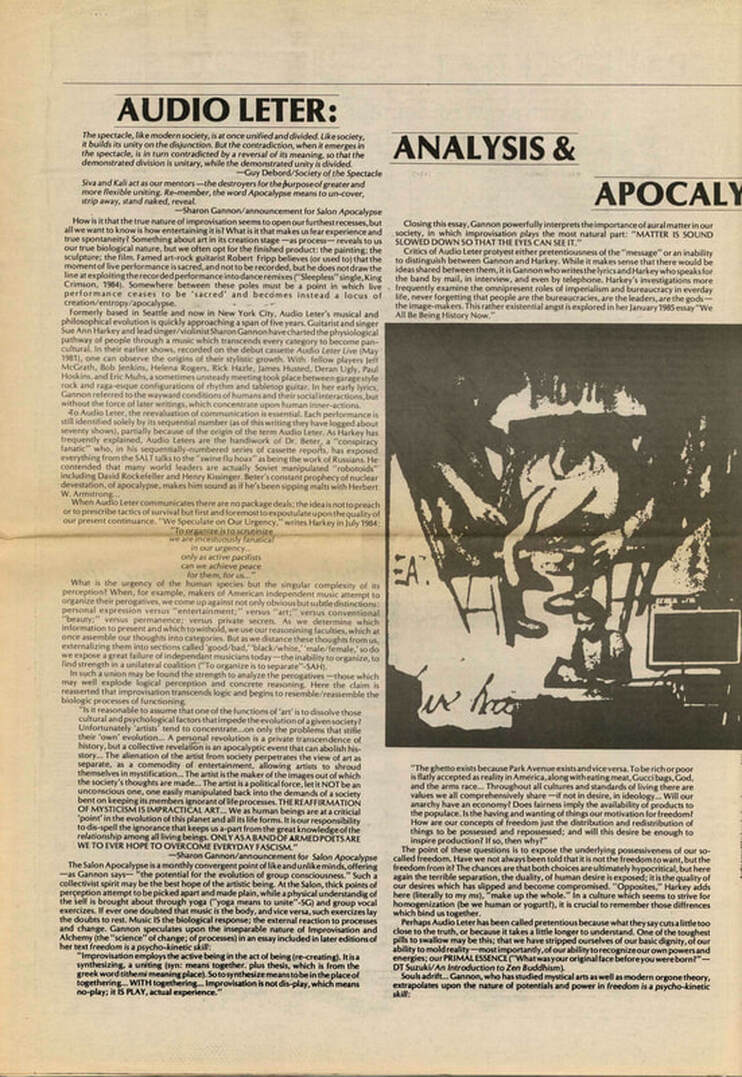
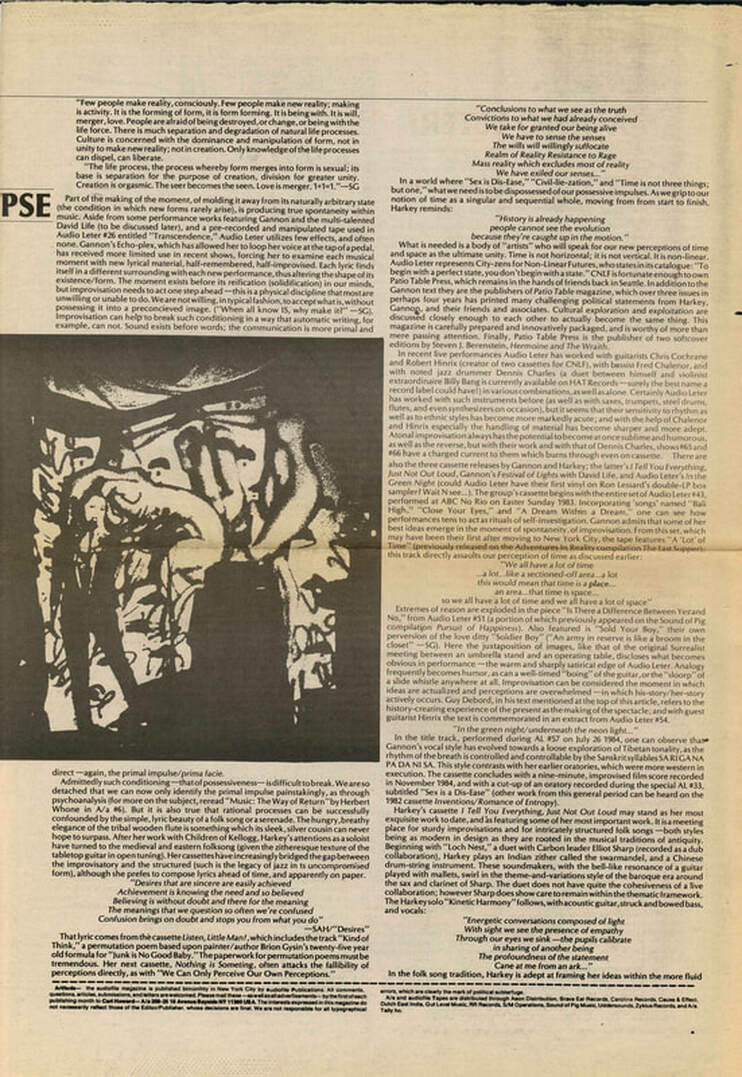


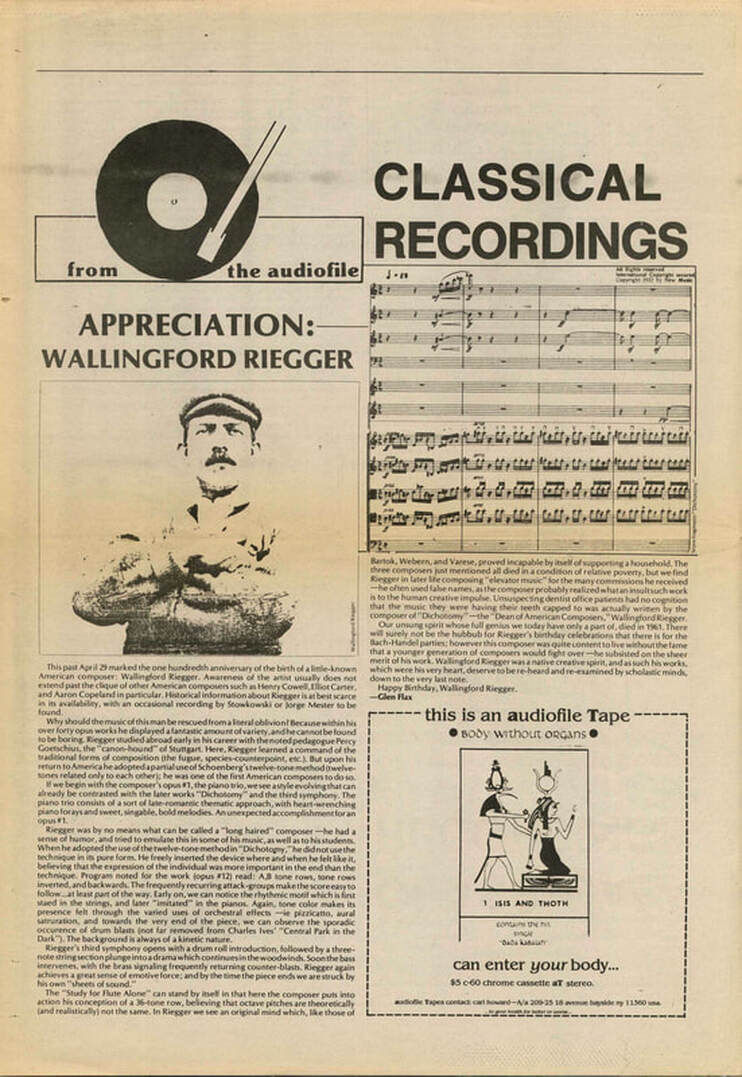
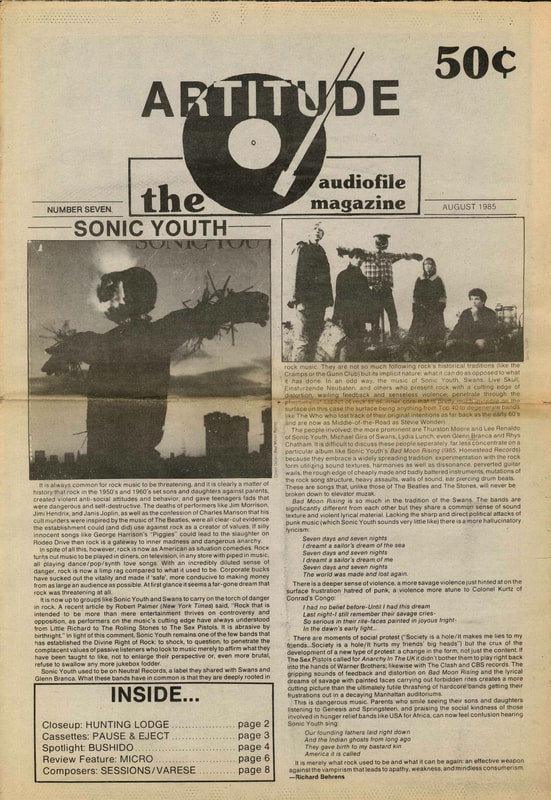
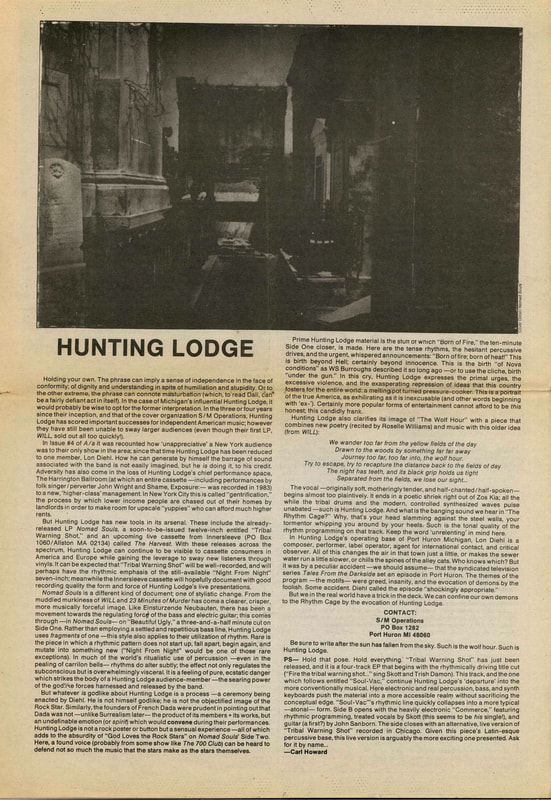
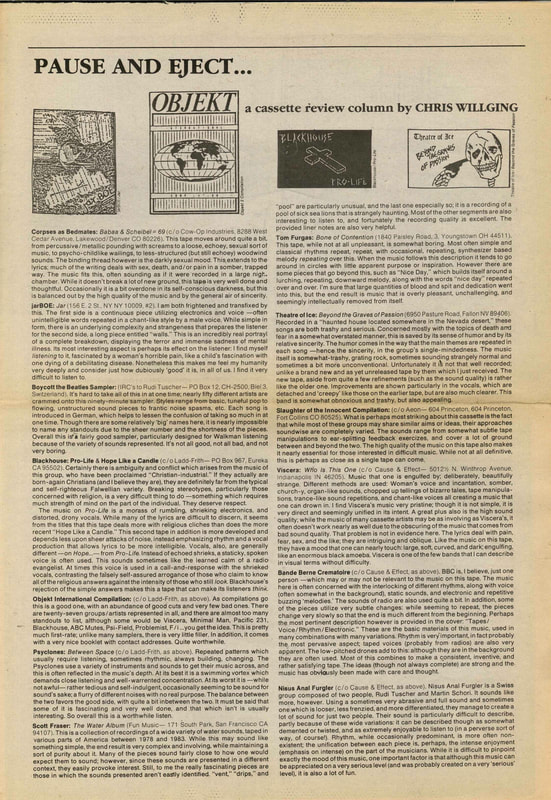
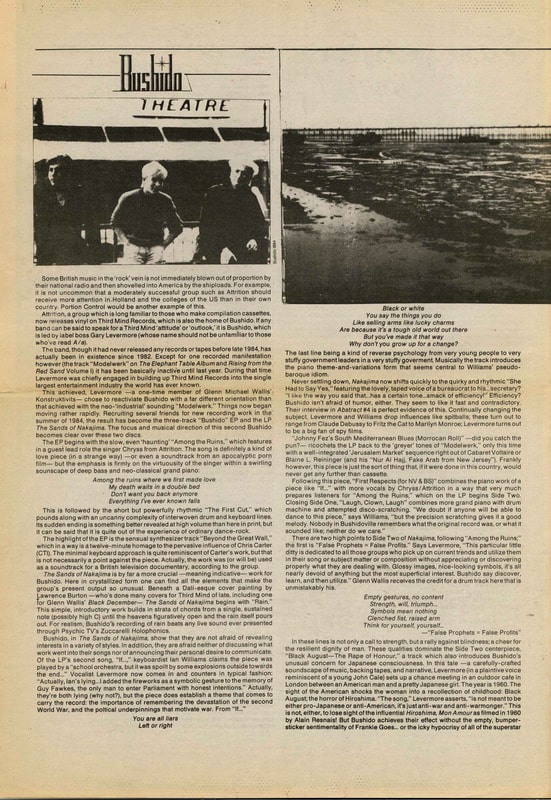
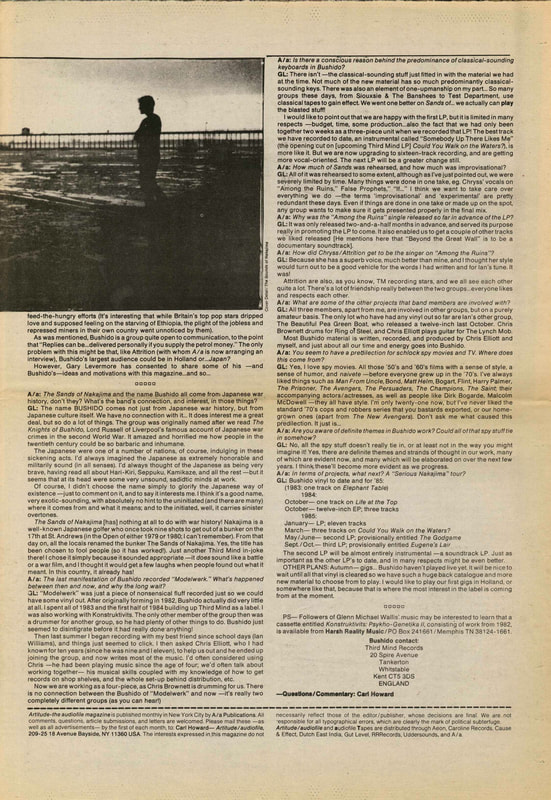
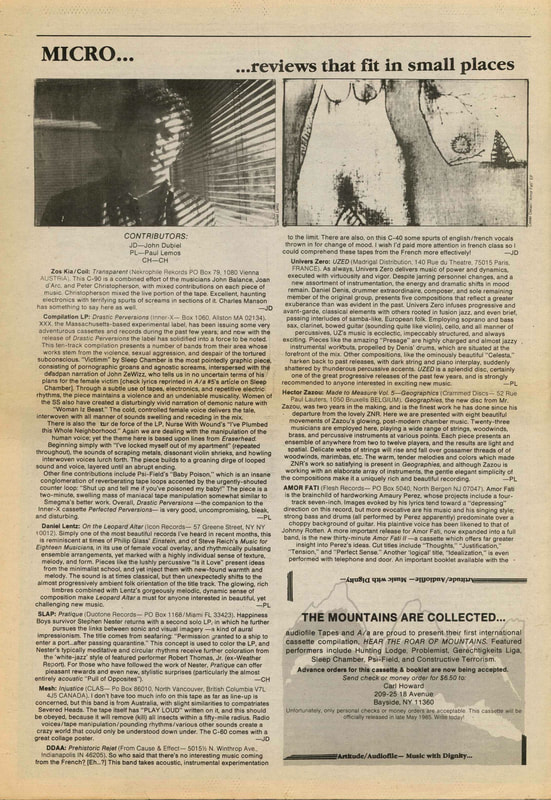
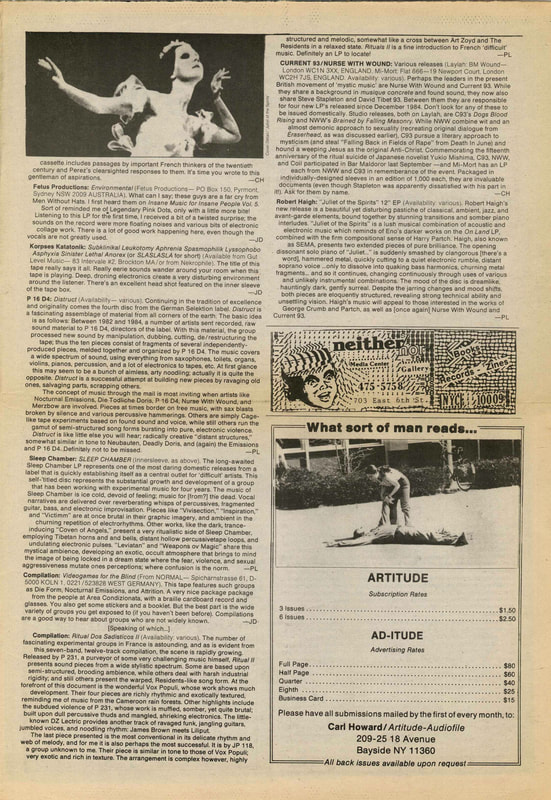
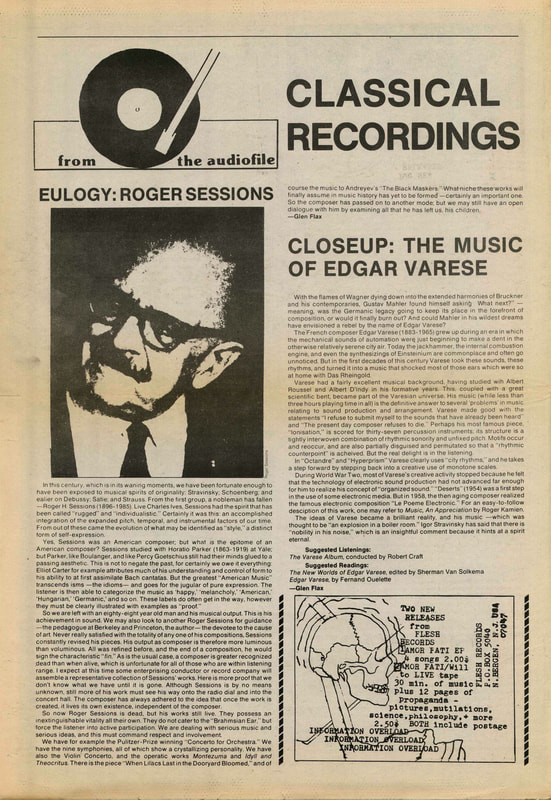
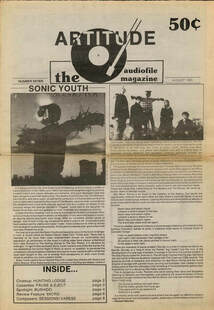
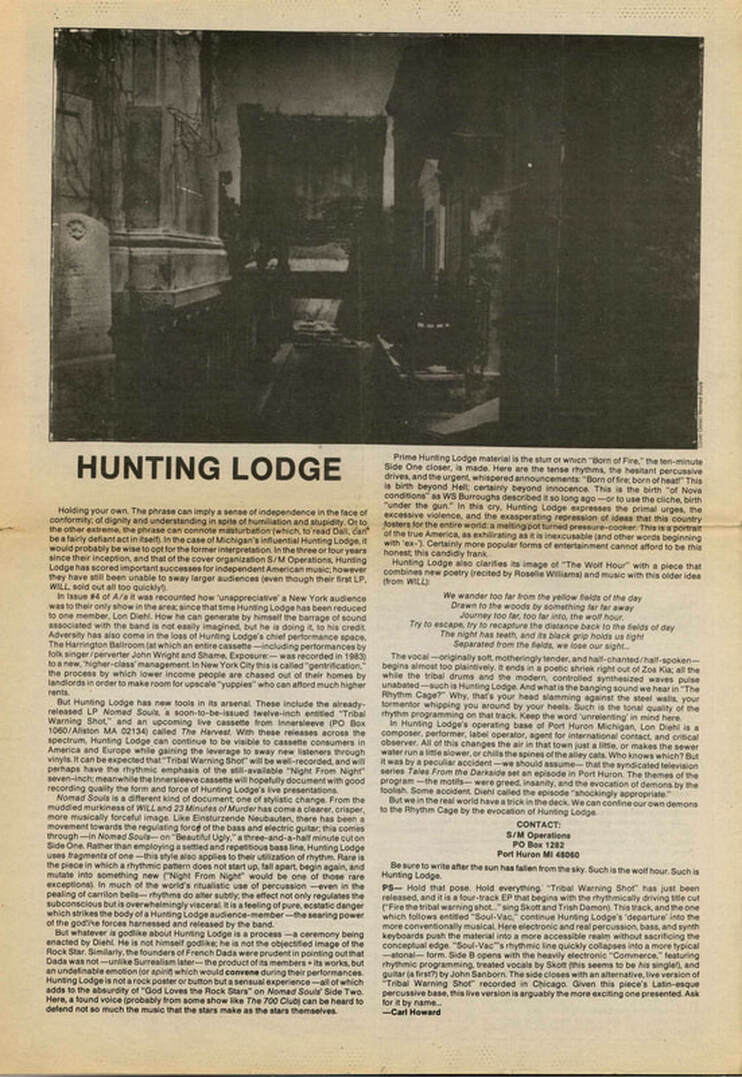
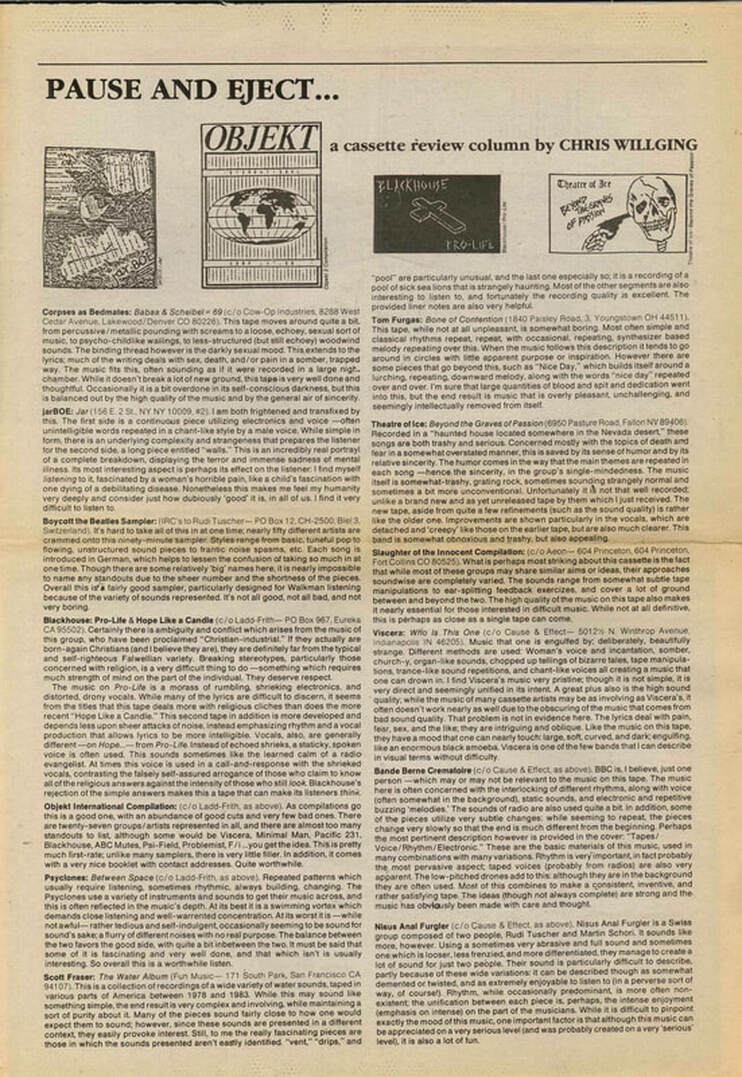
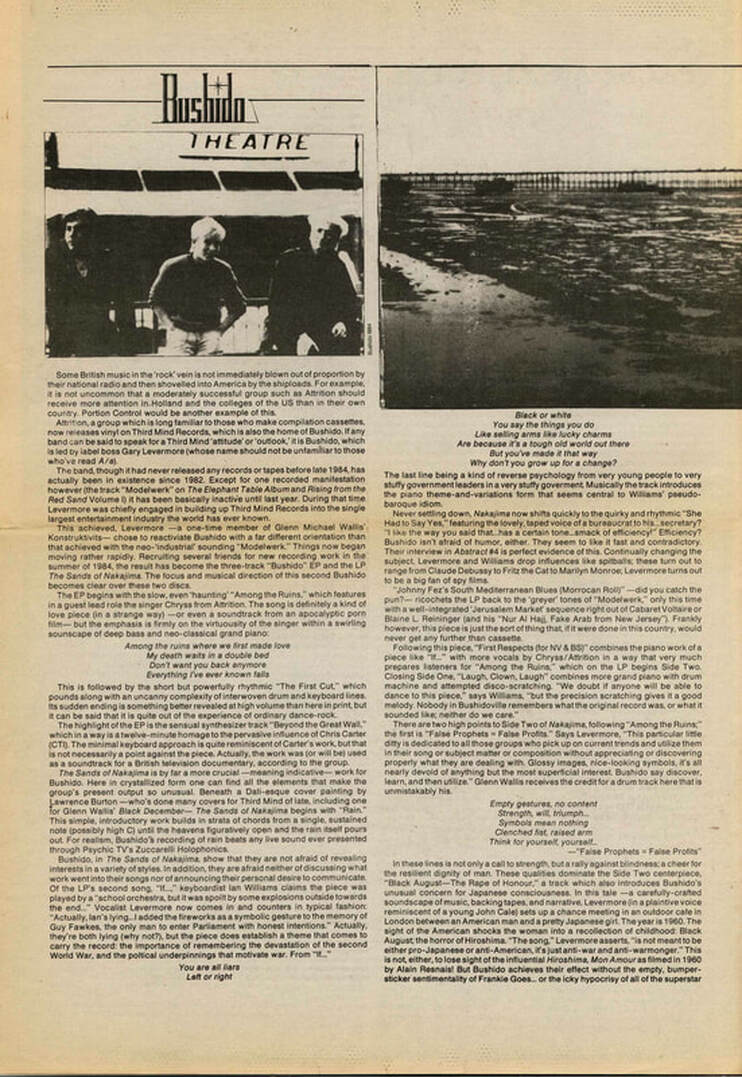
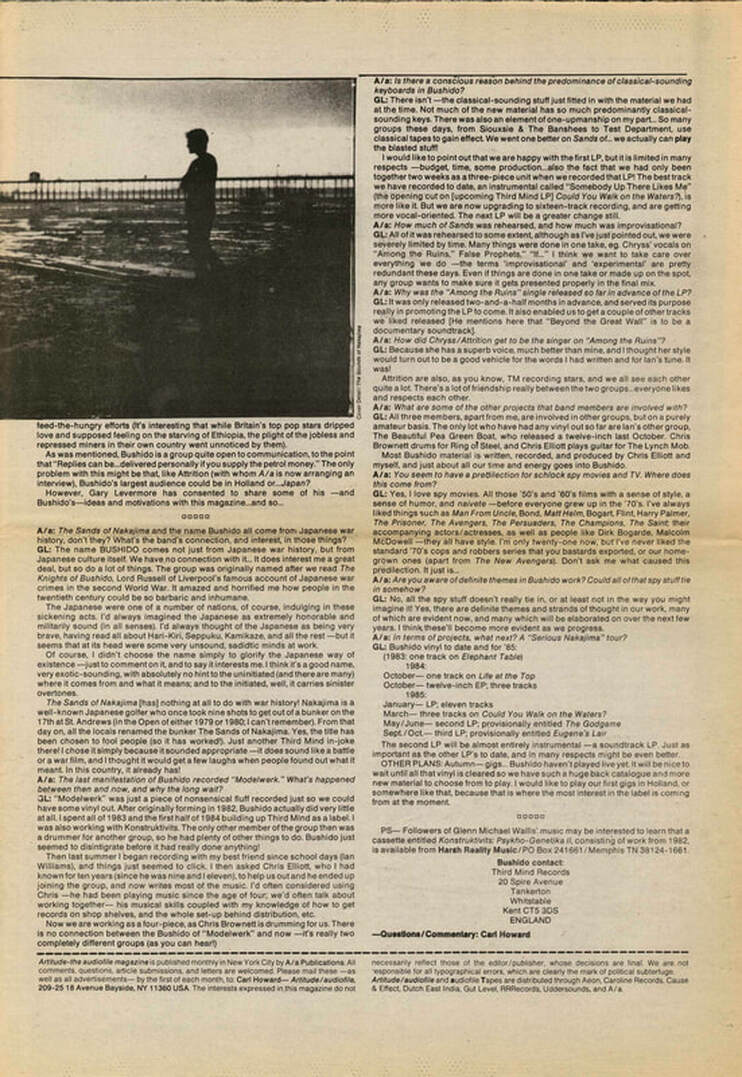
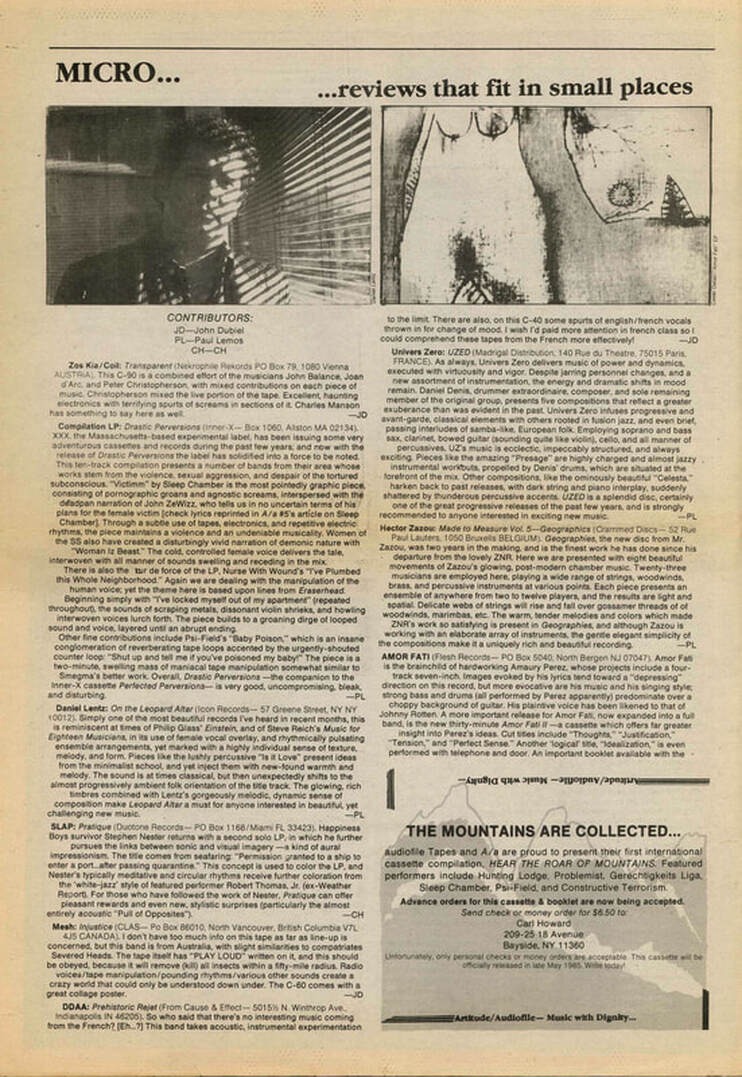
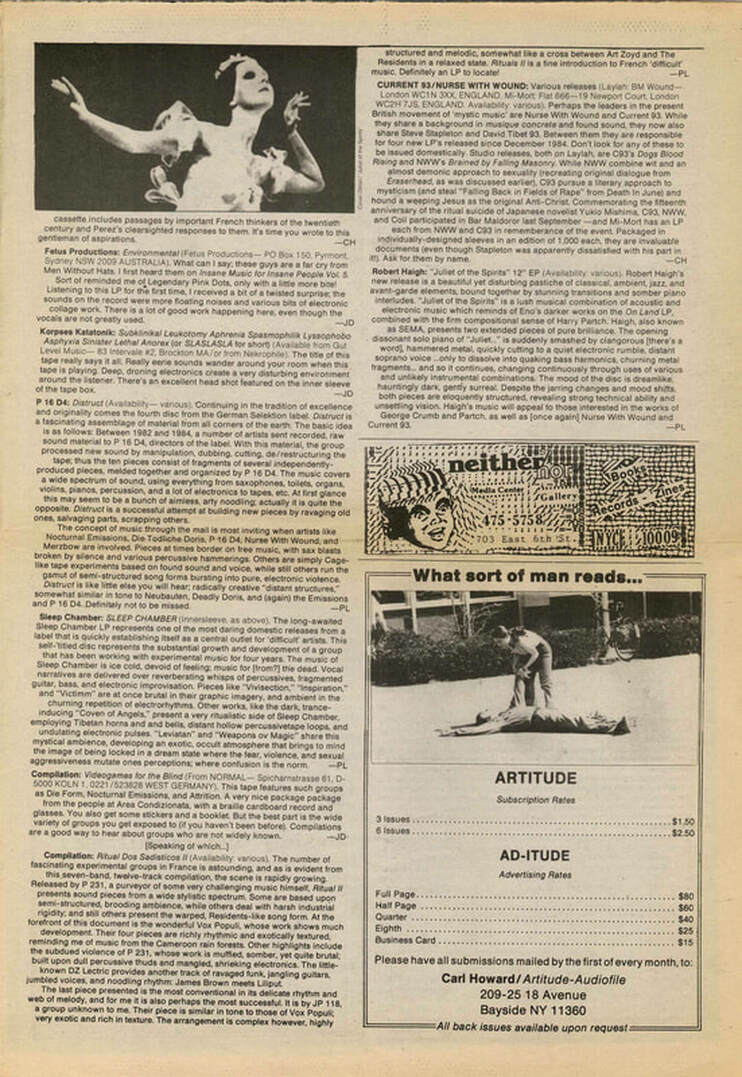
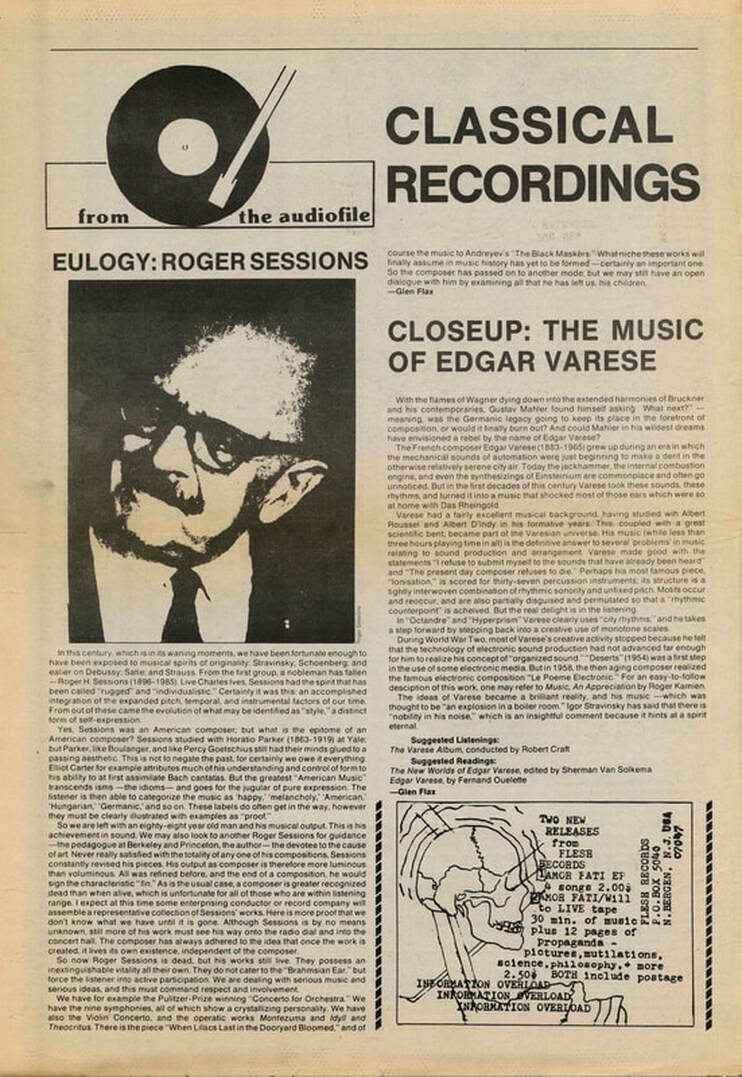
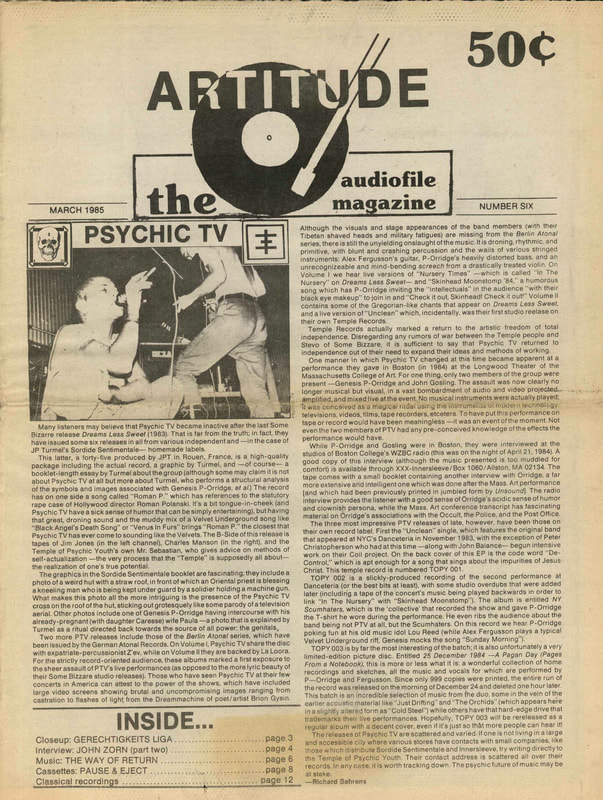
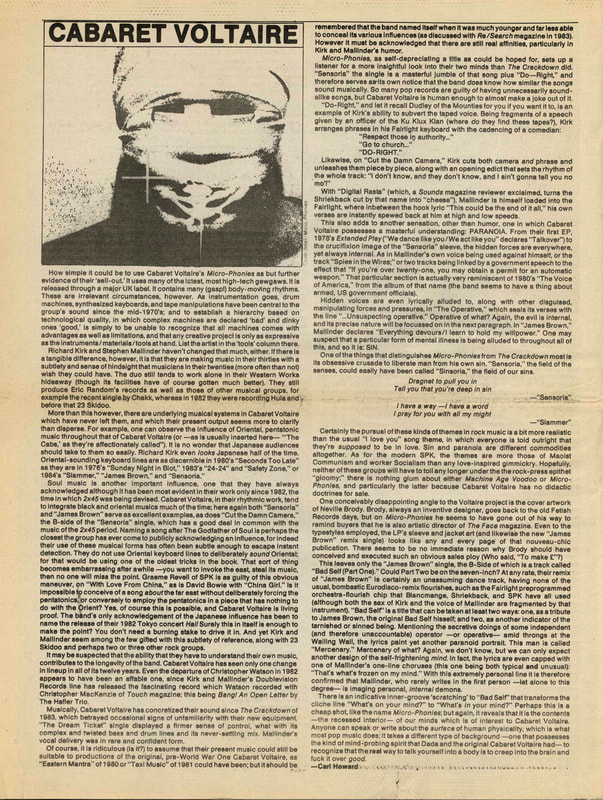
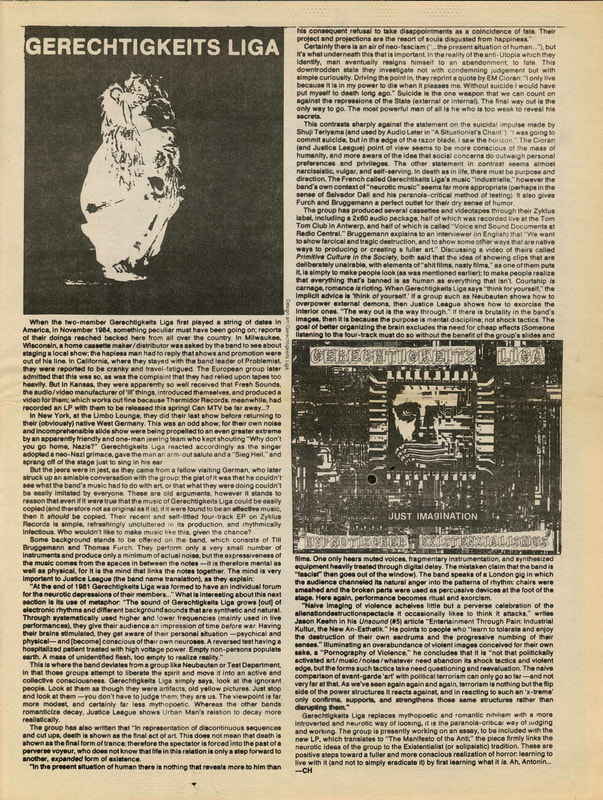
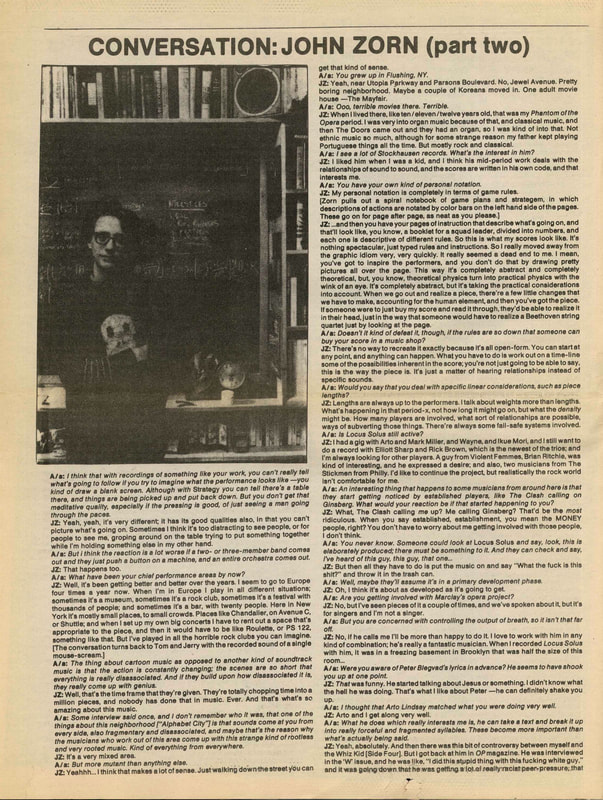
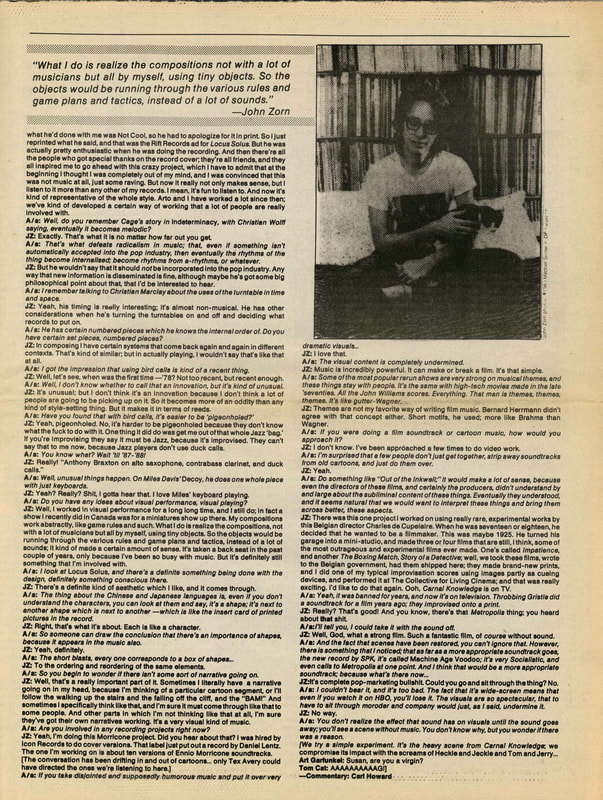
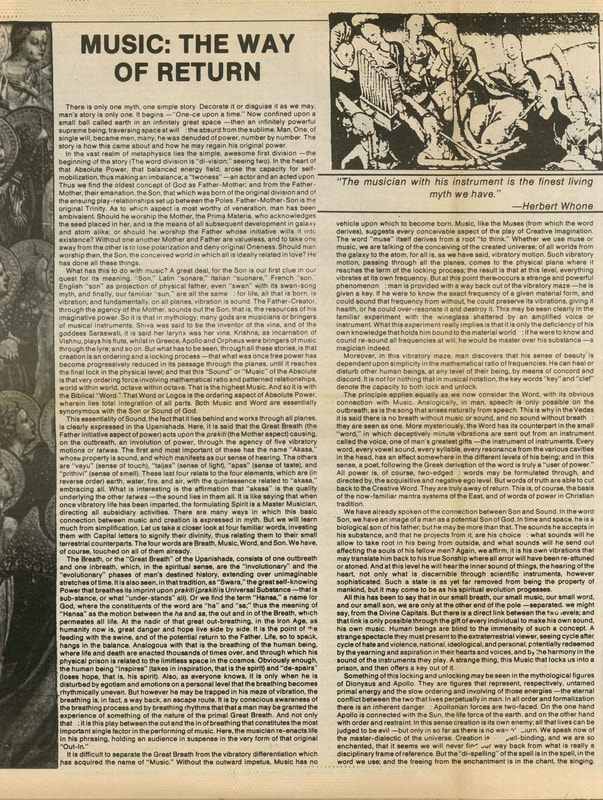
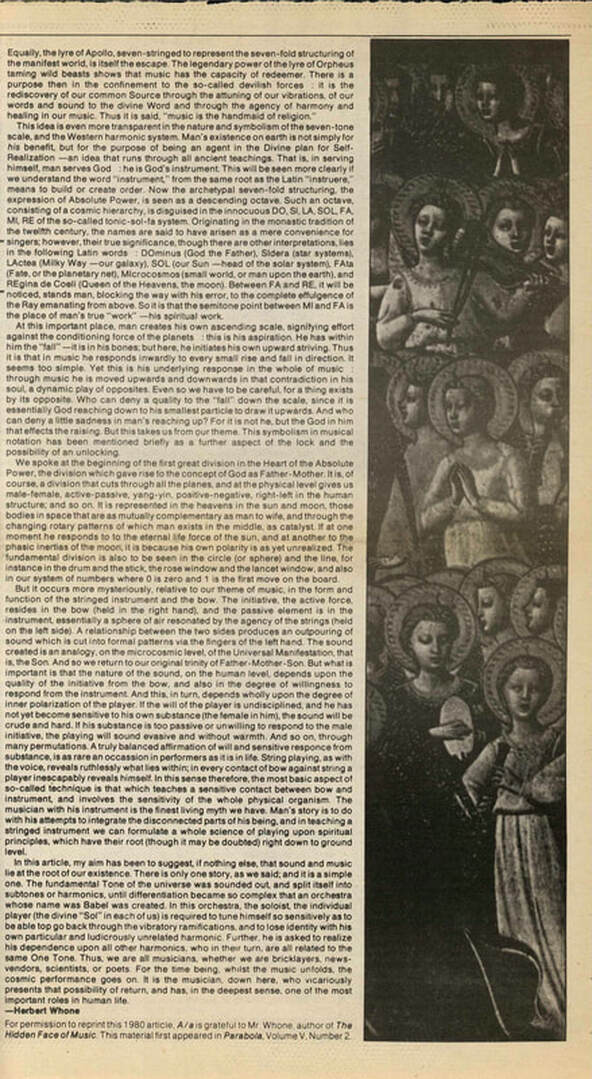
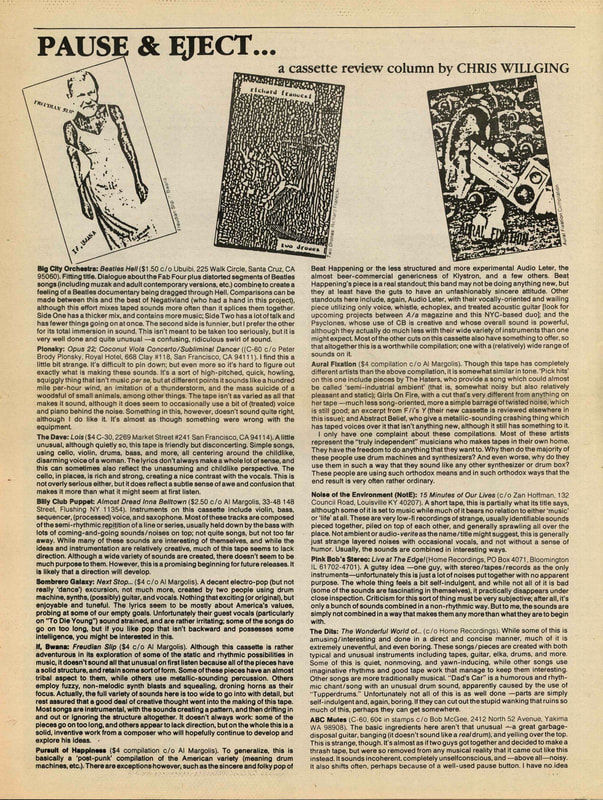
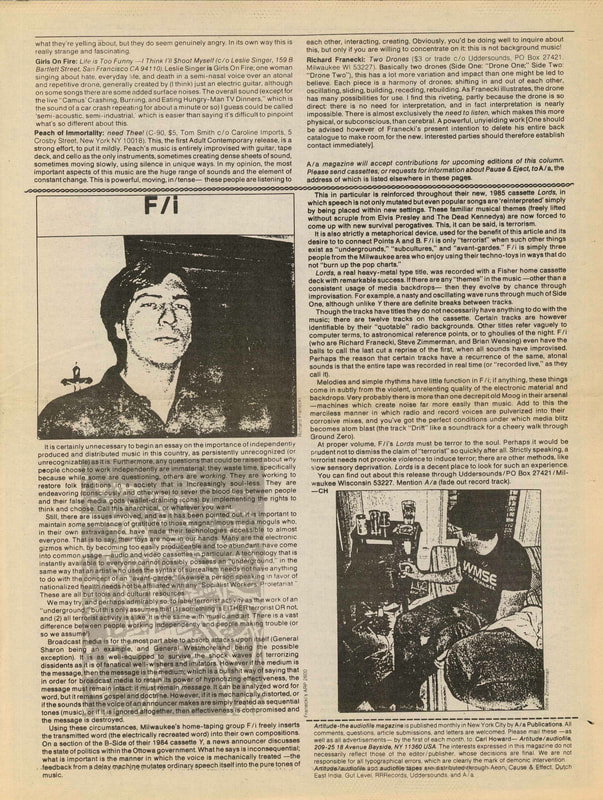
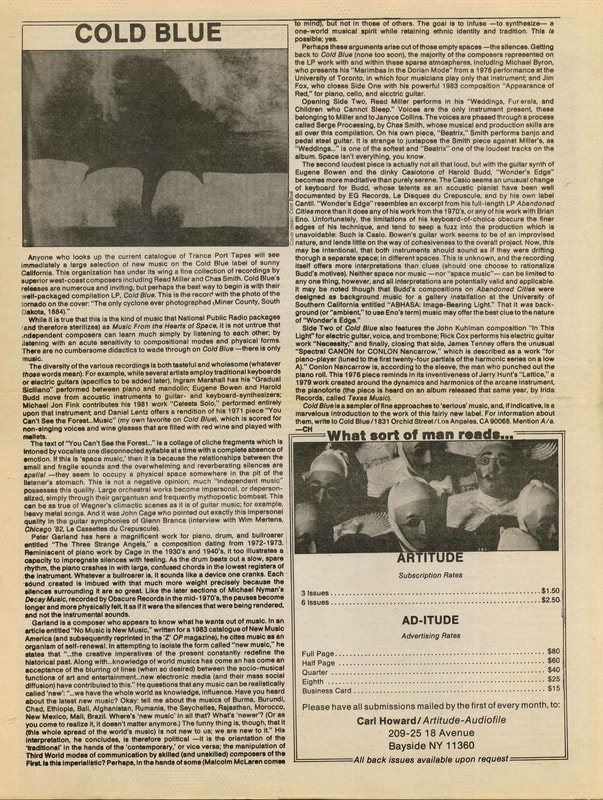
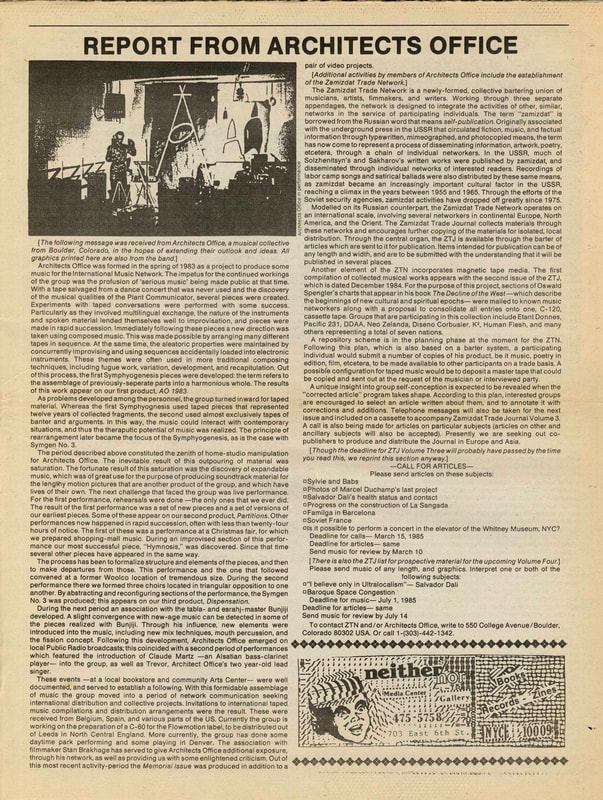
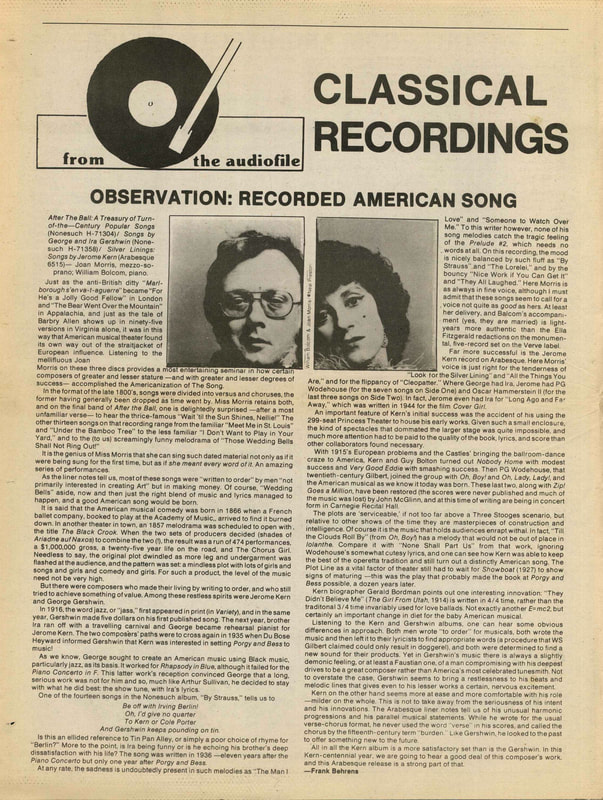
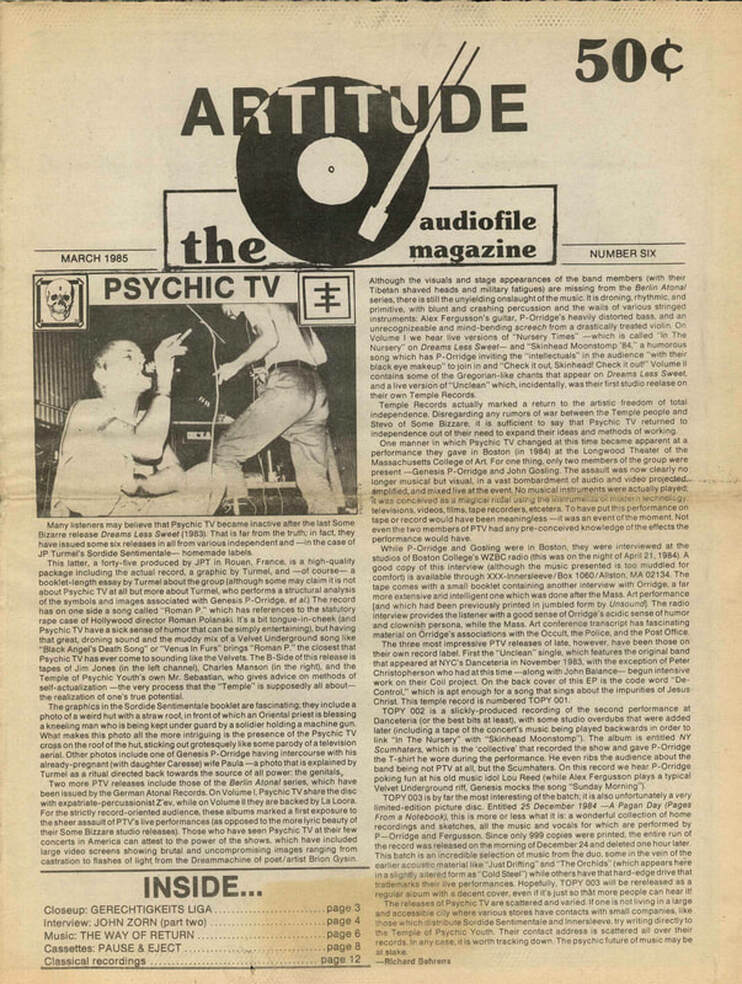
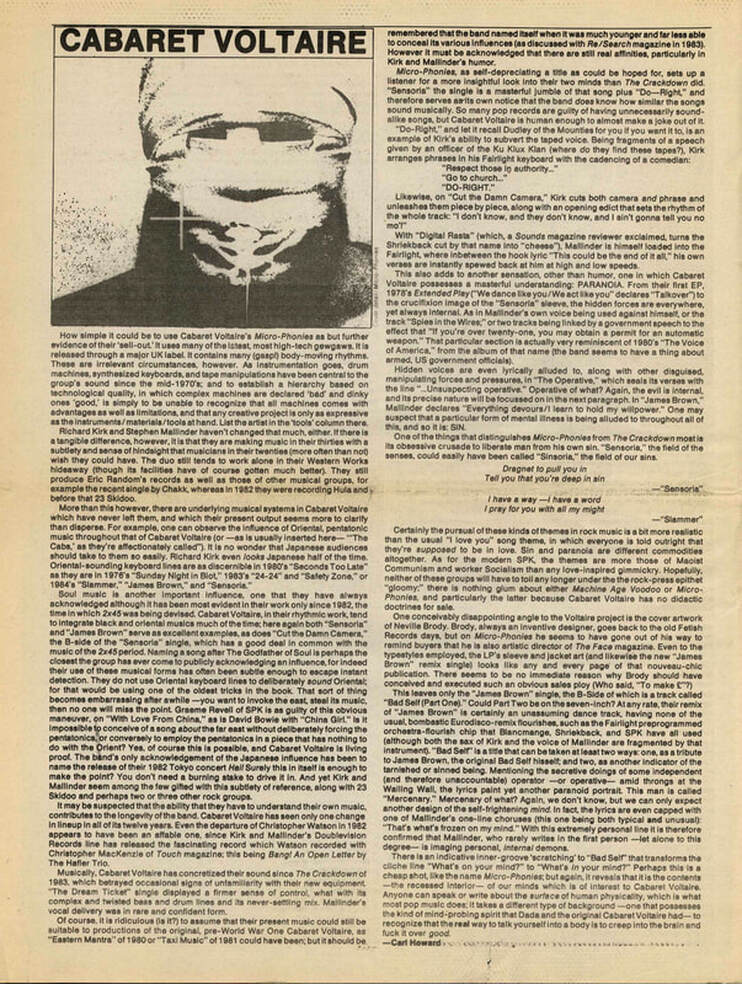
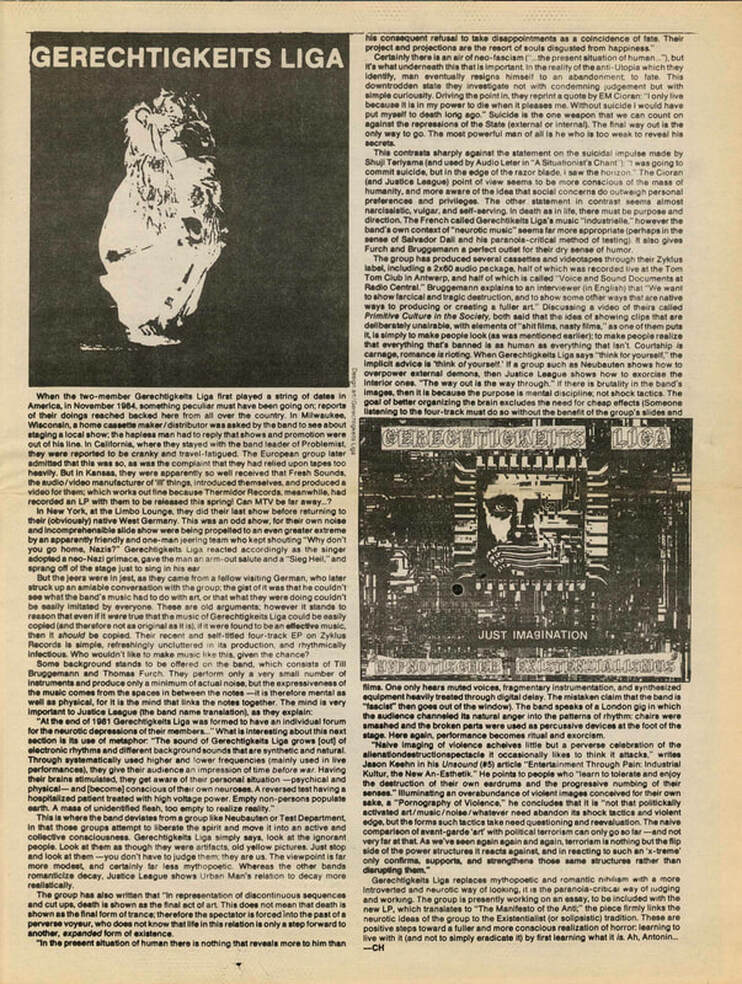
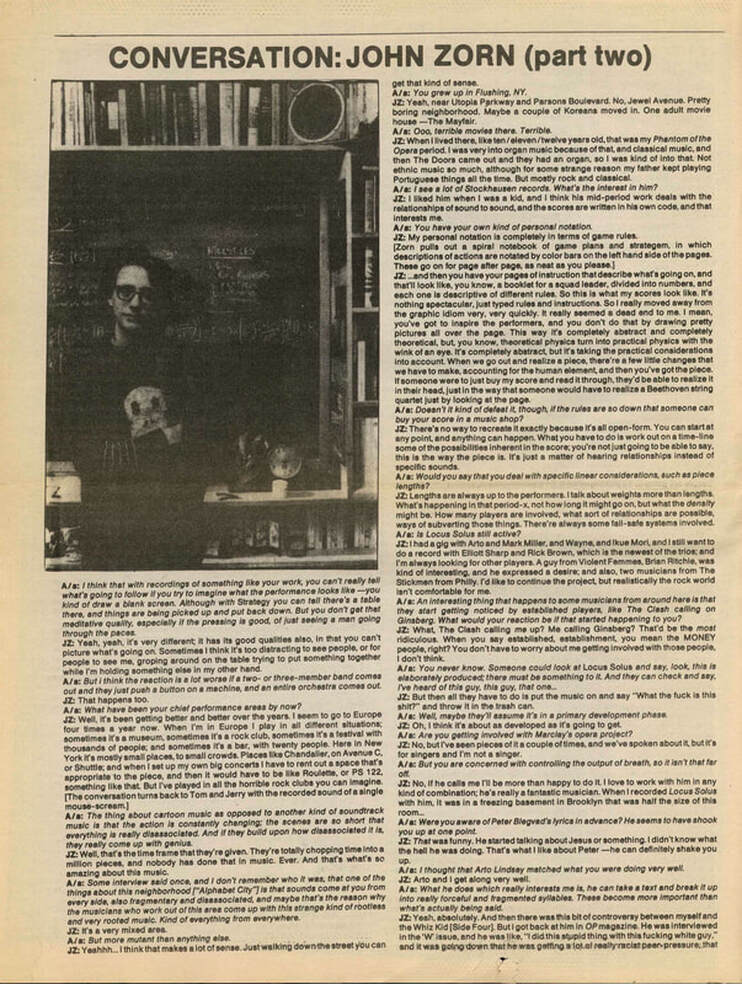
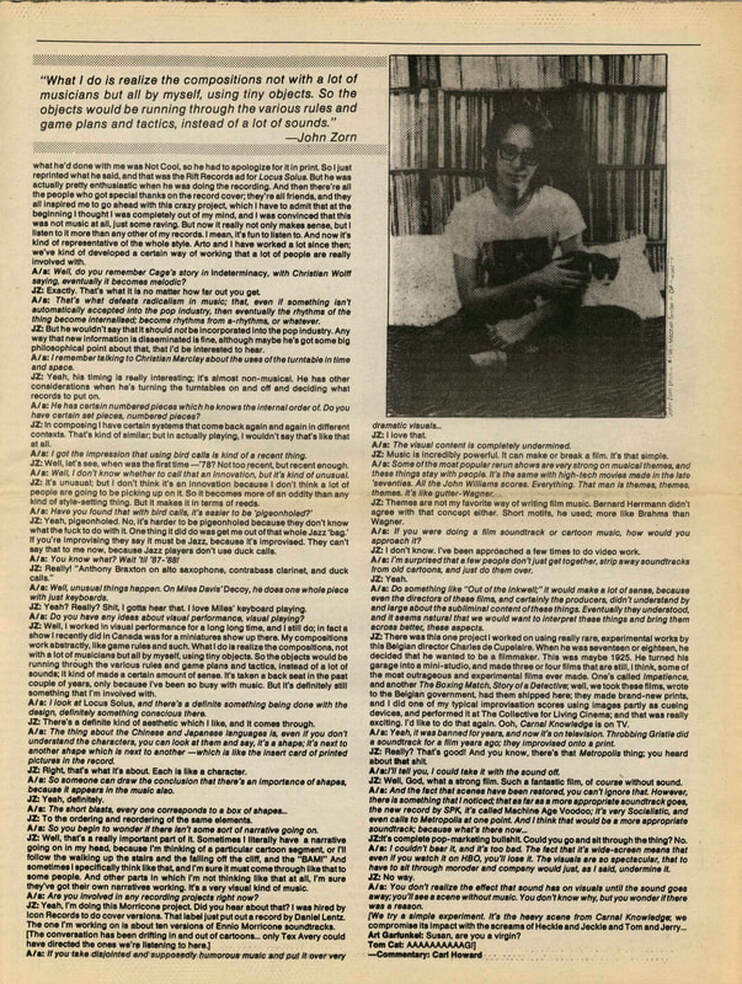
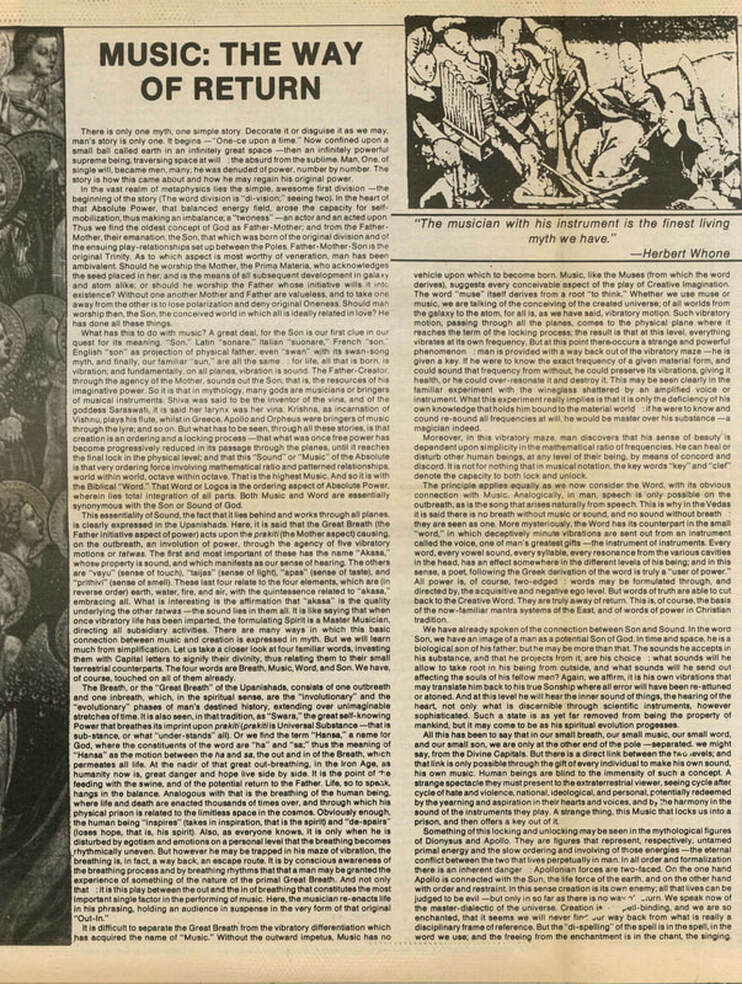
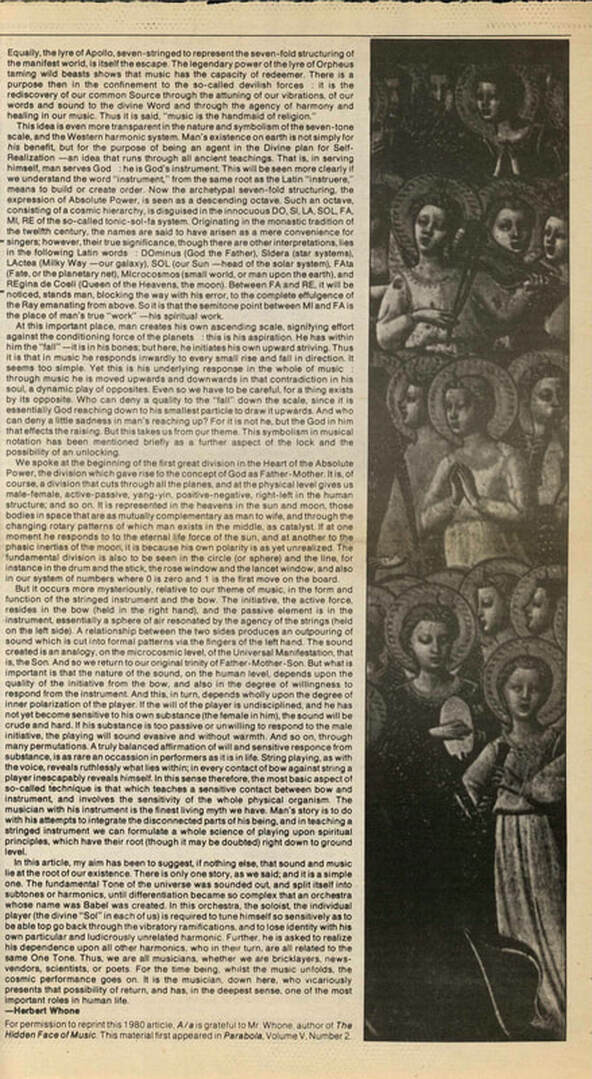
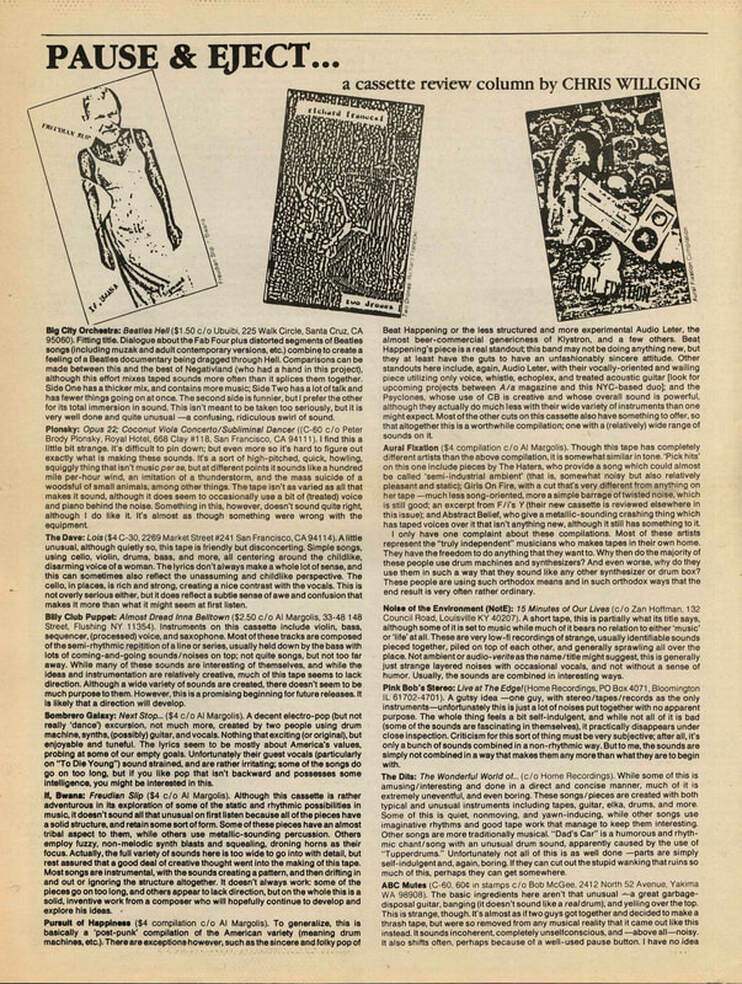
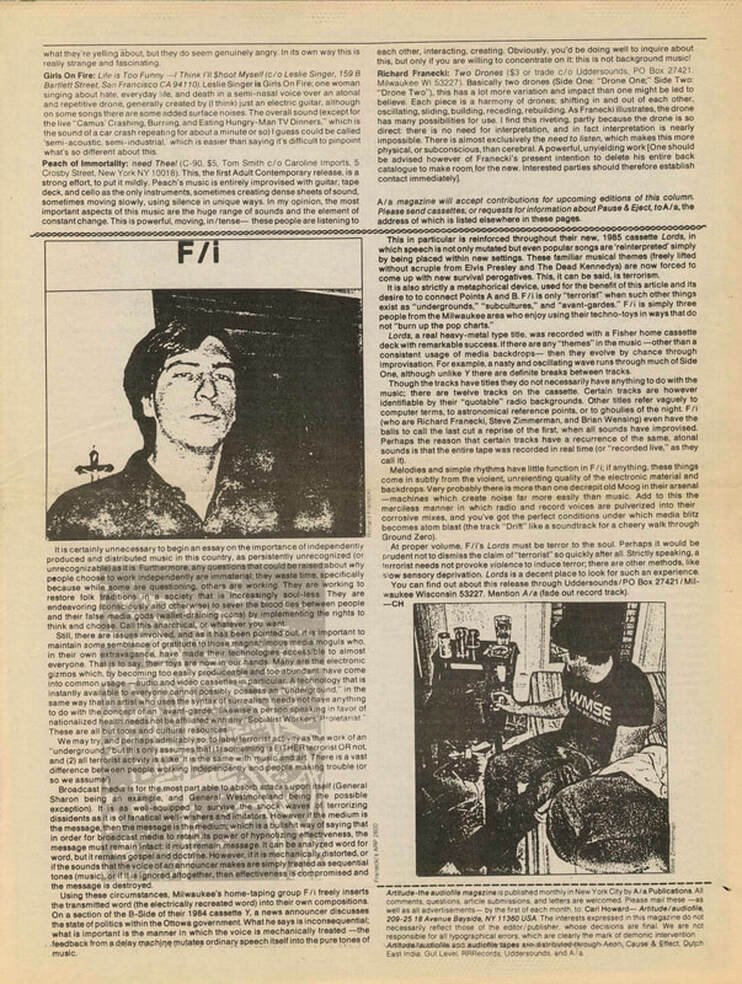
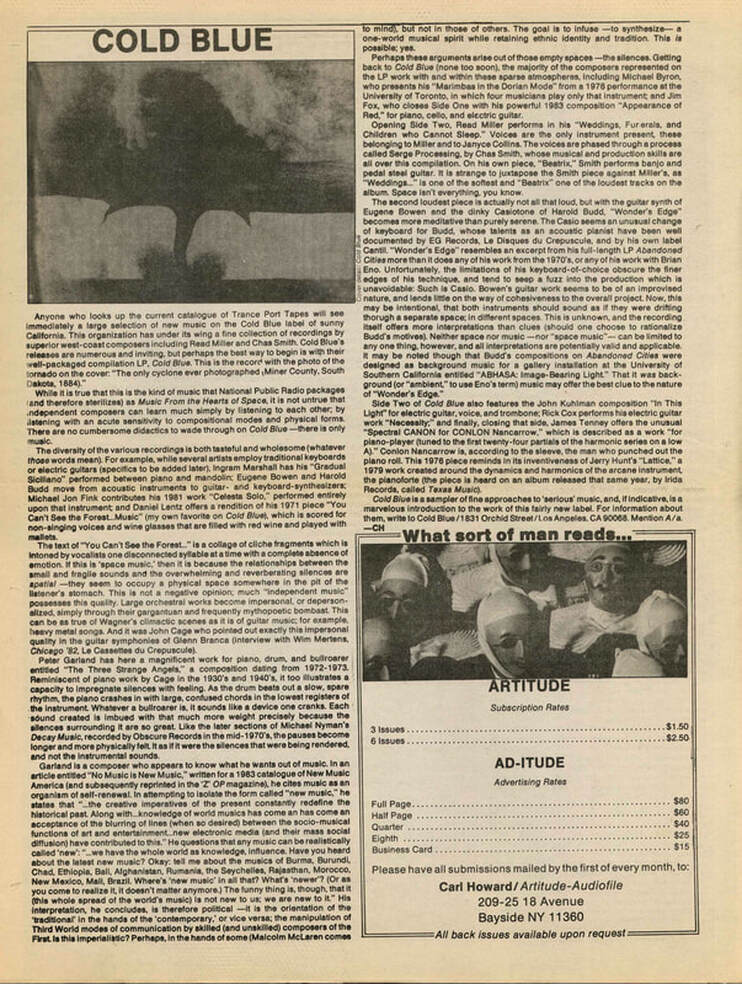
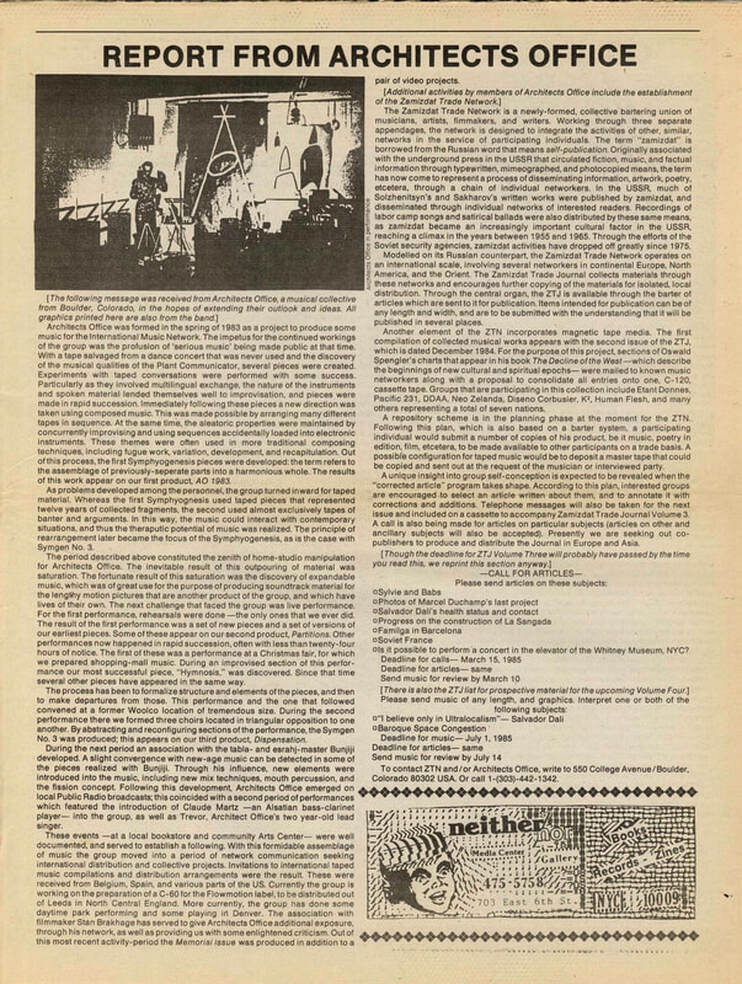
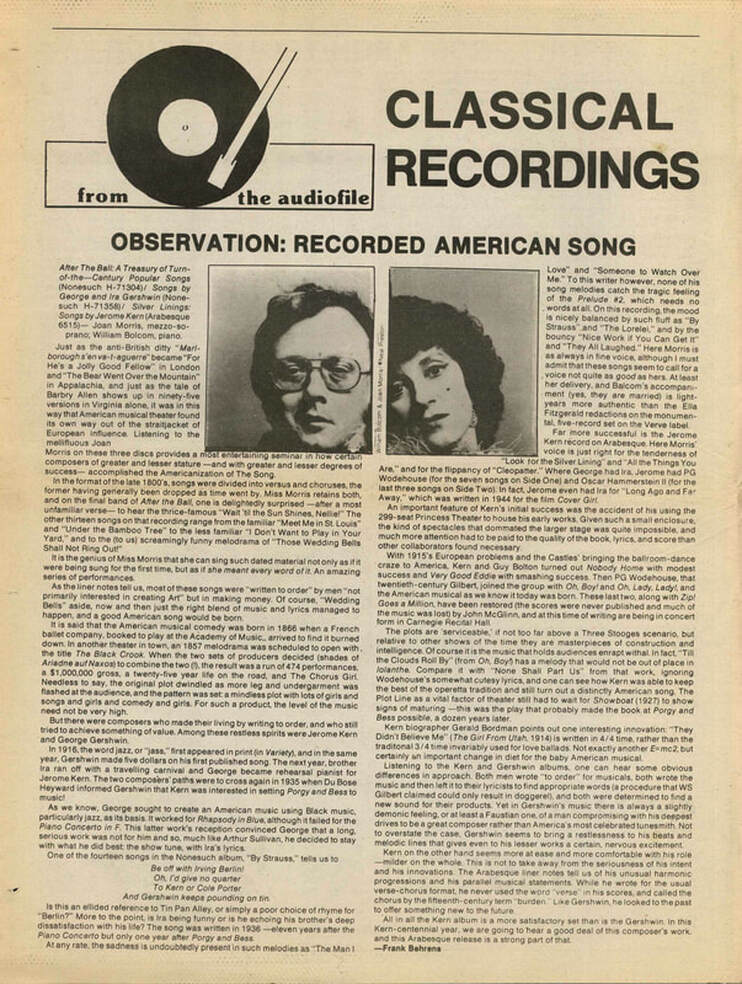
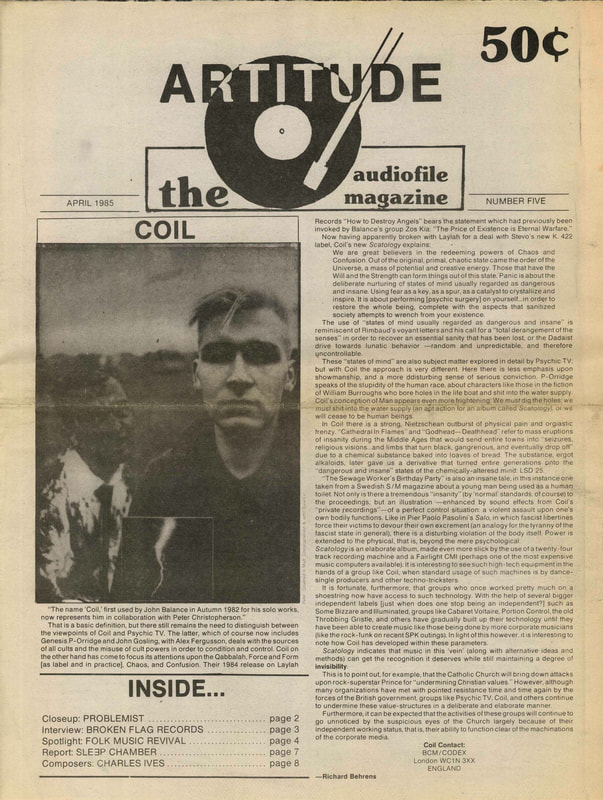
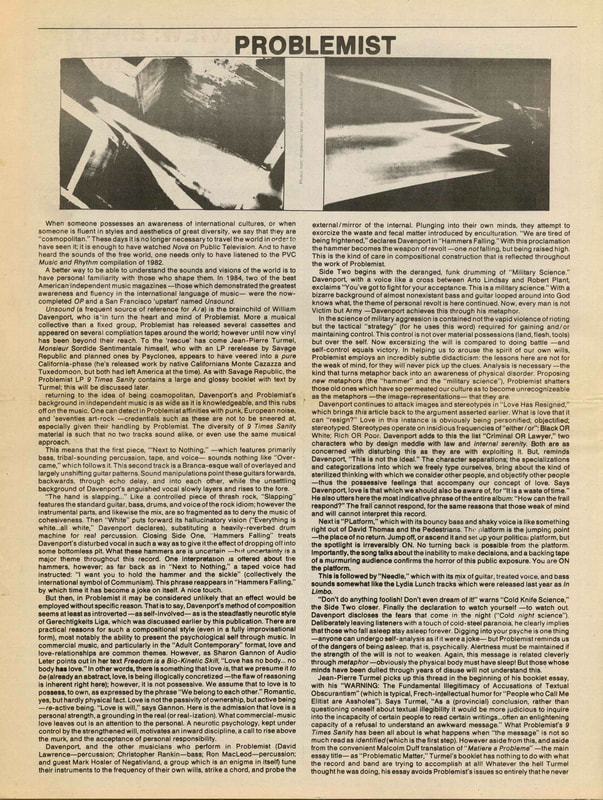
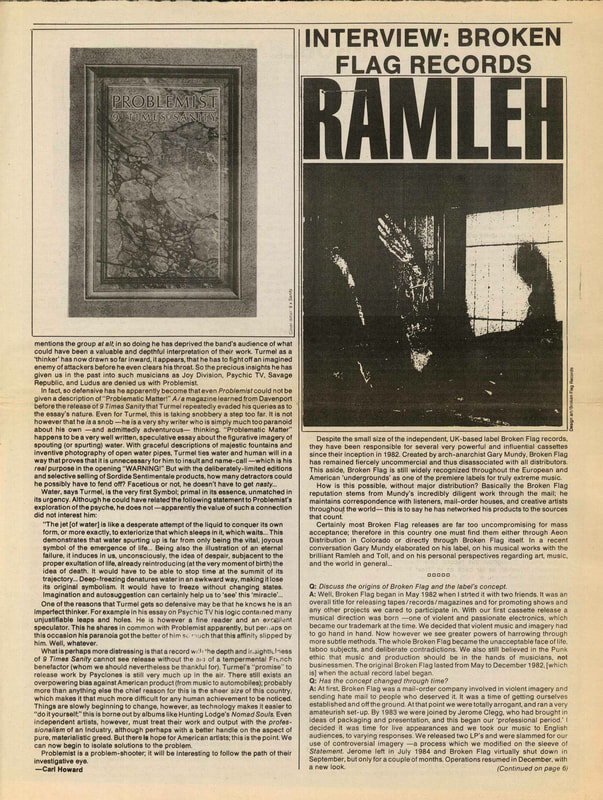
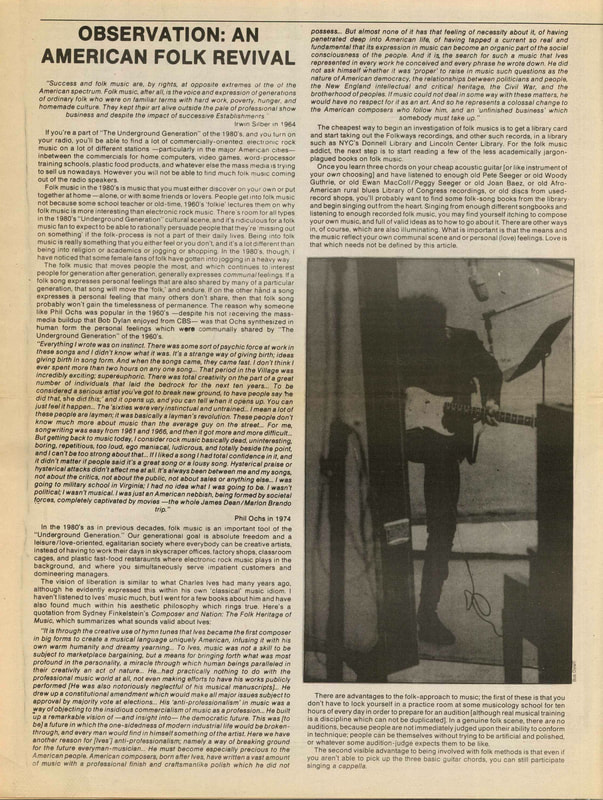
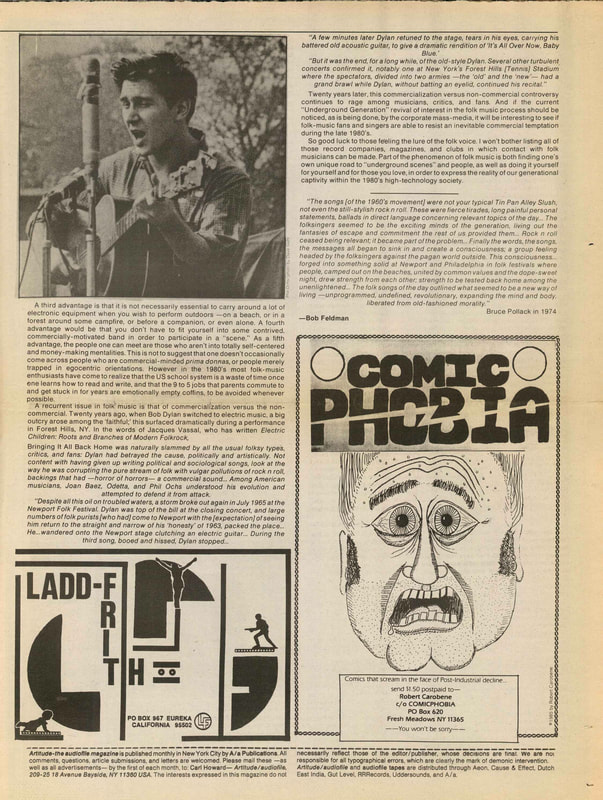
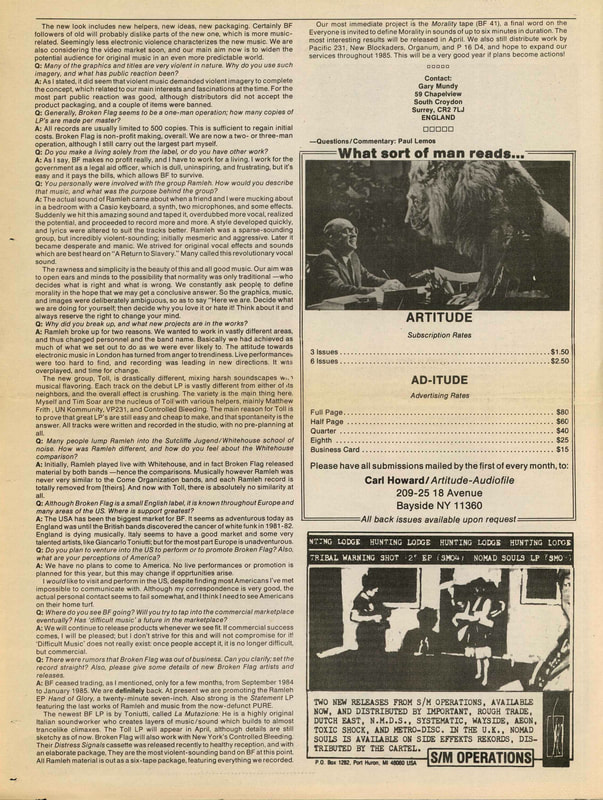
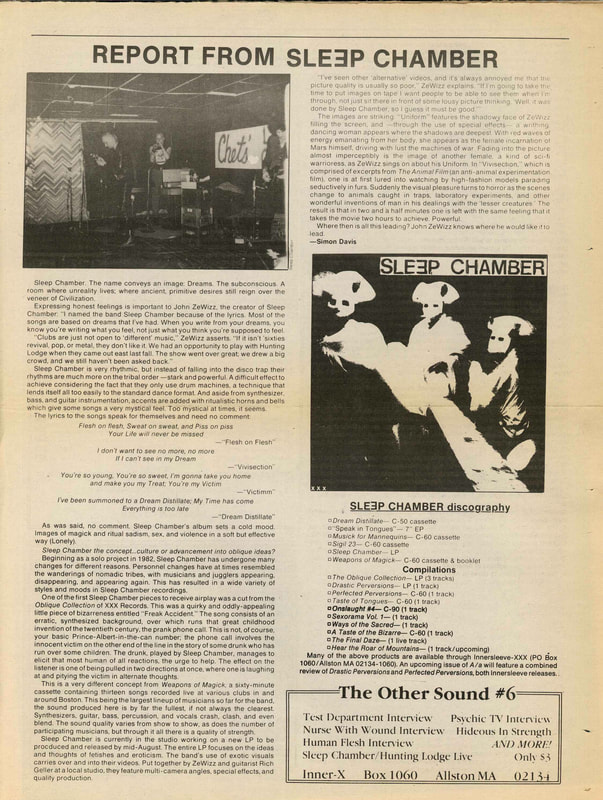
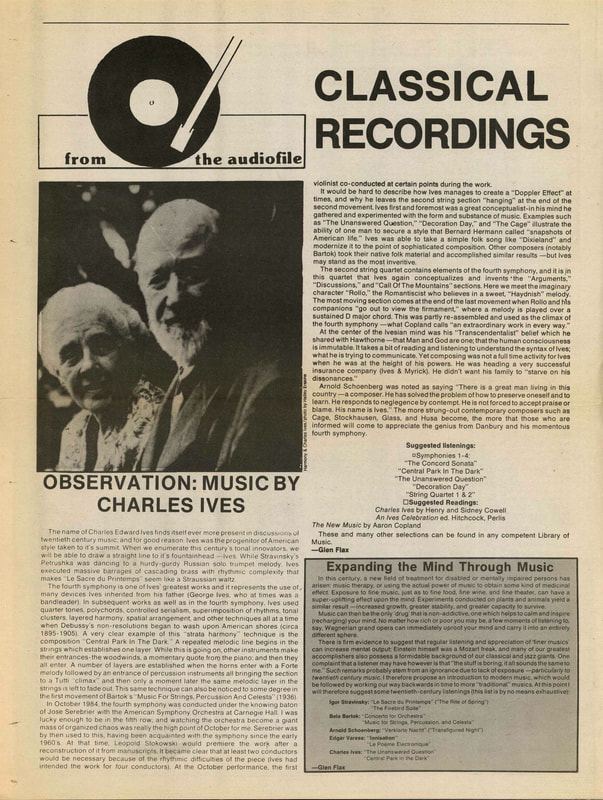
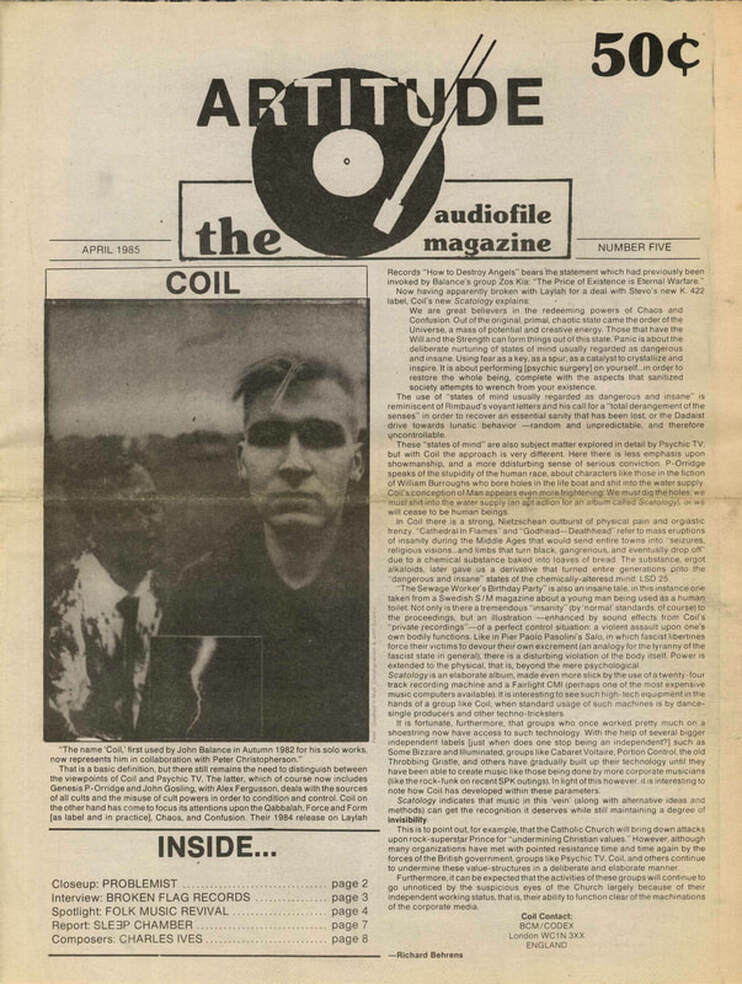
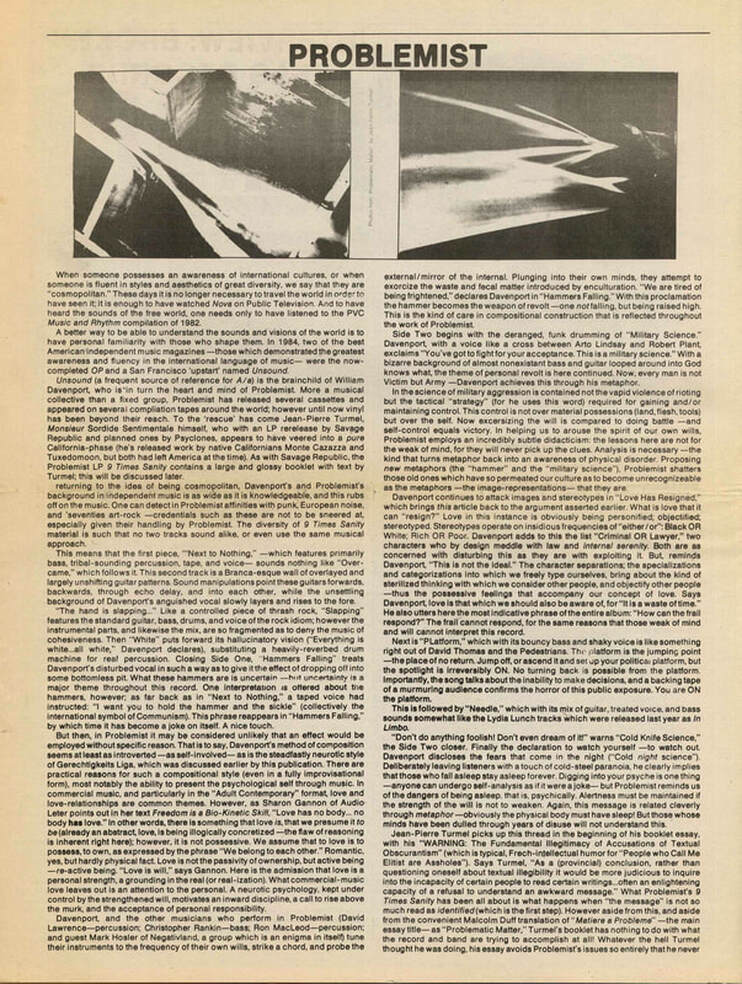
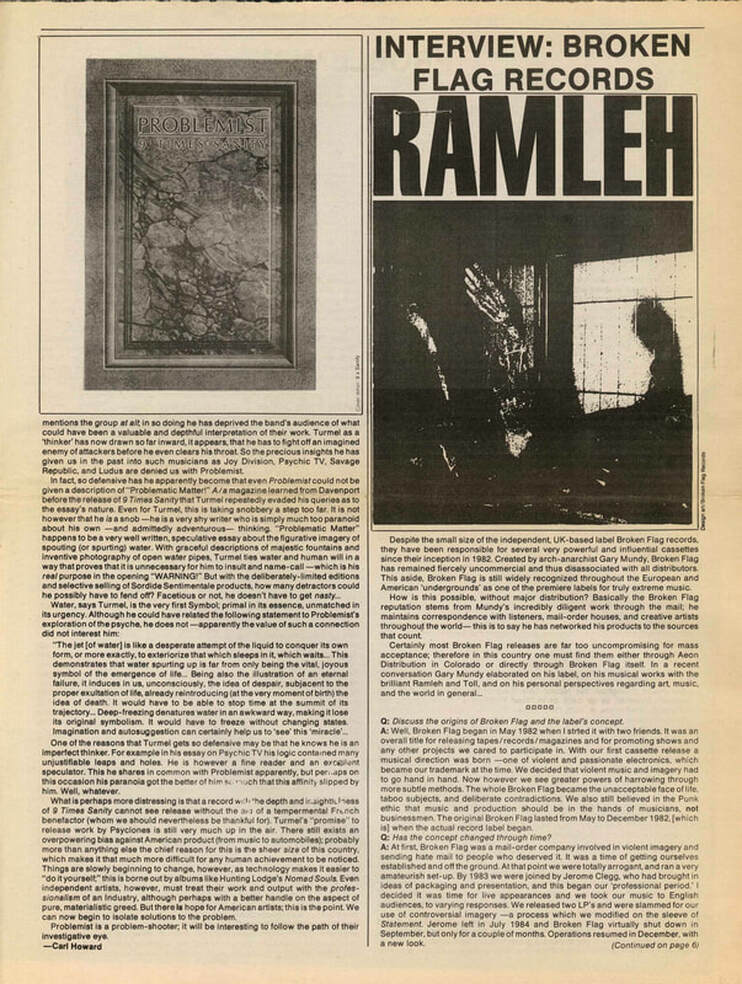
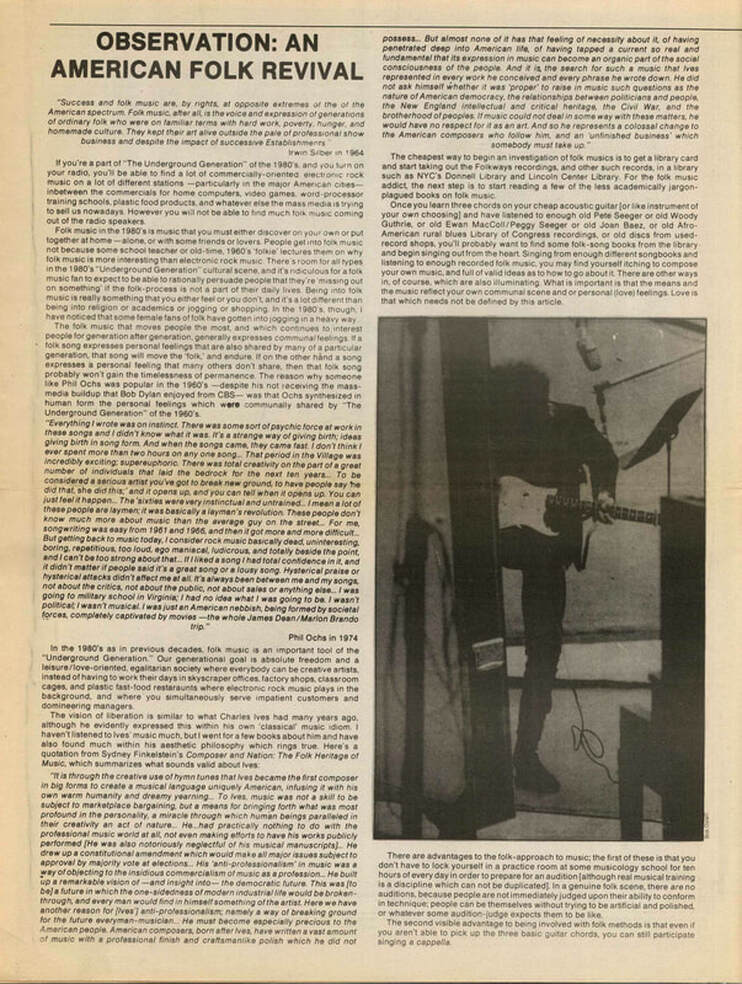
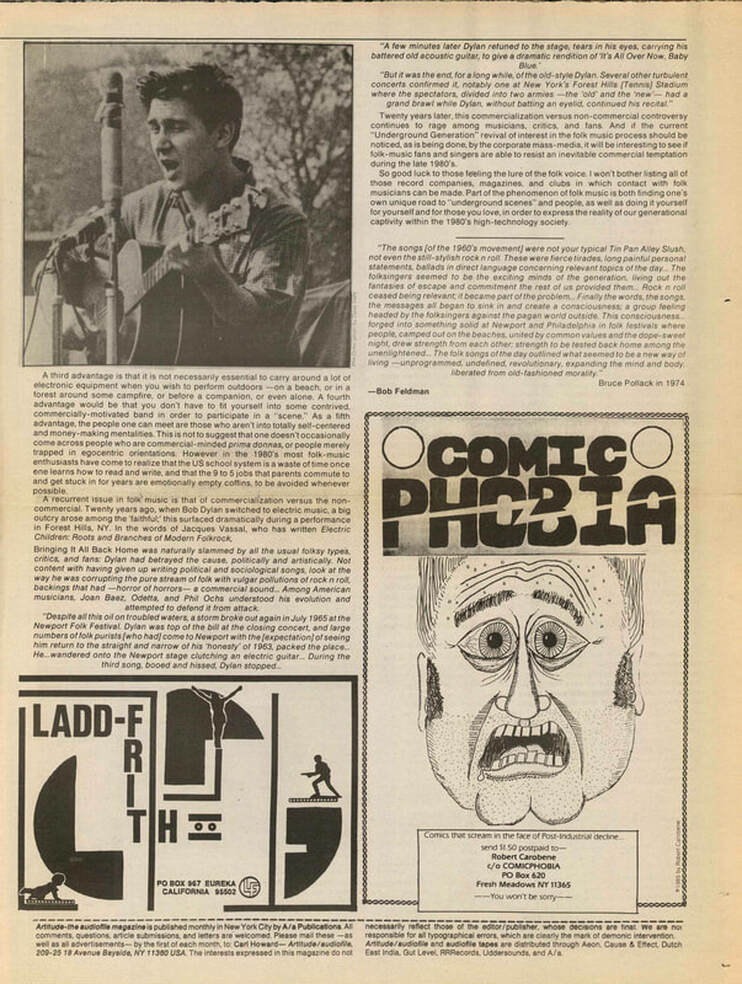
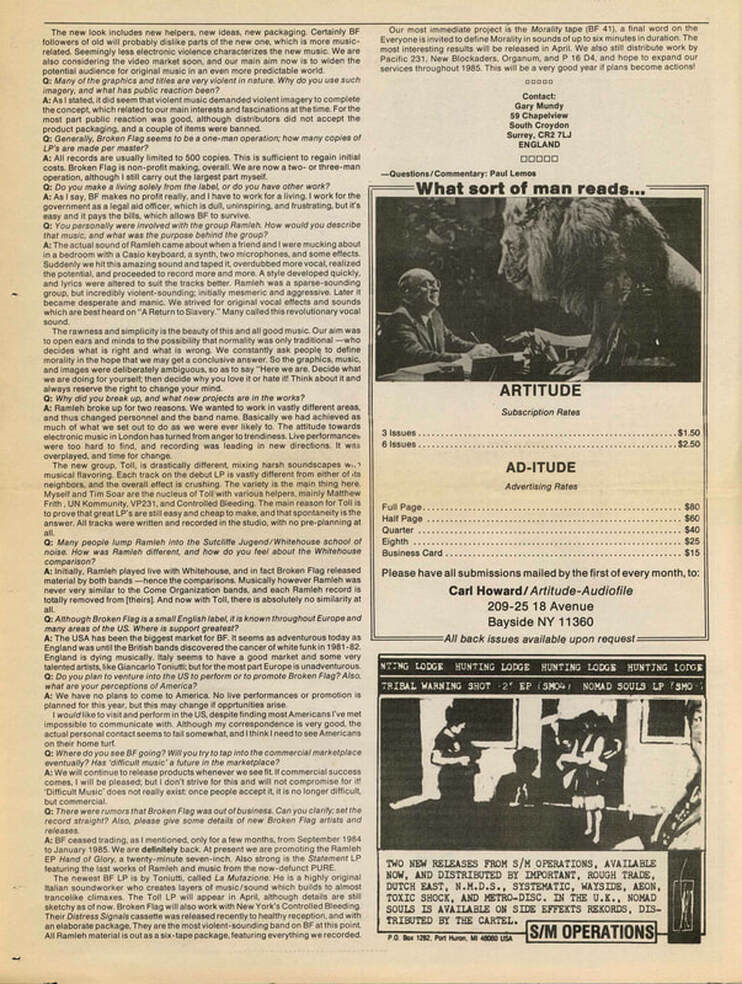
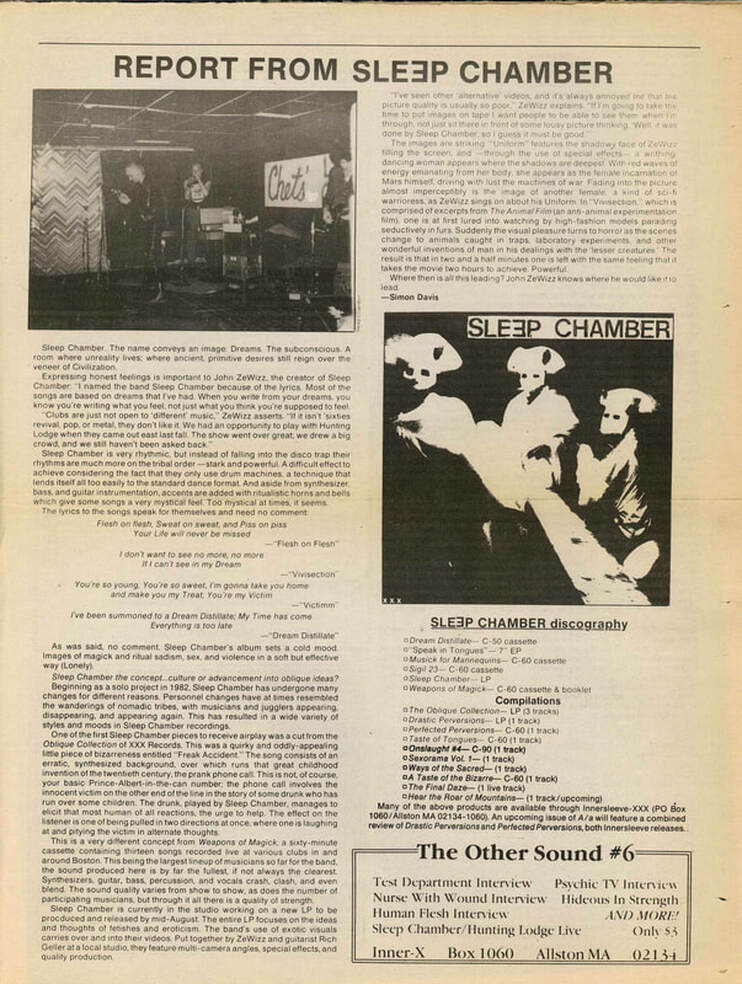
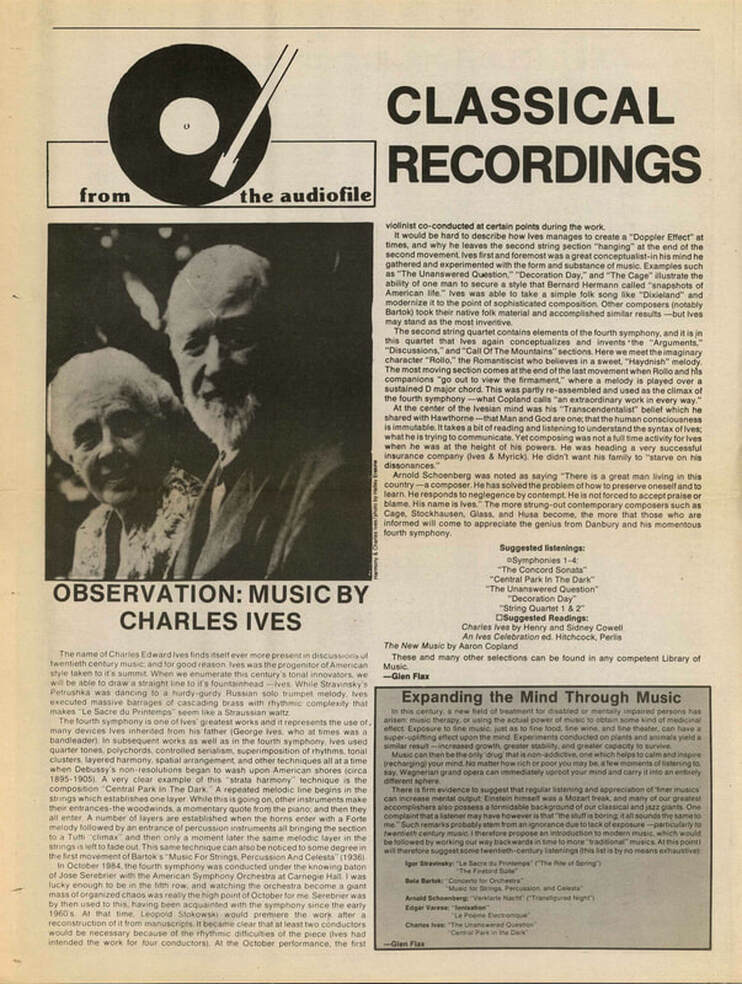
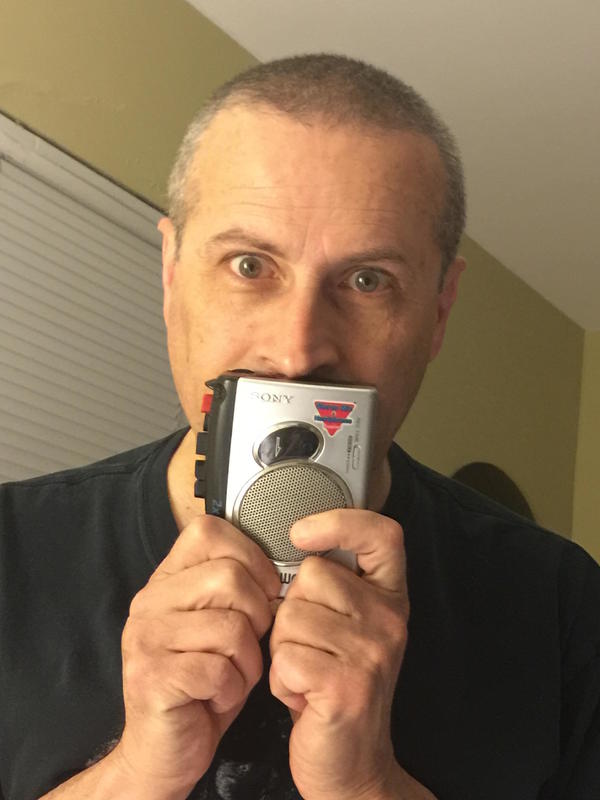
 RSS Feed
RSS Feed